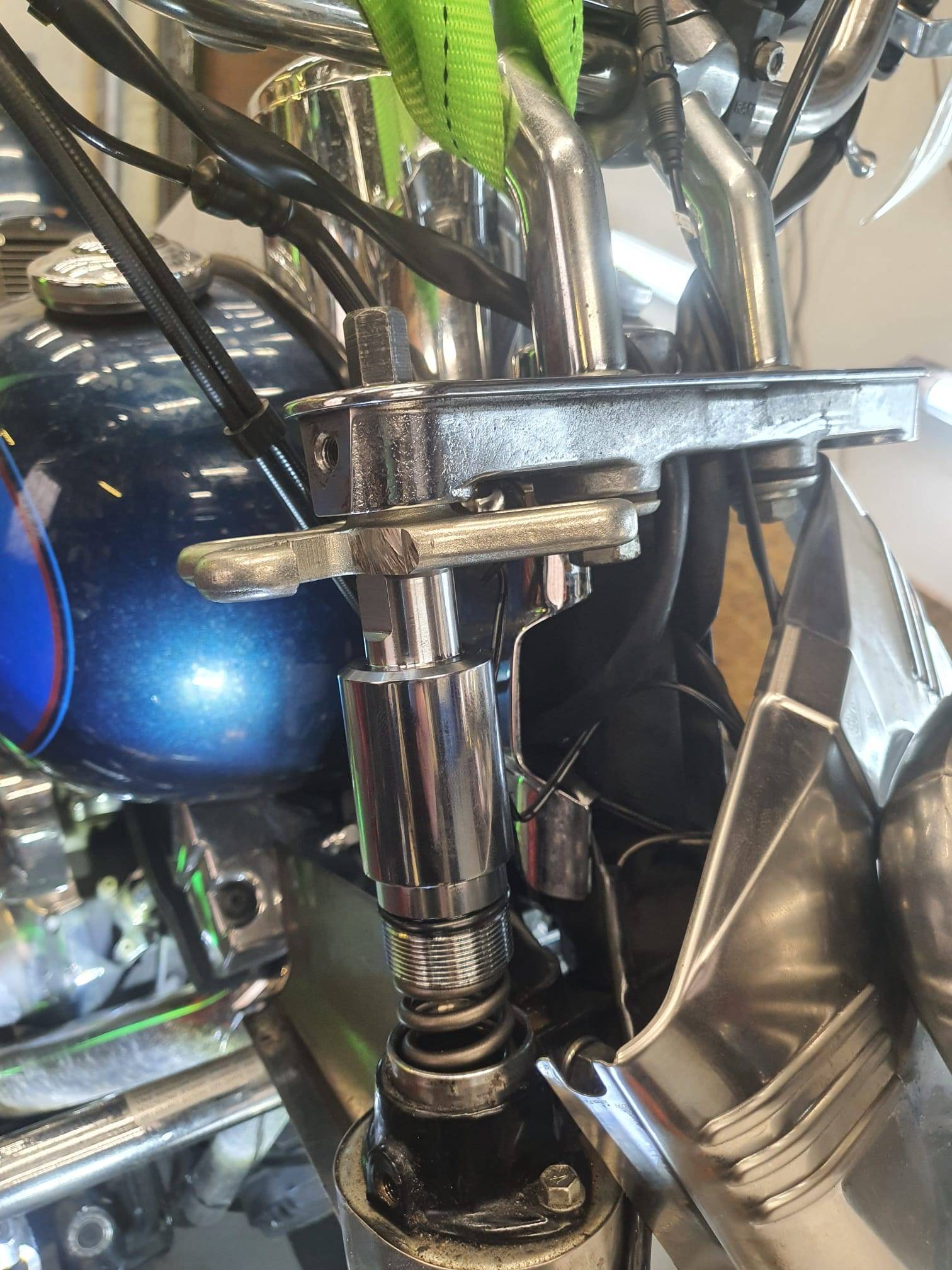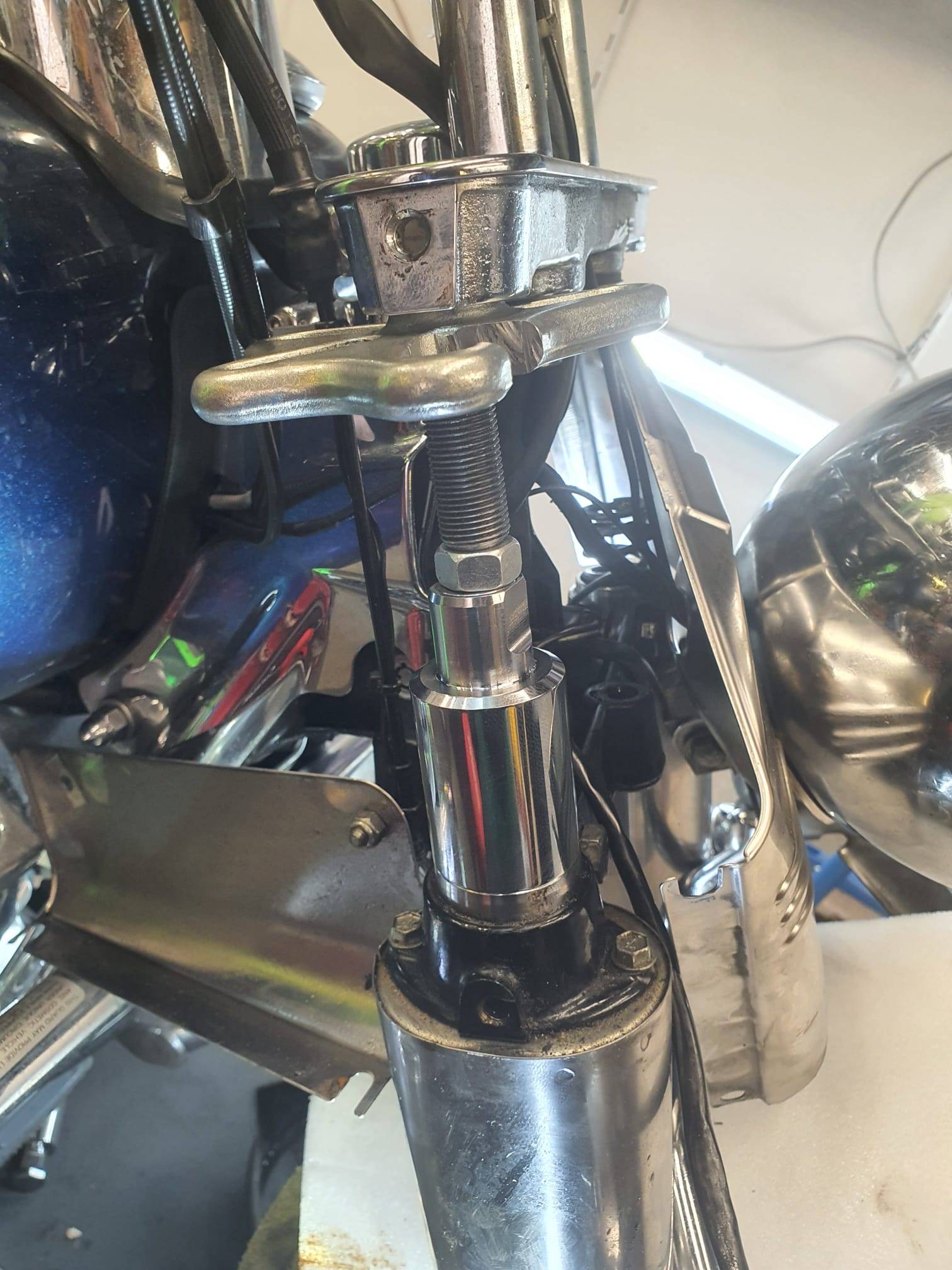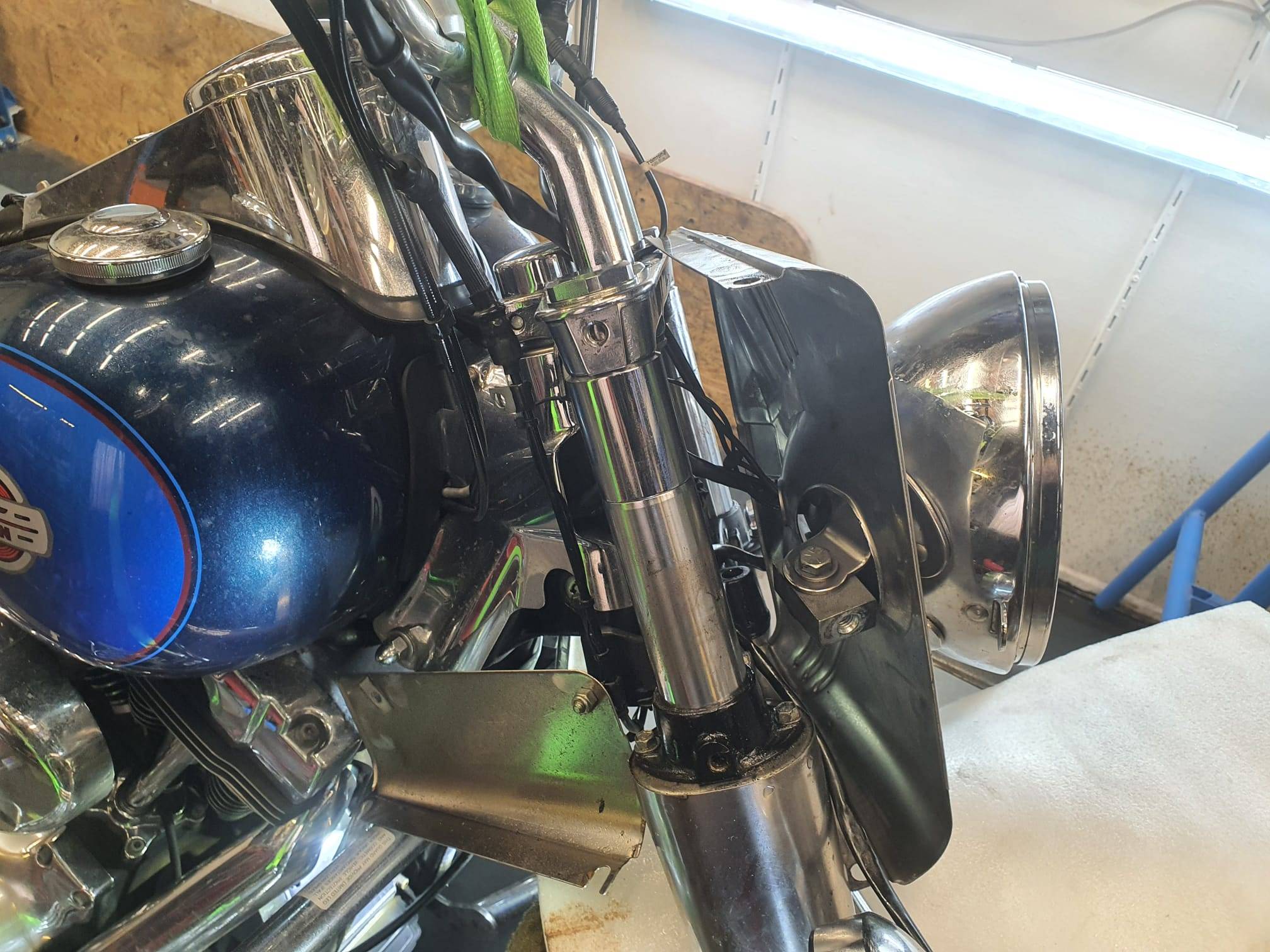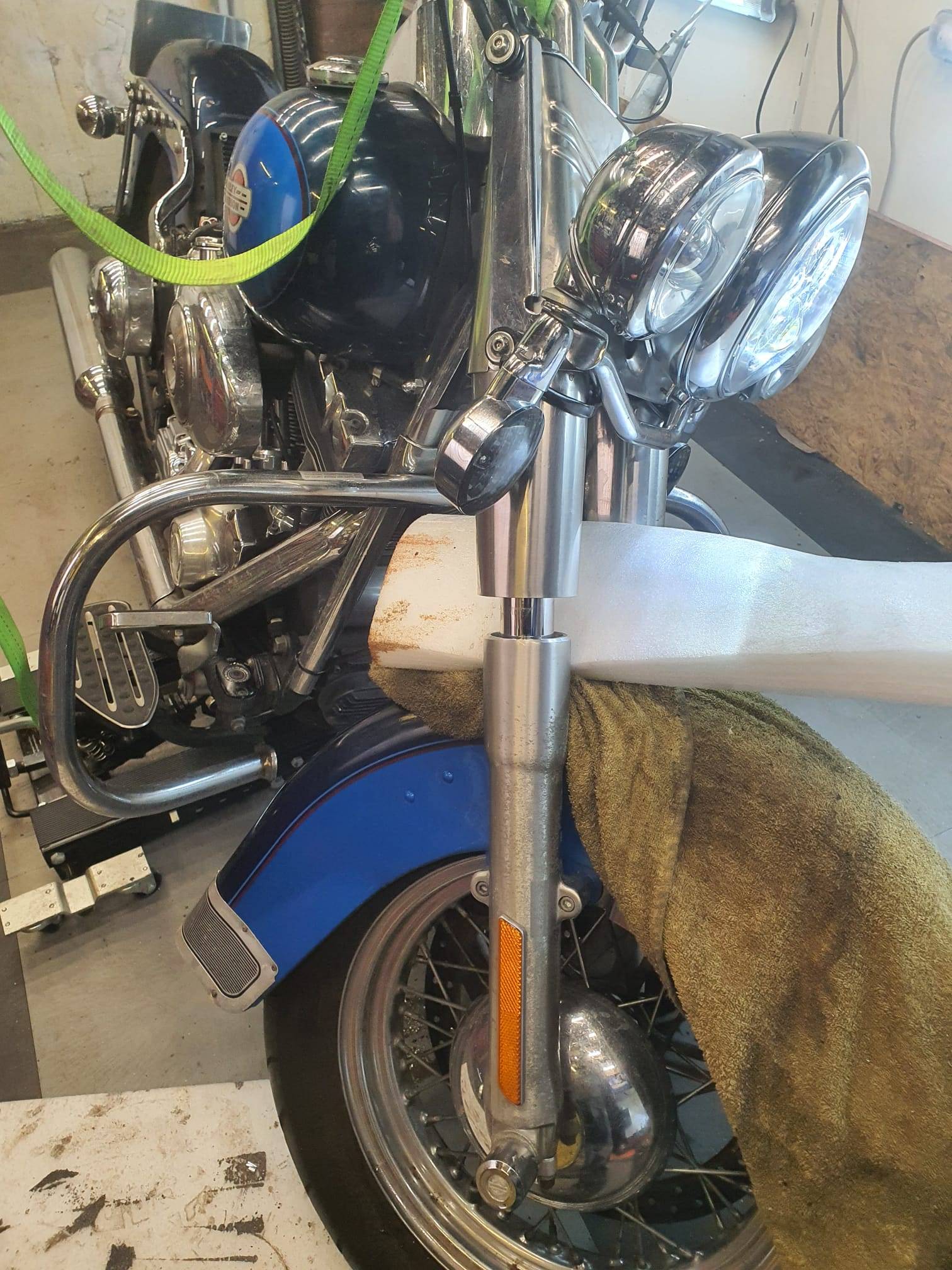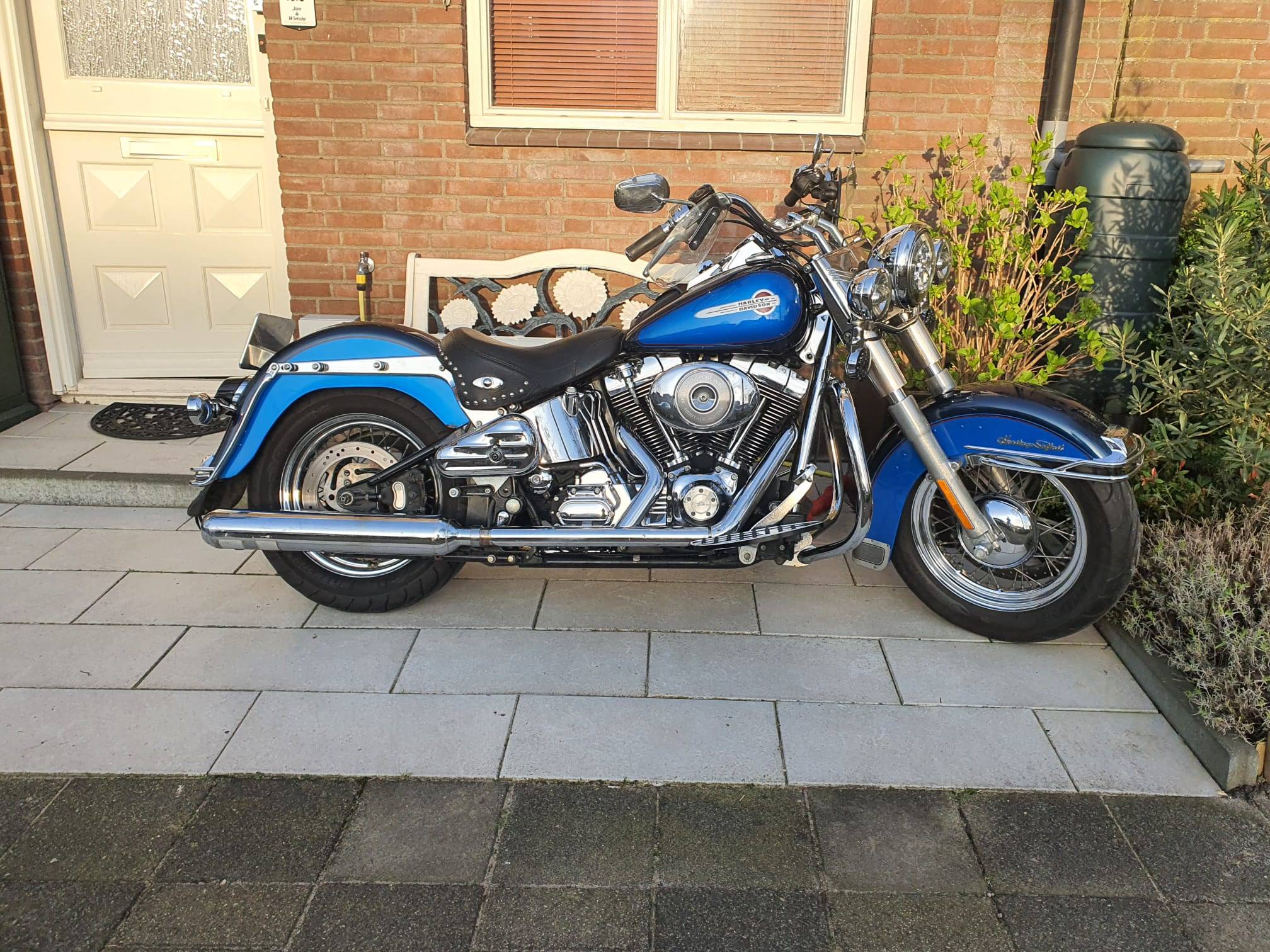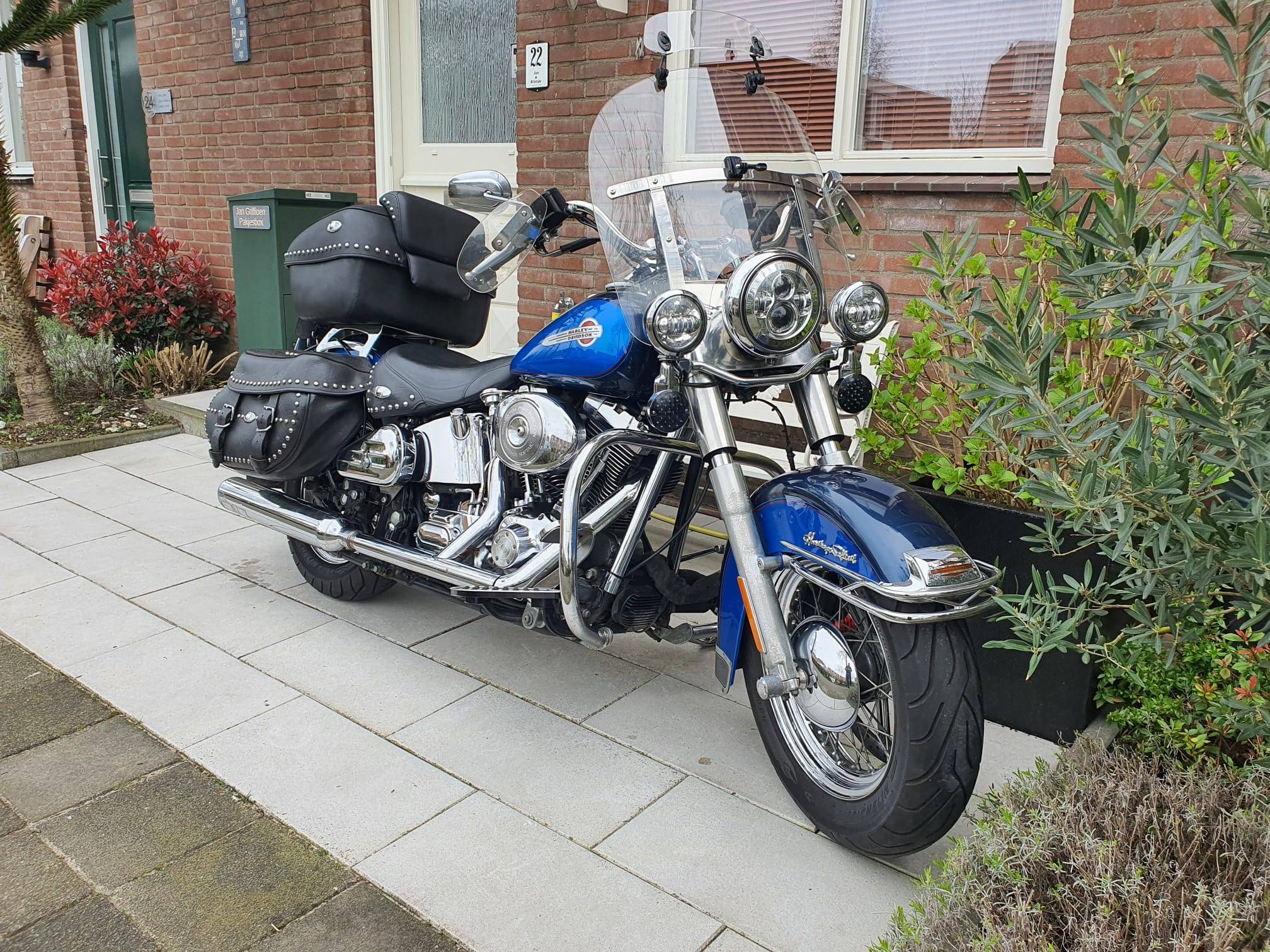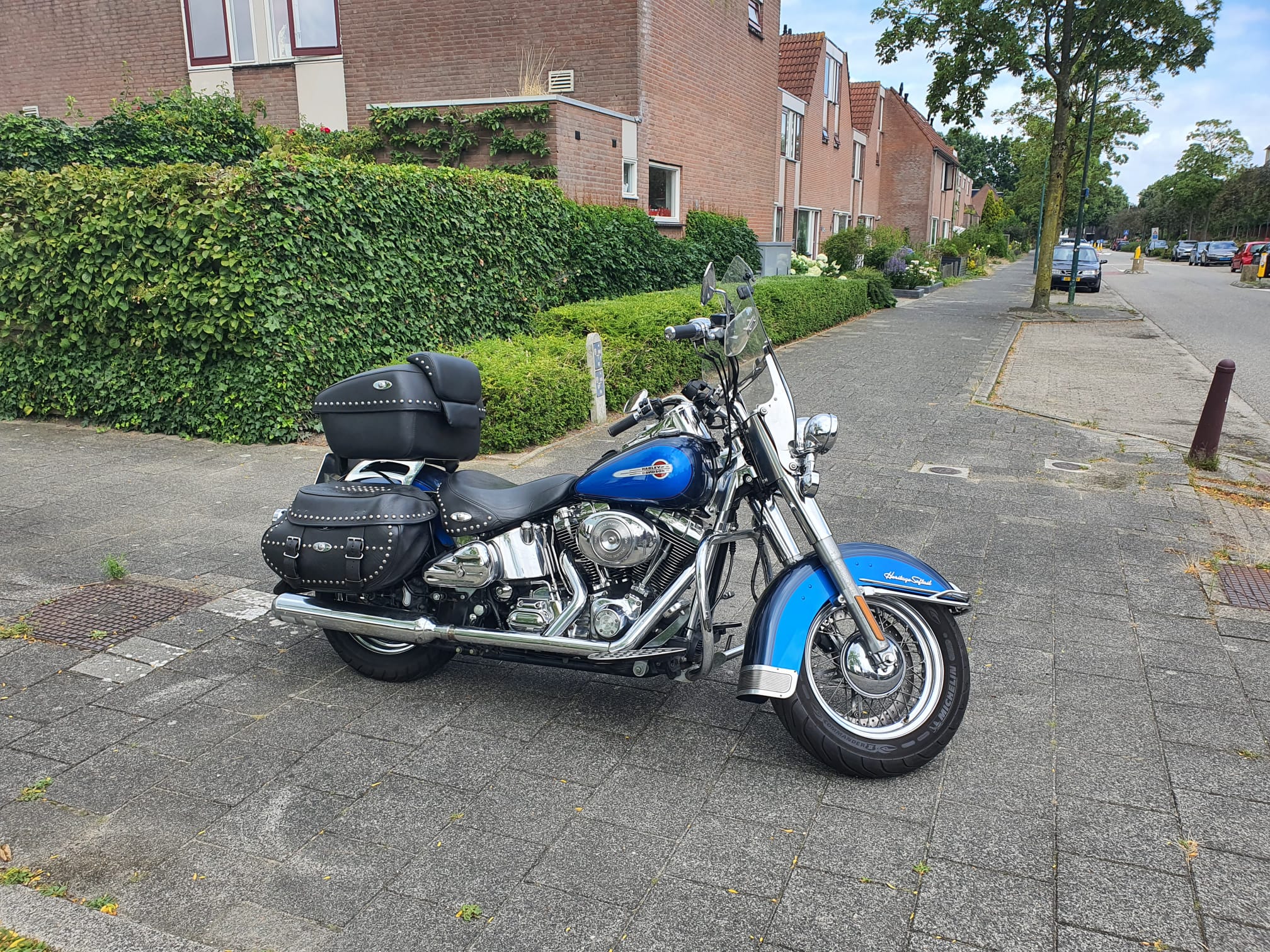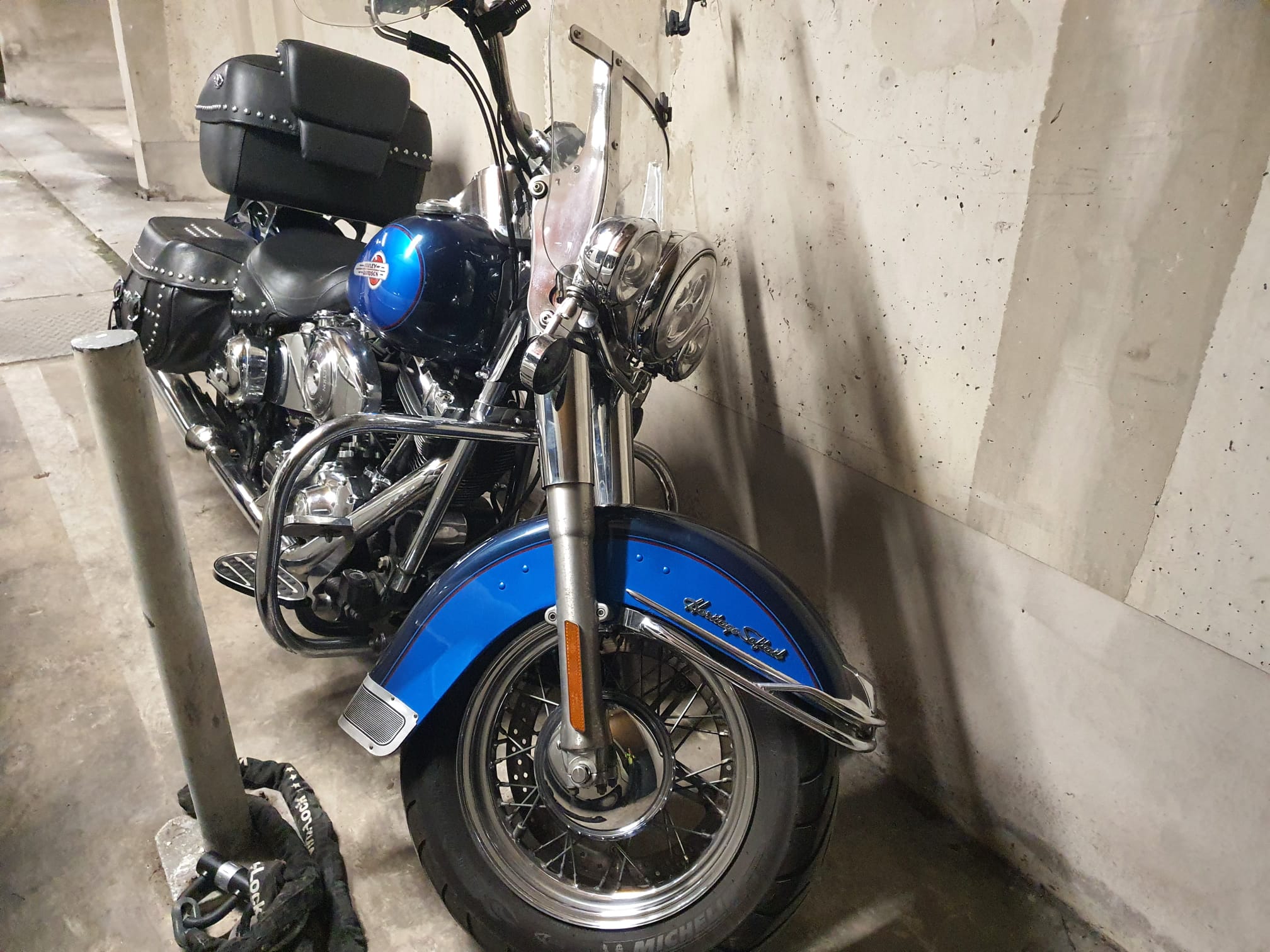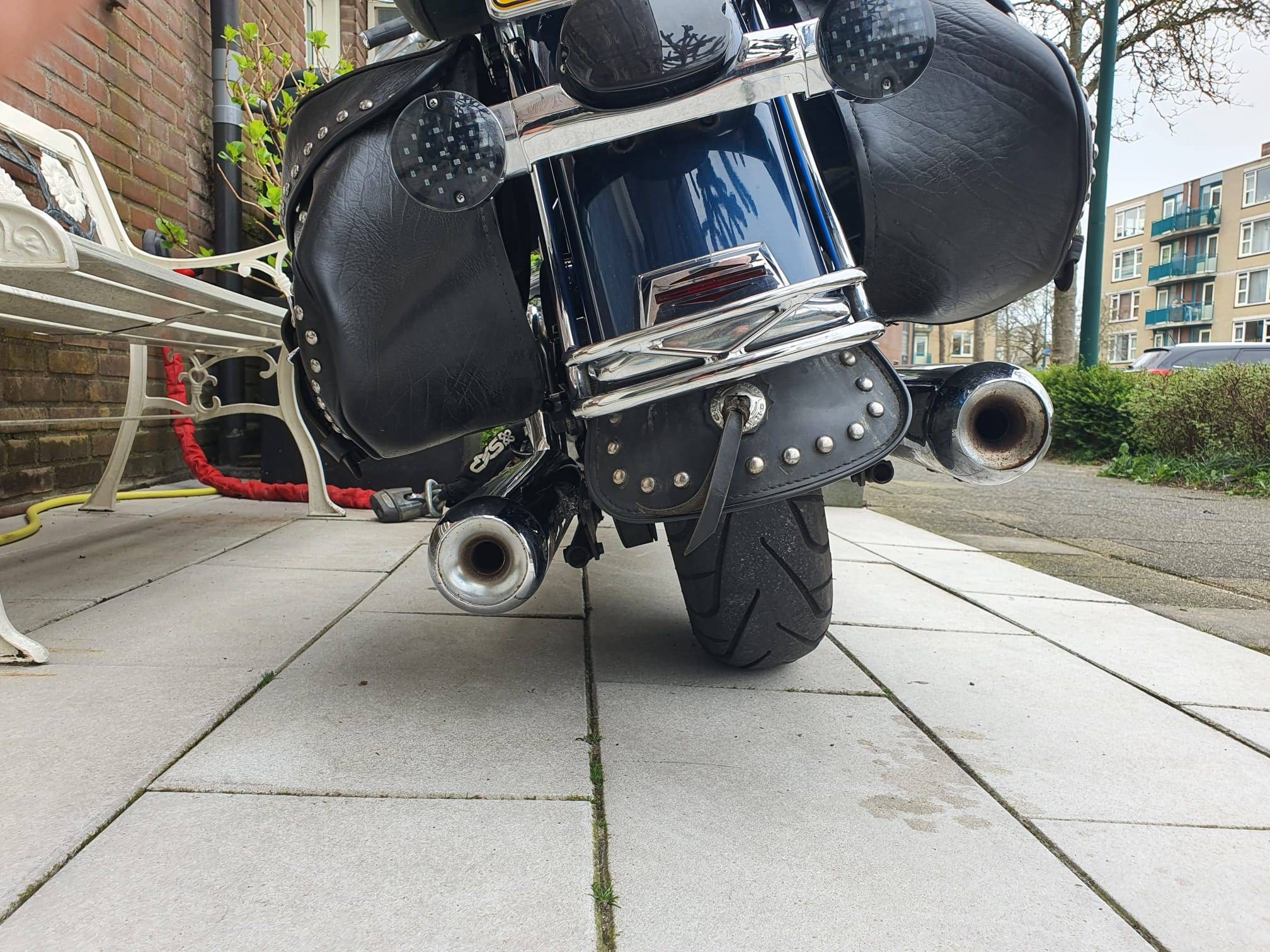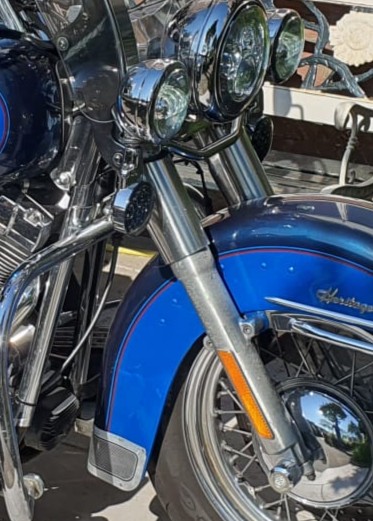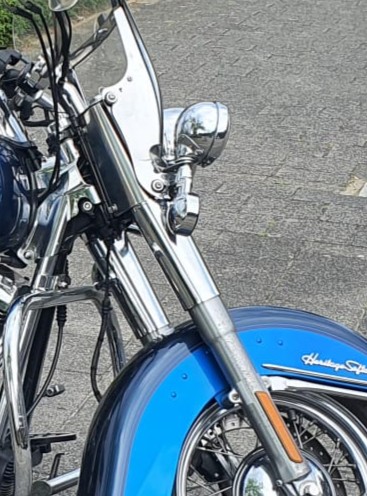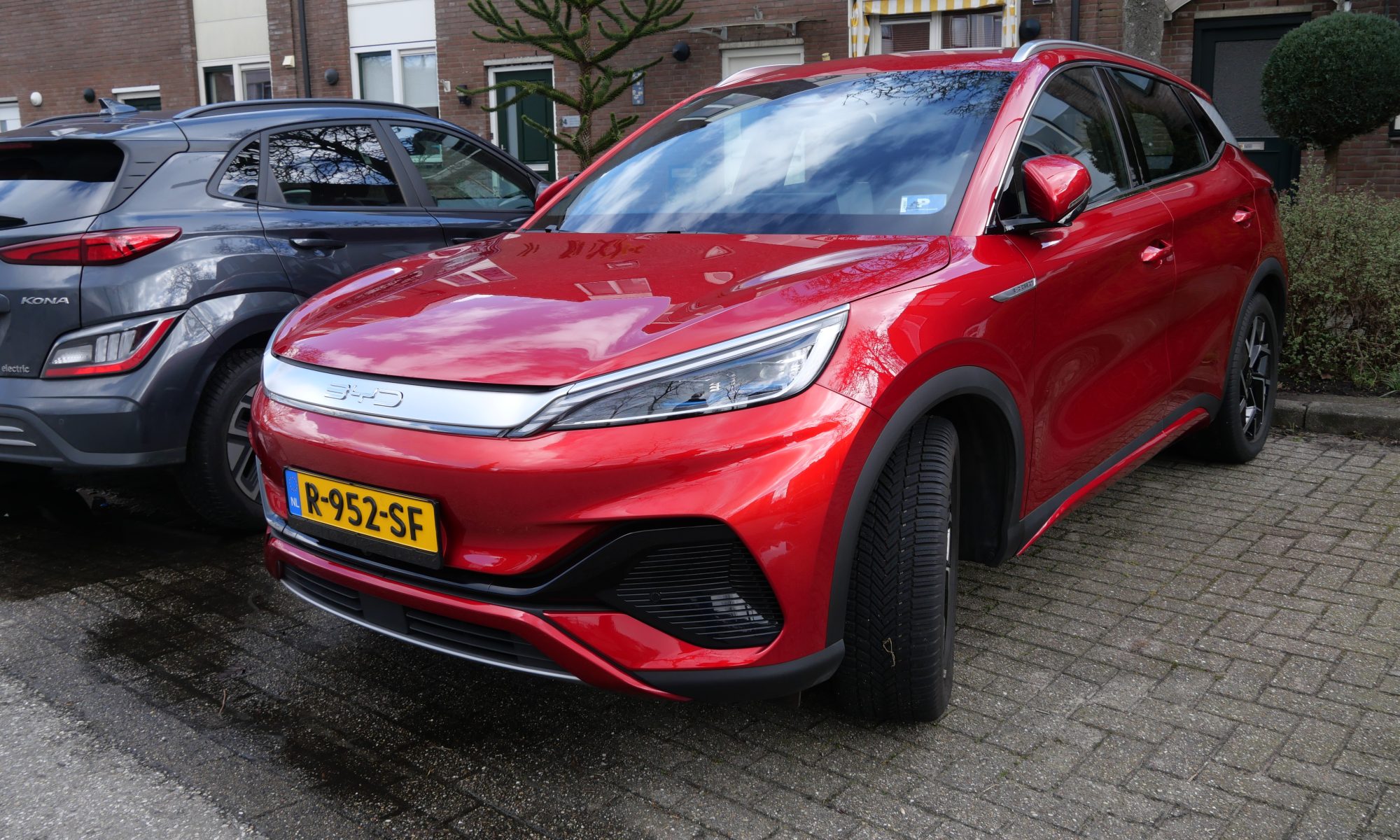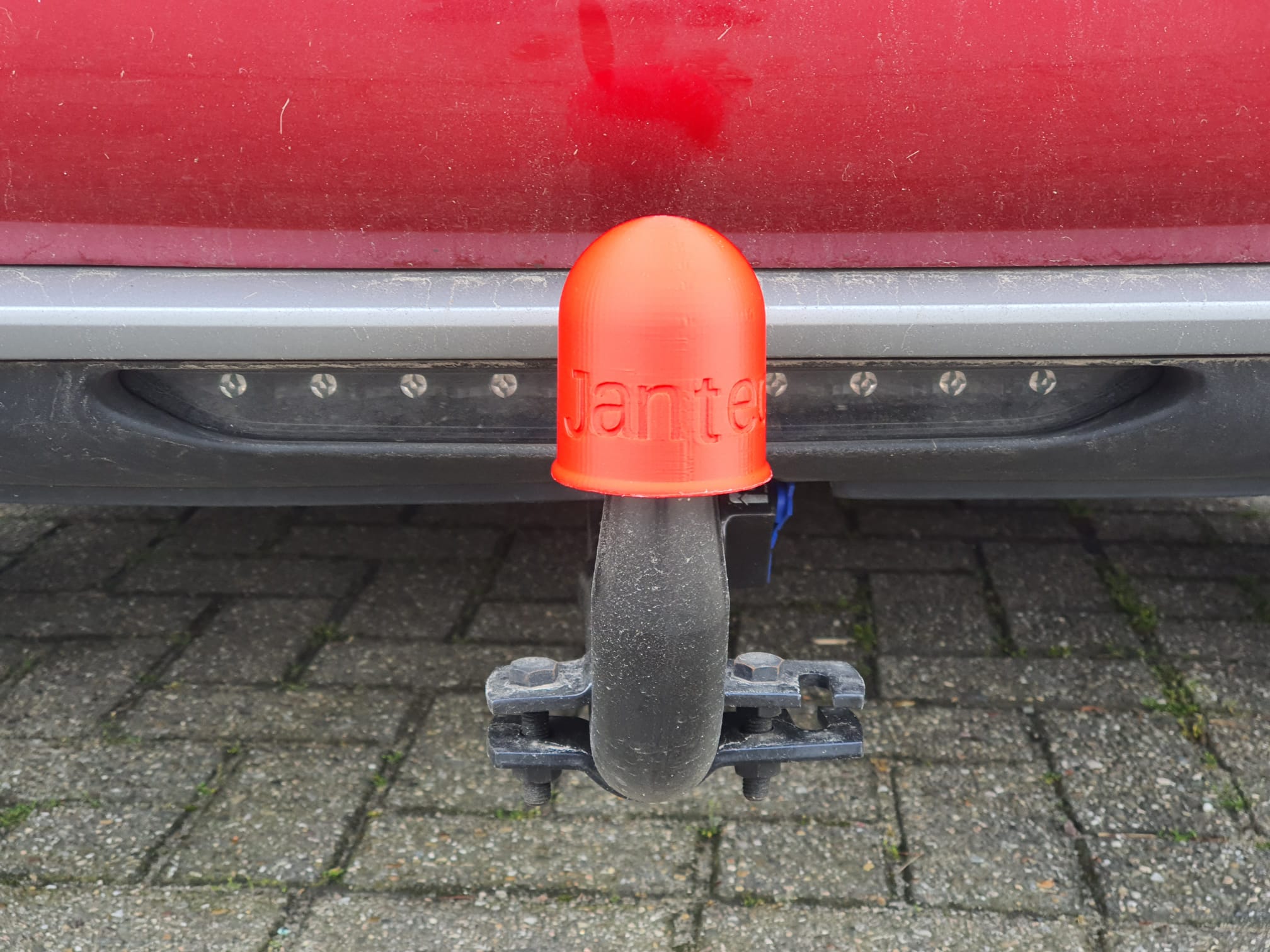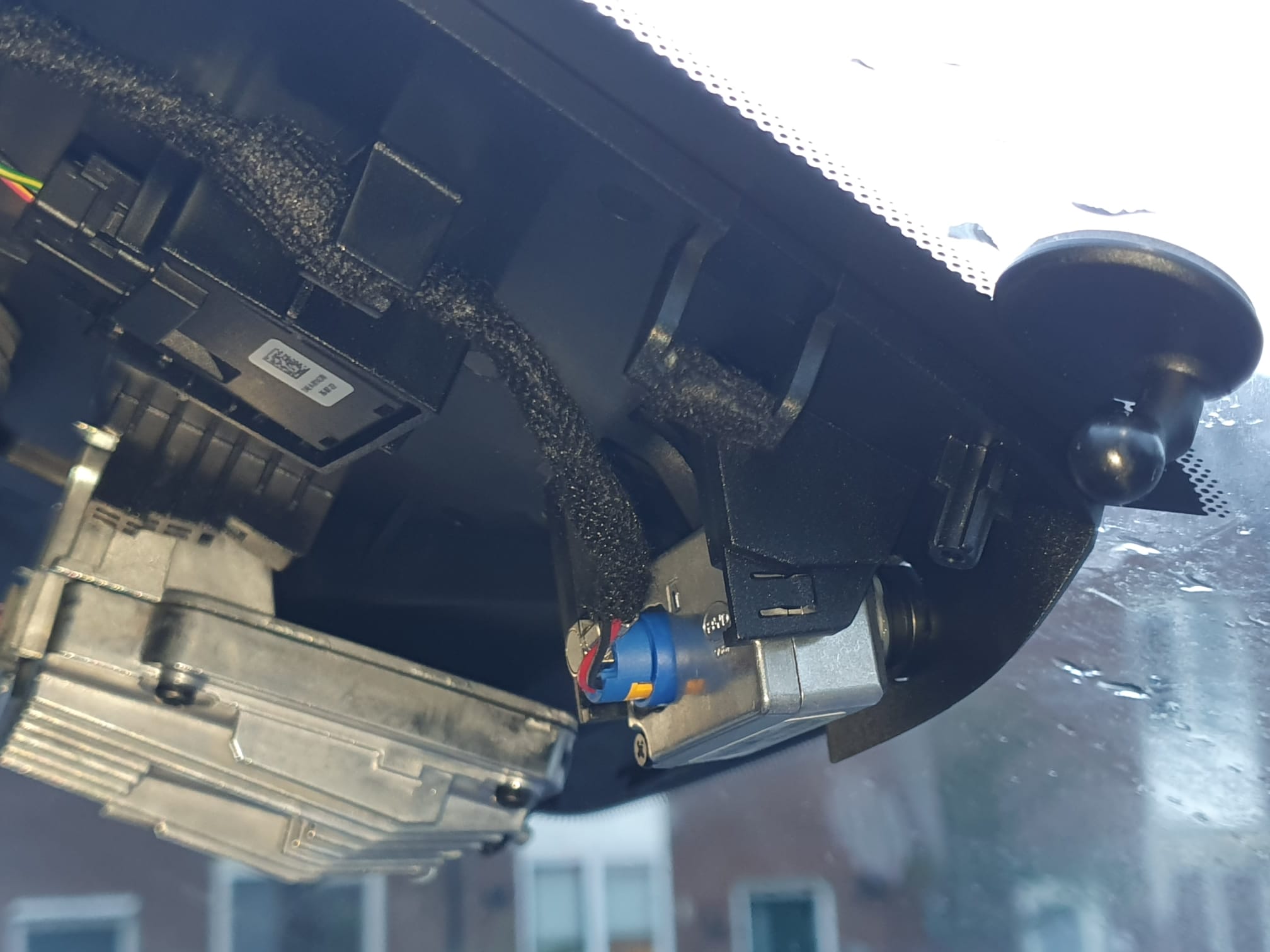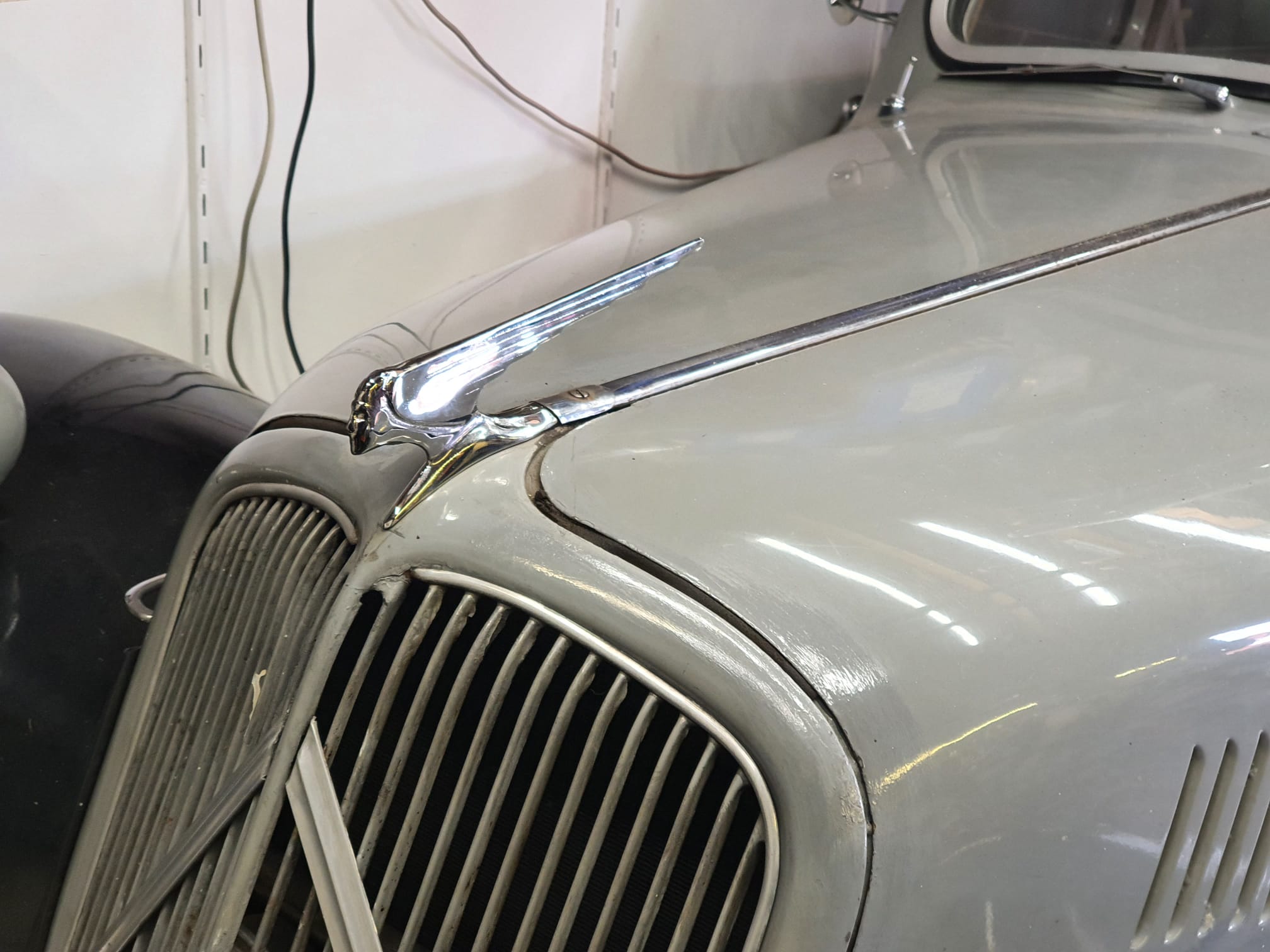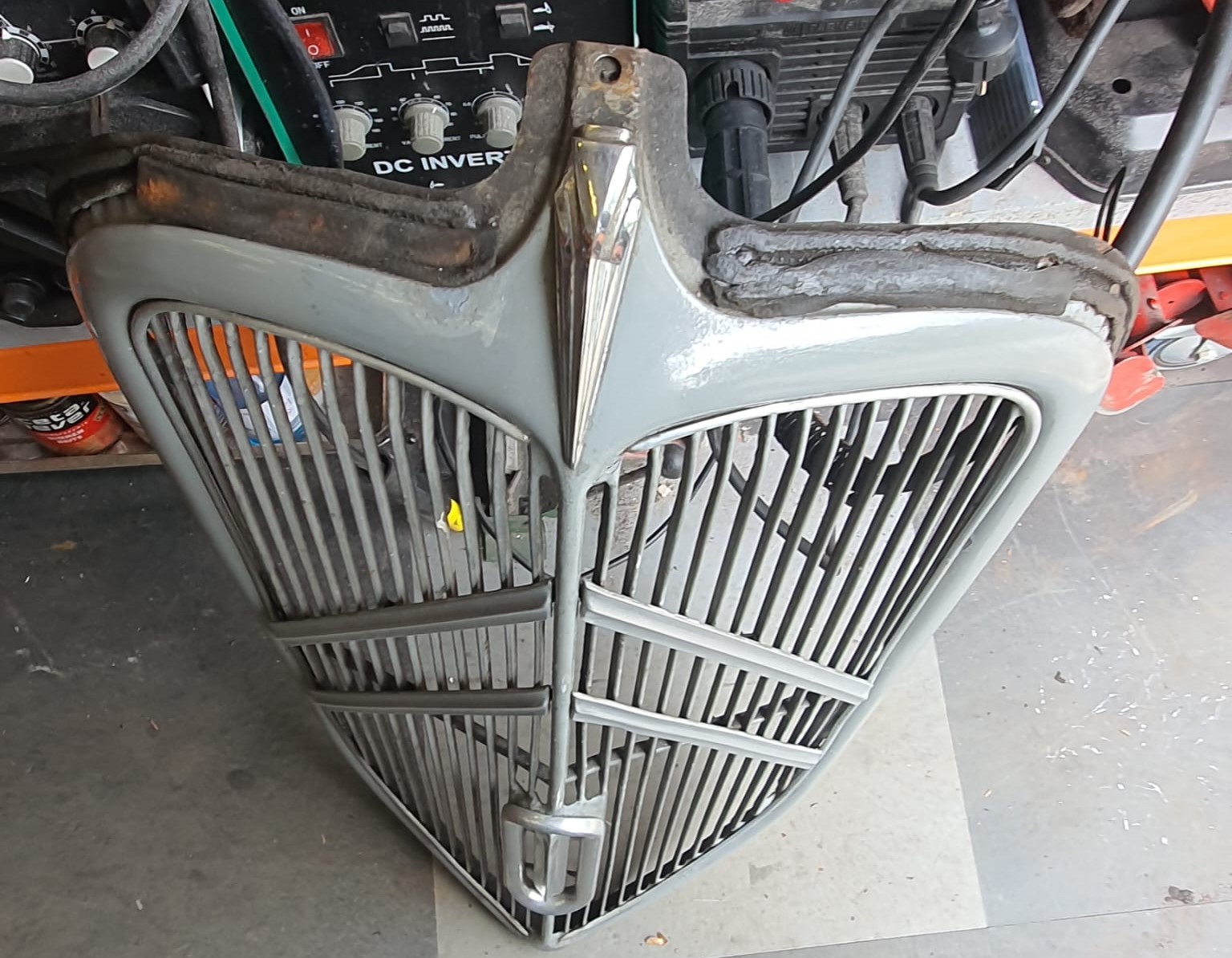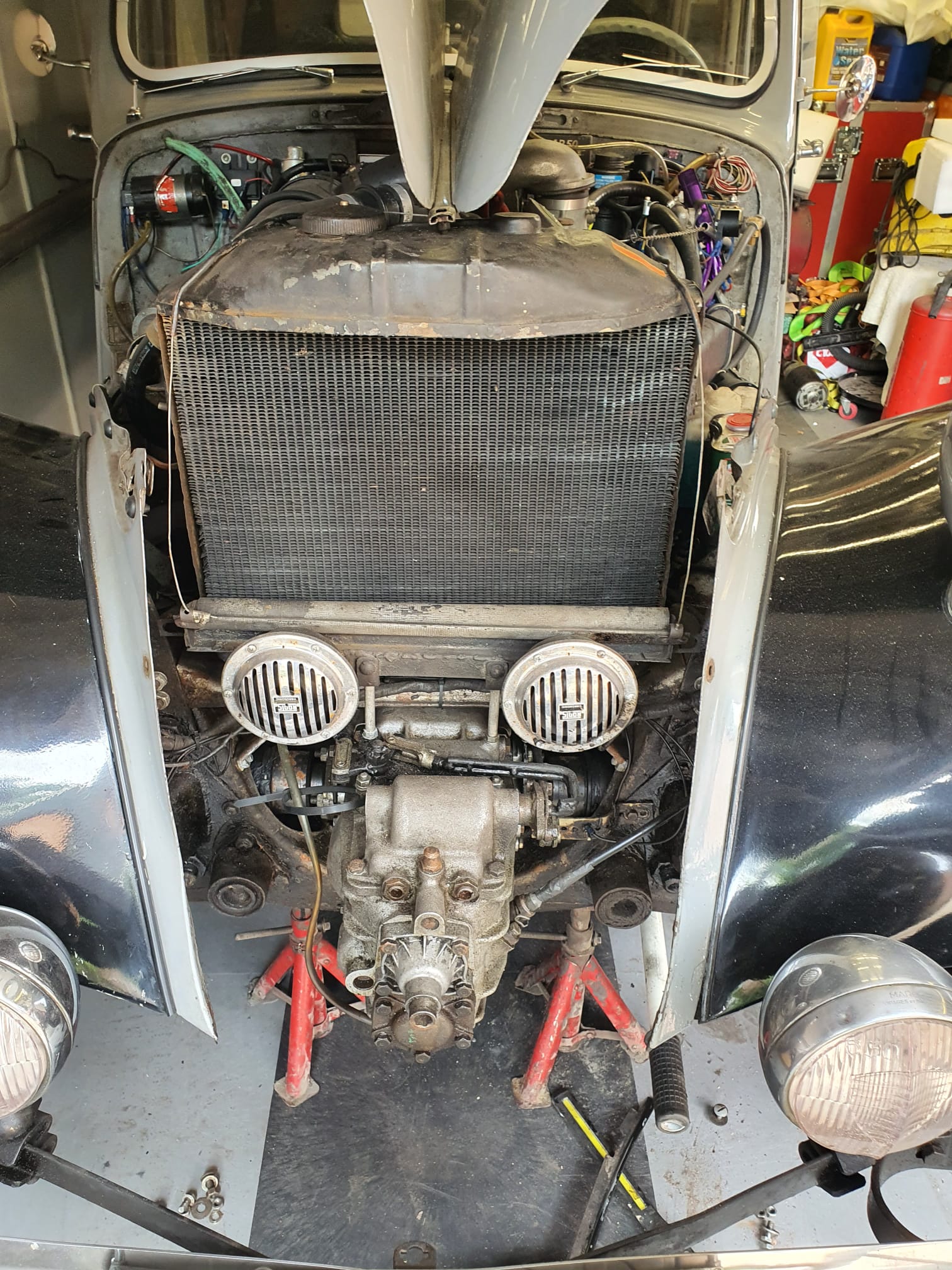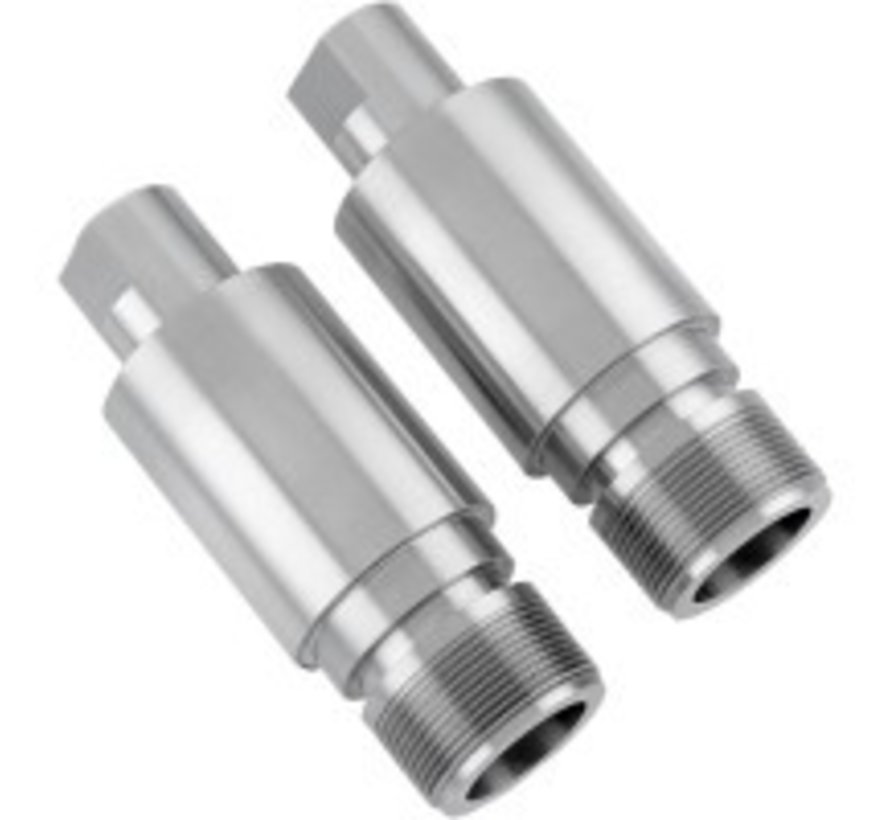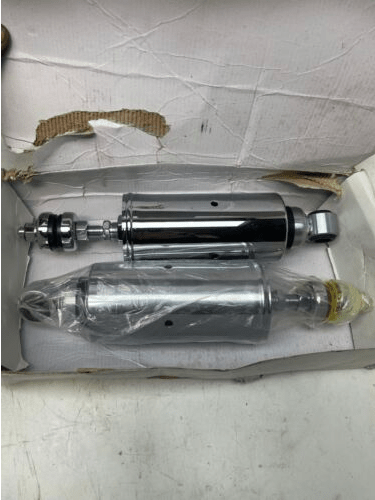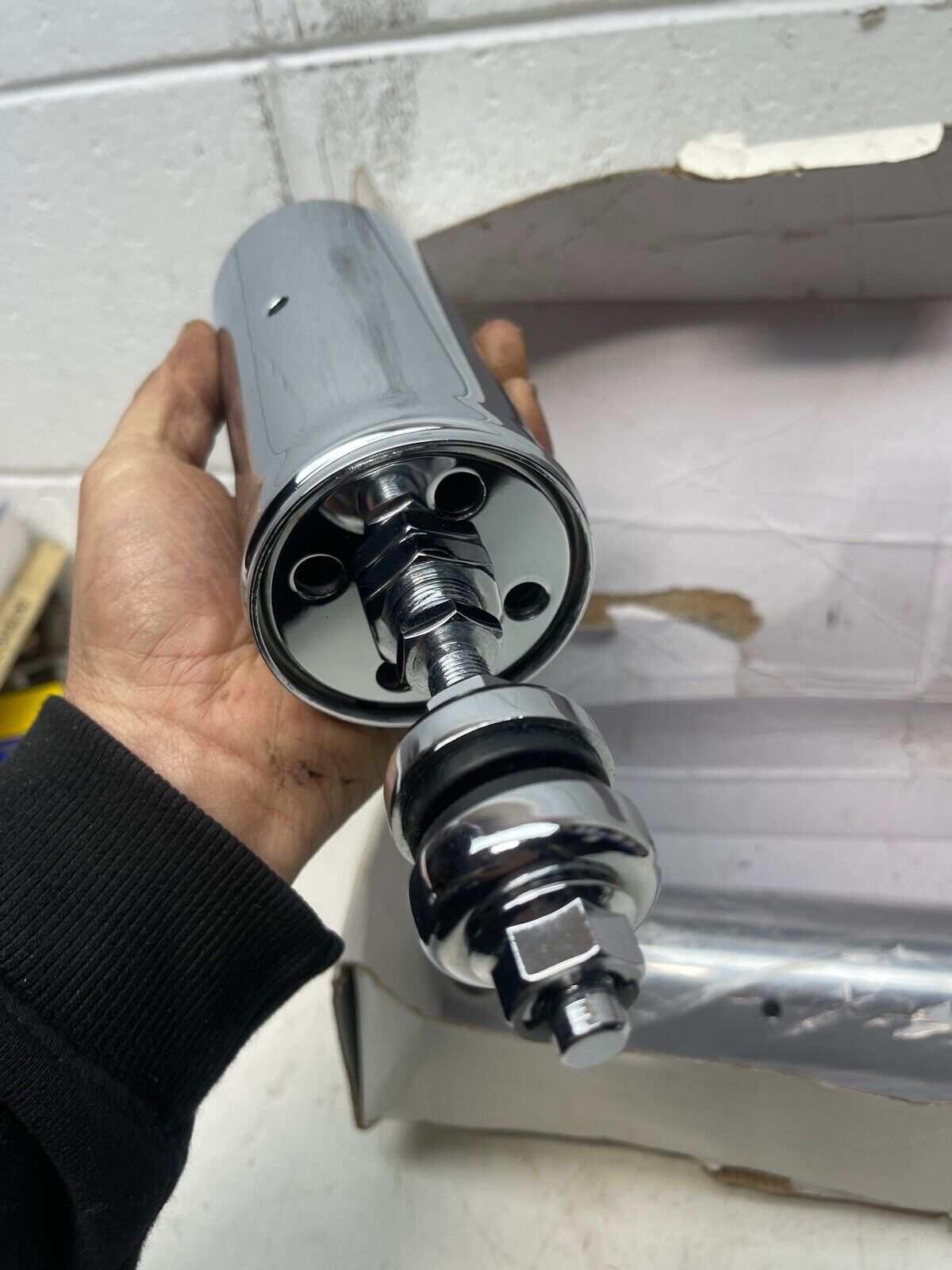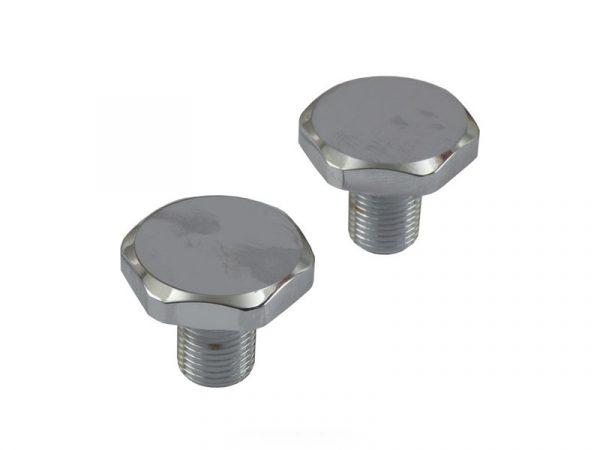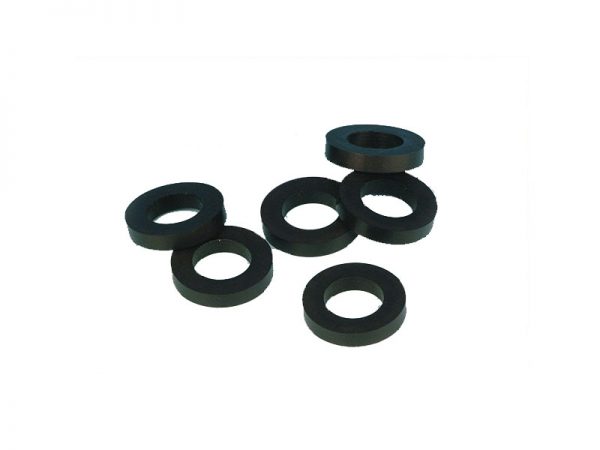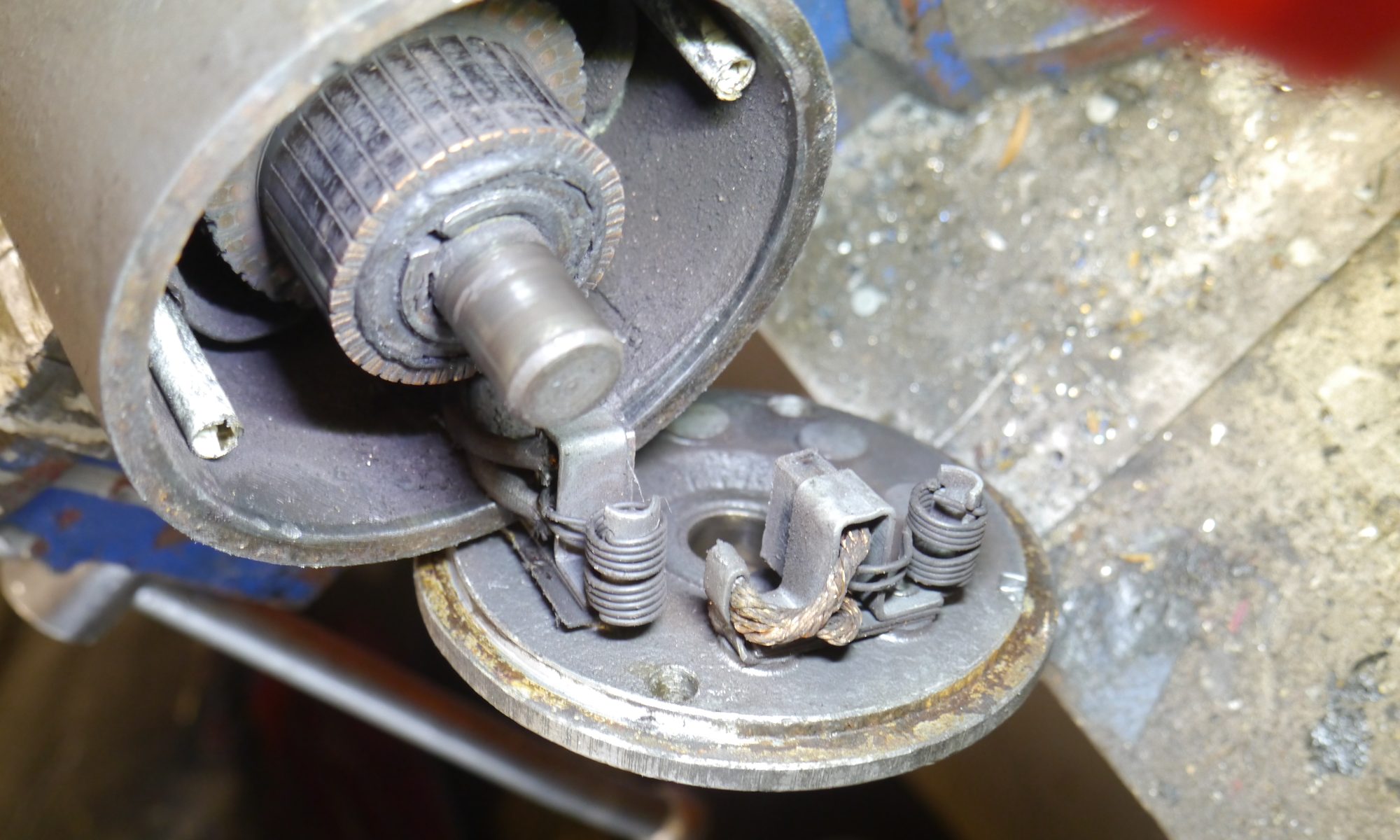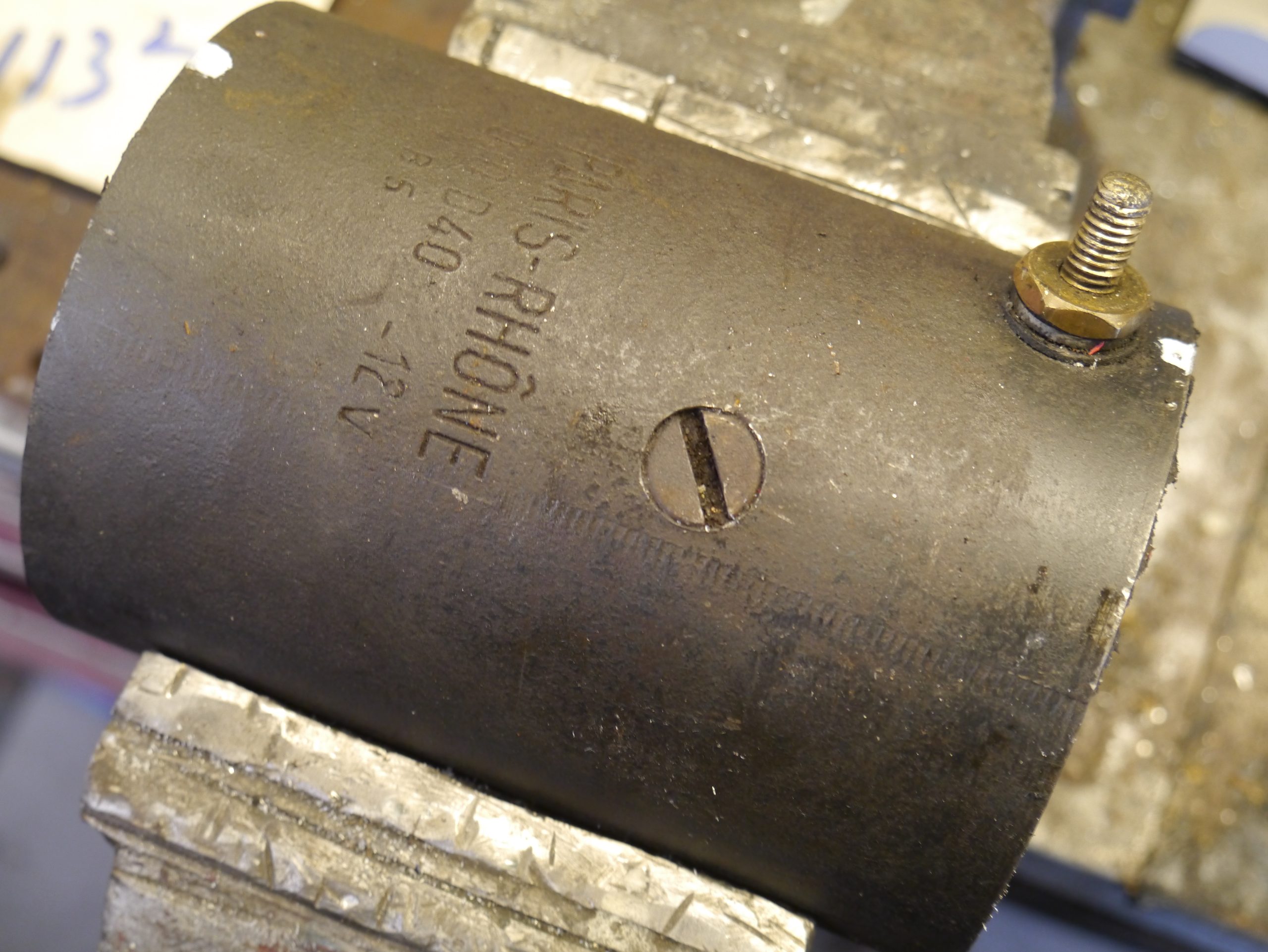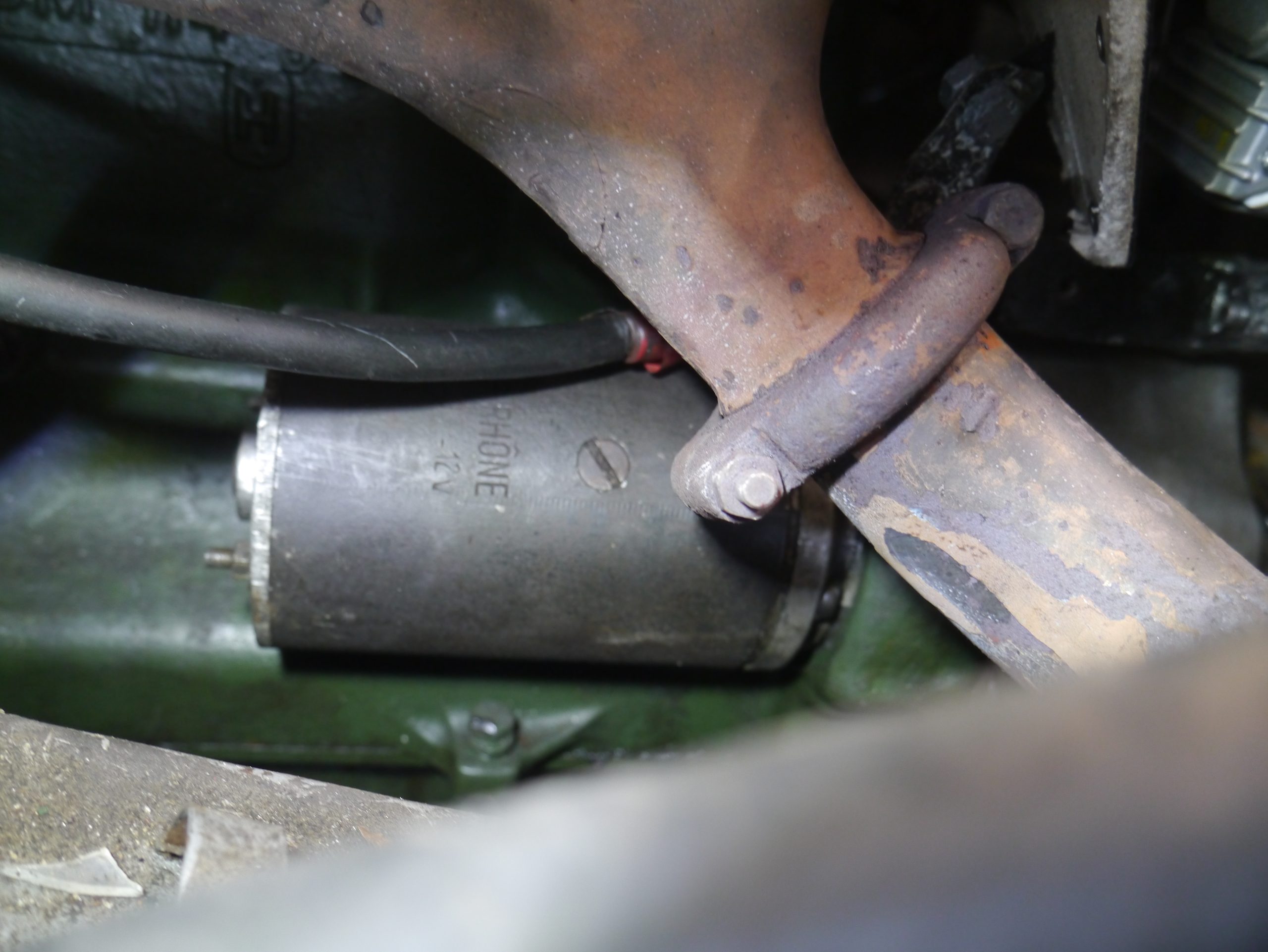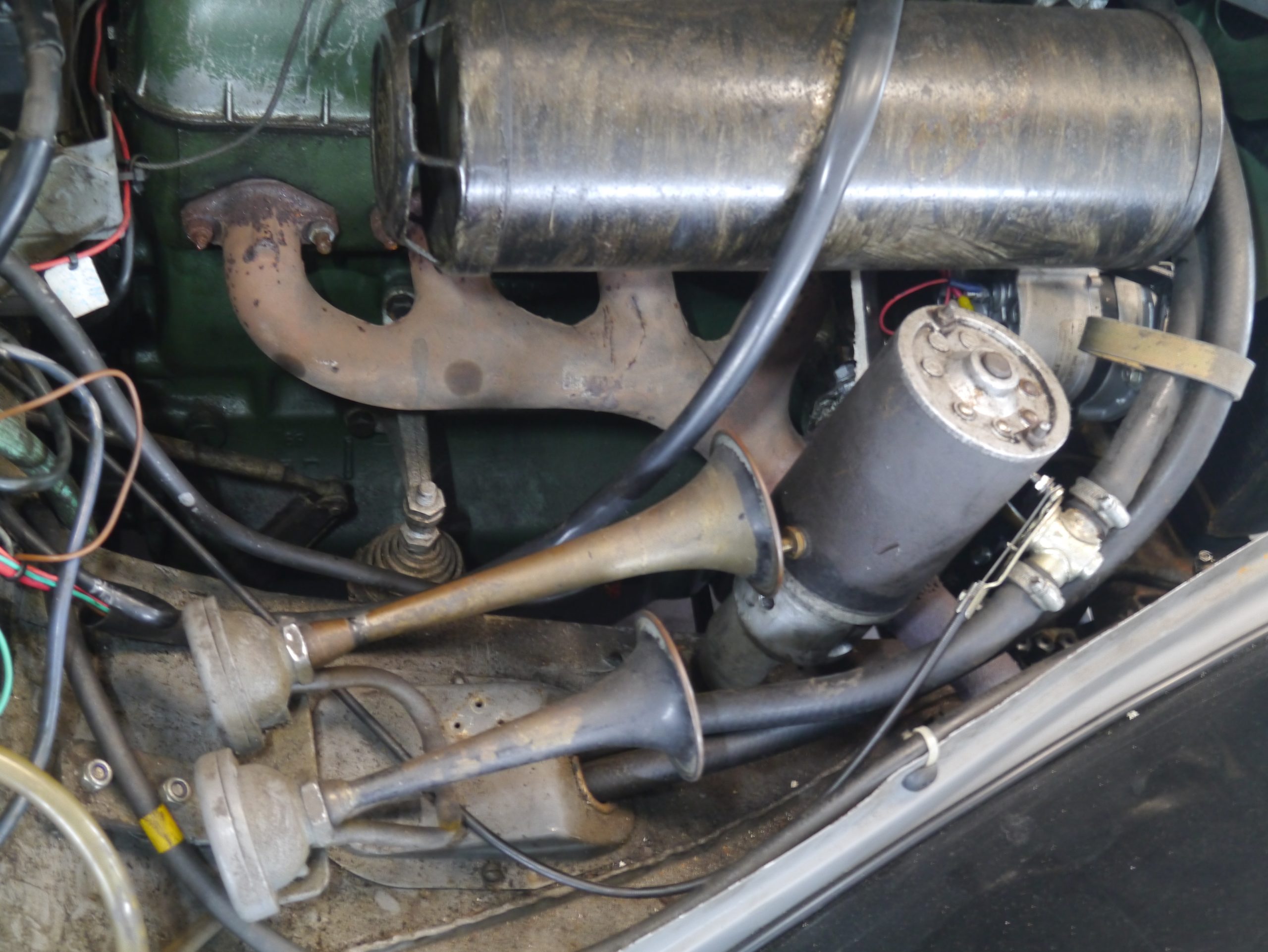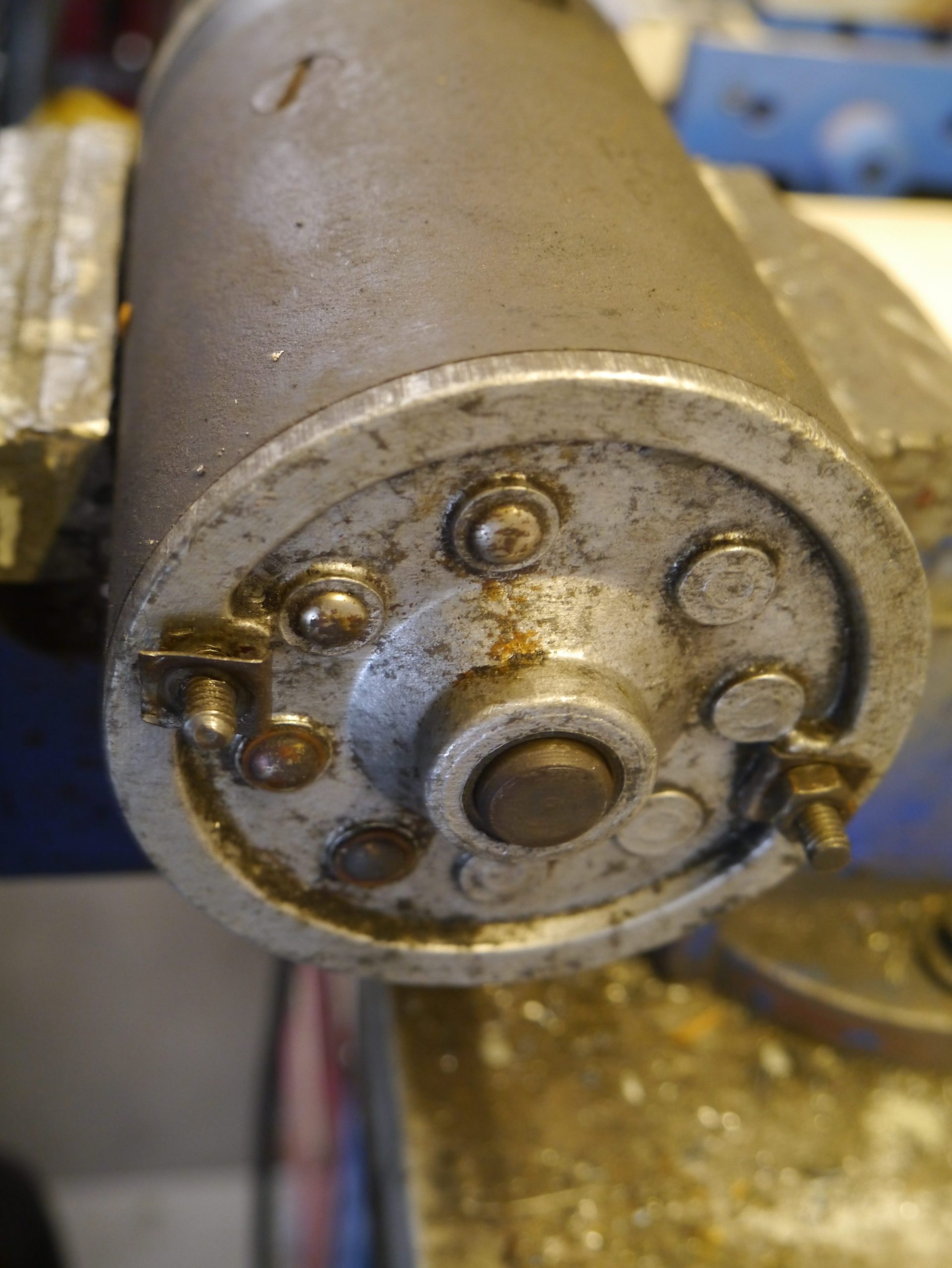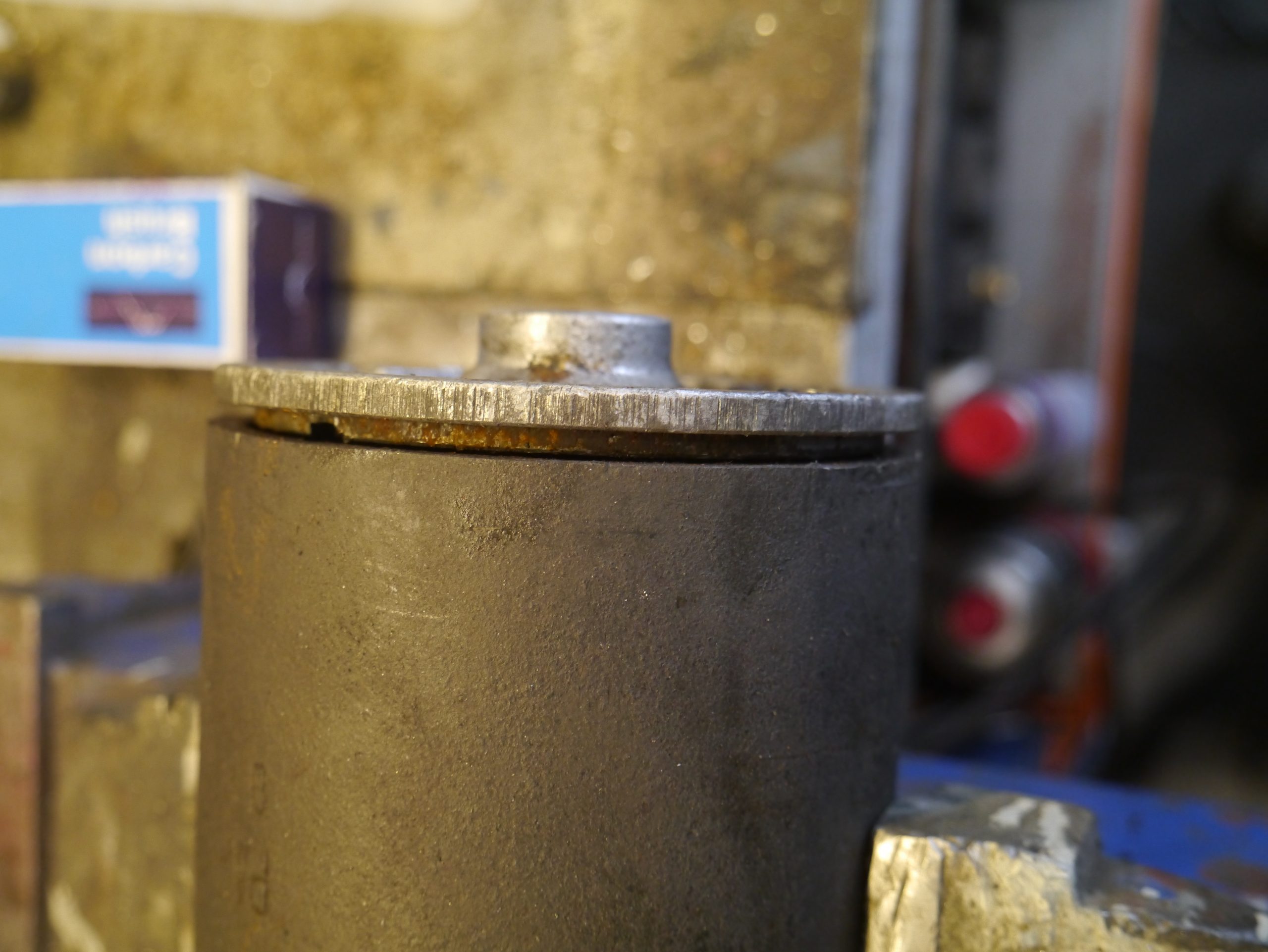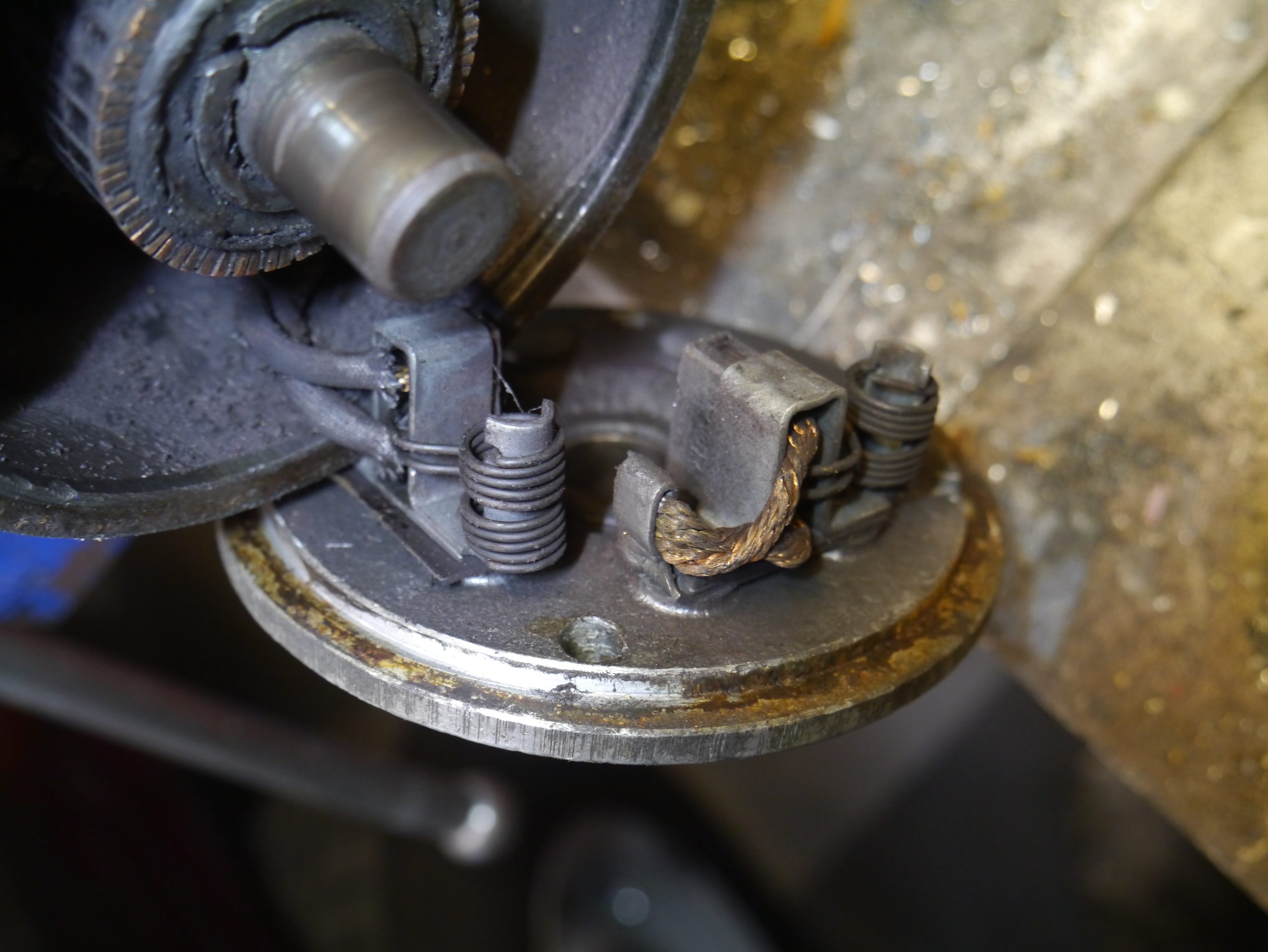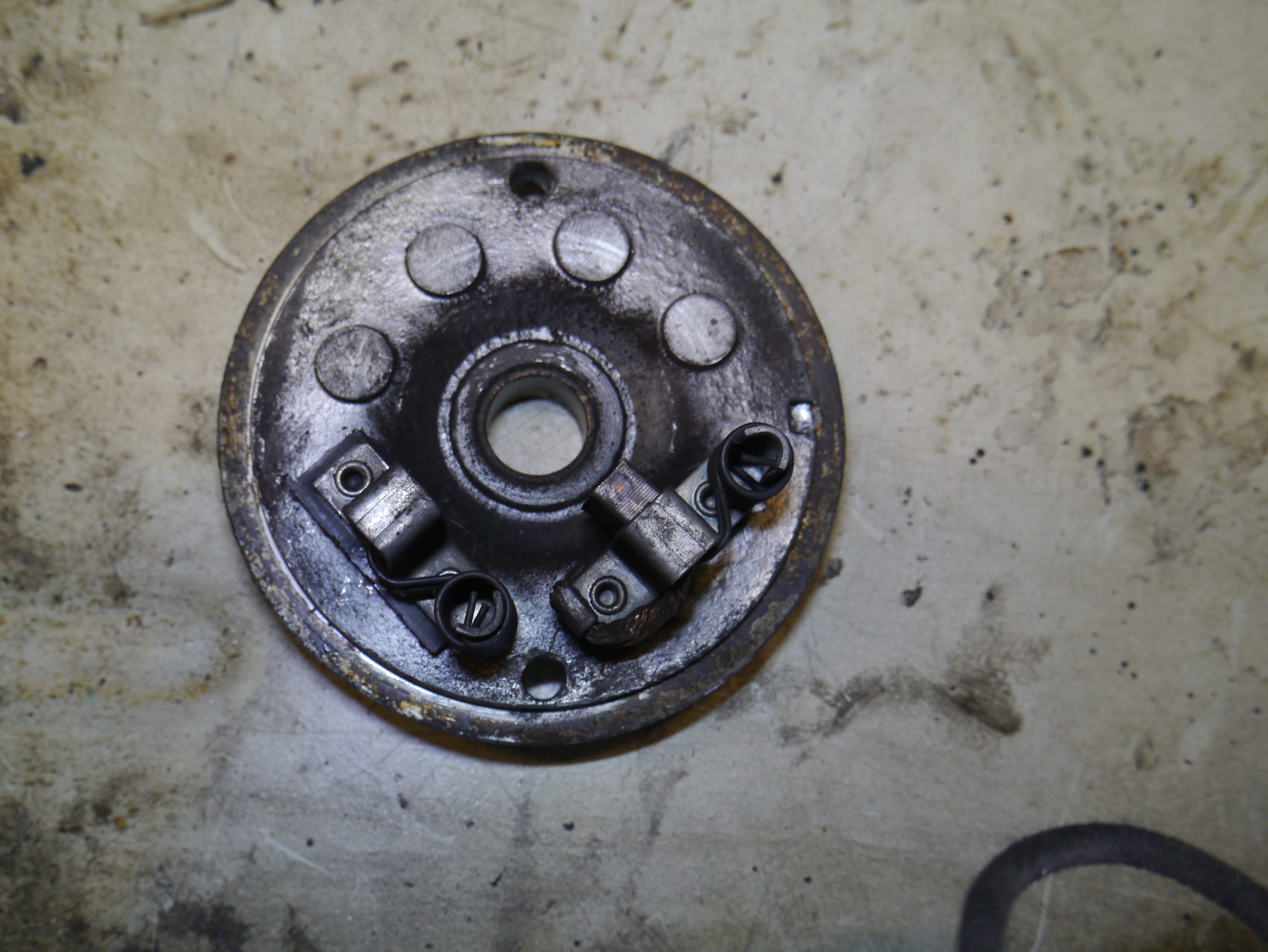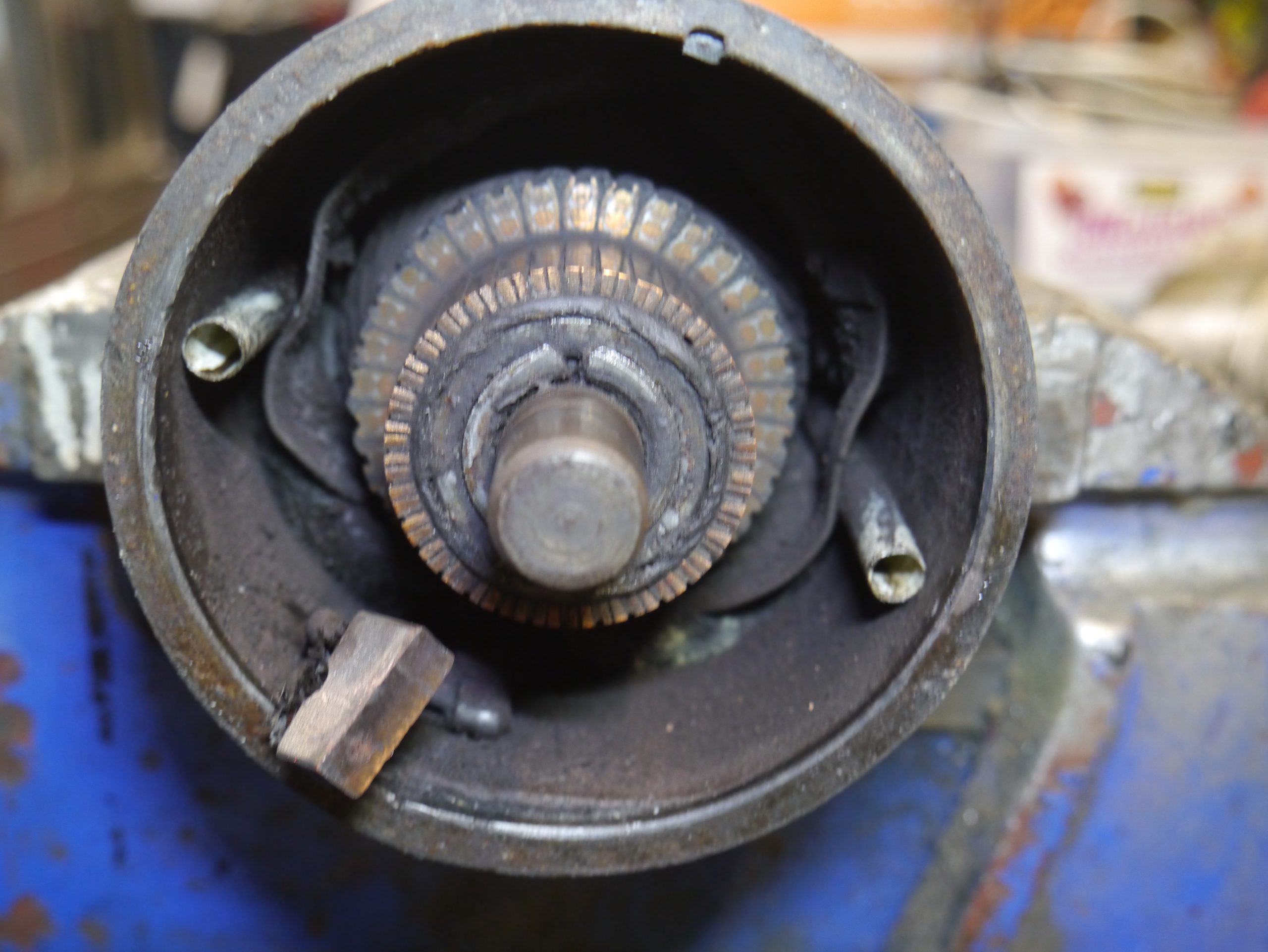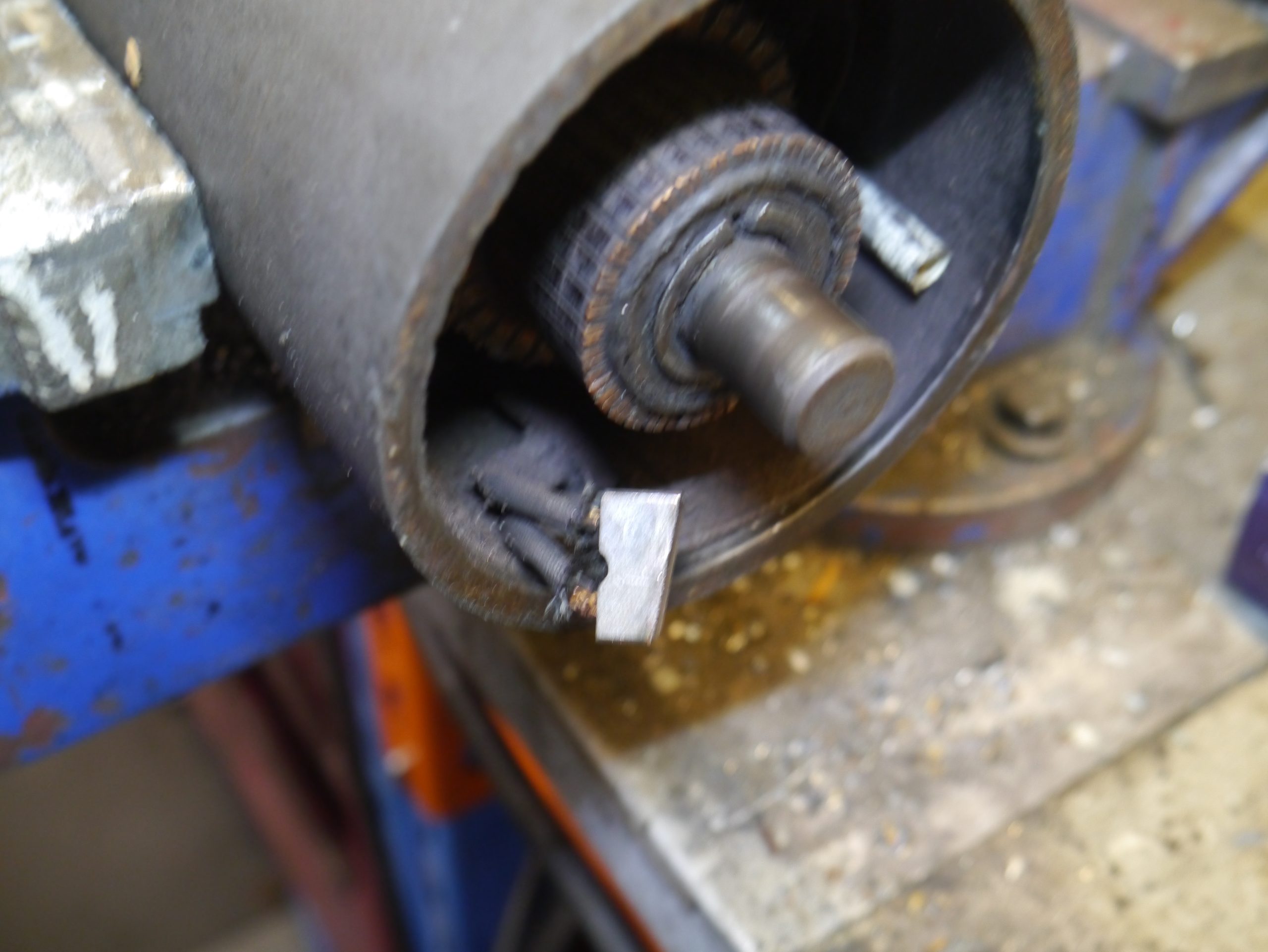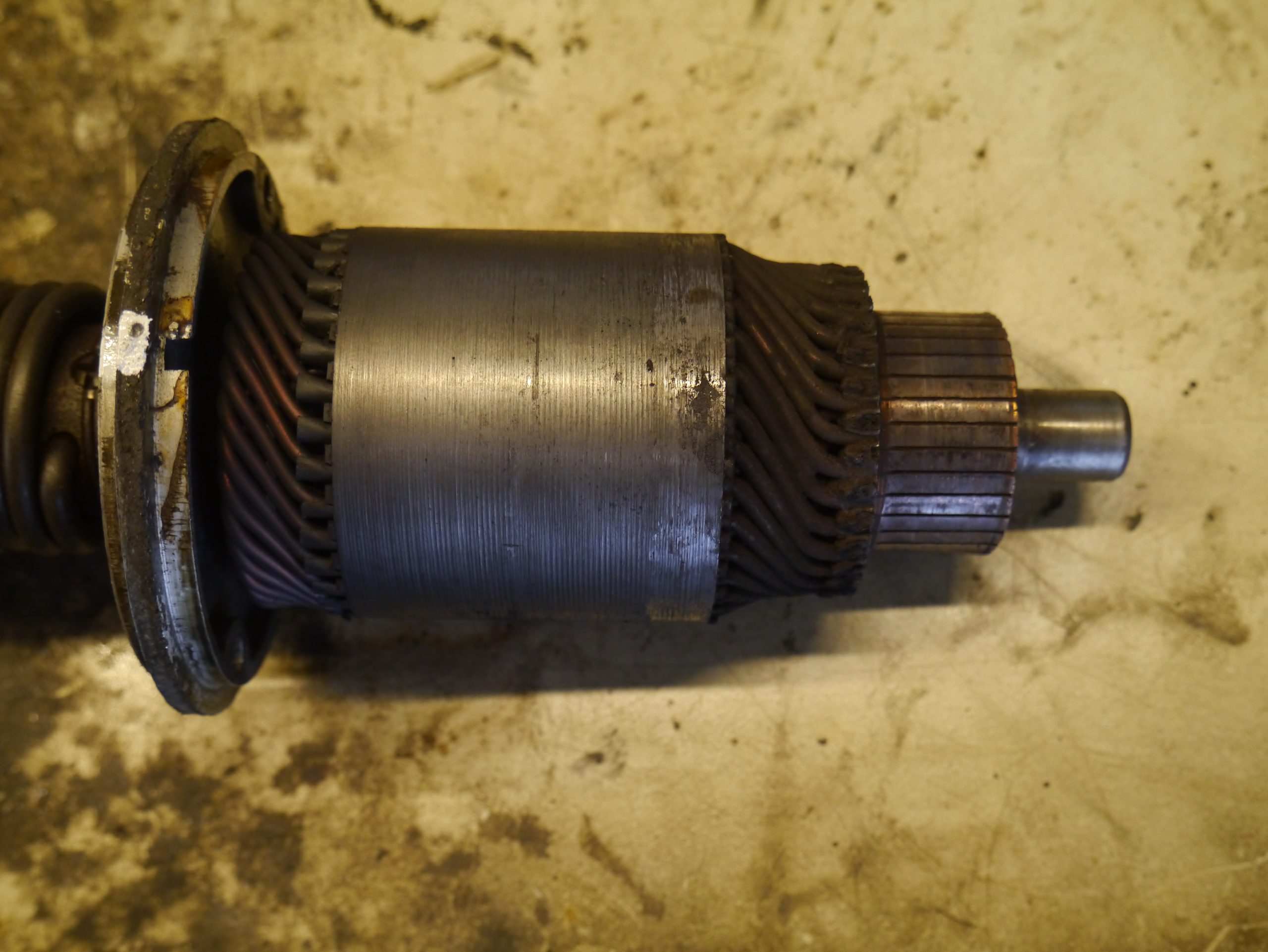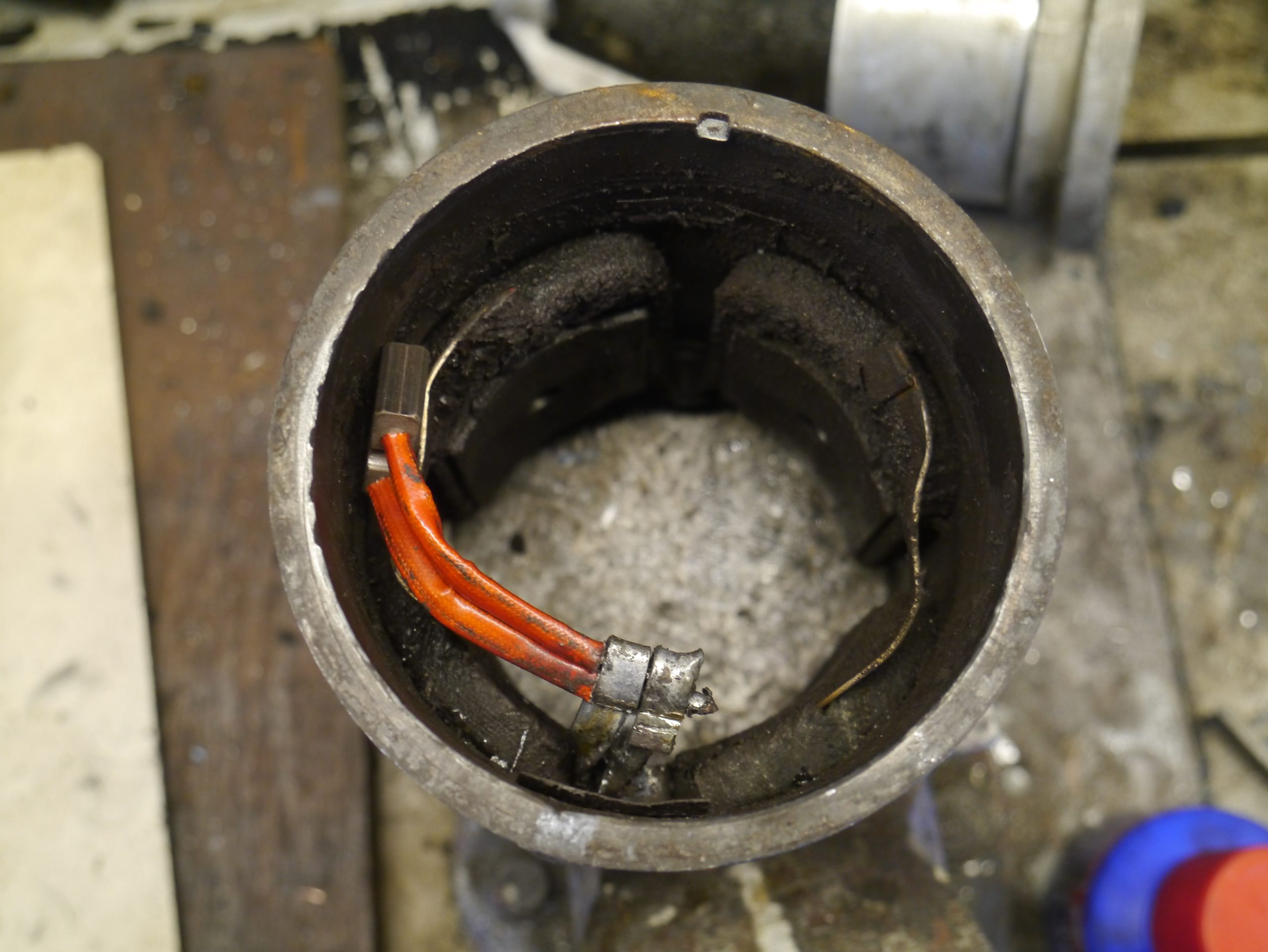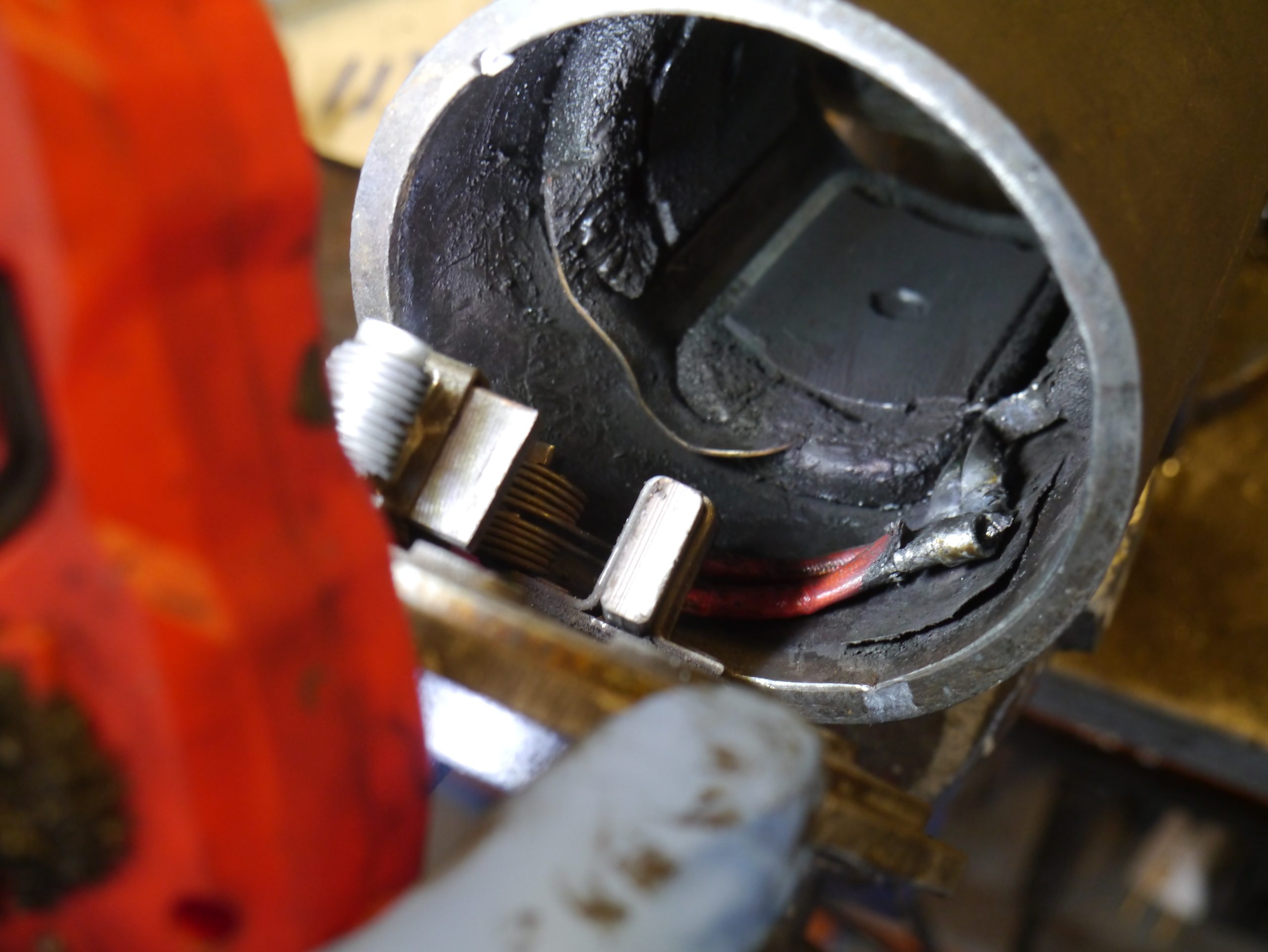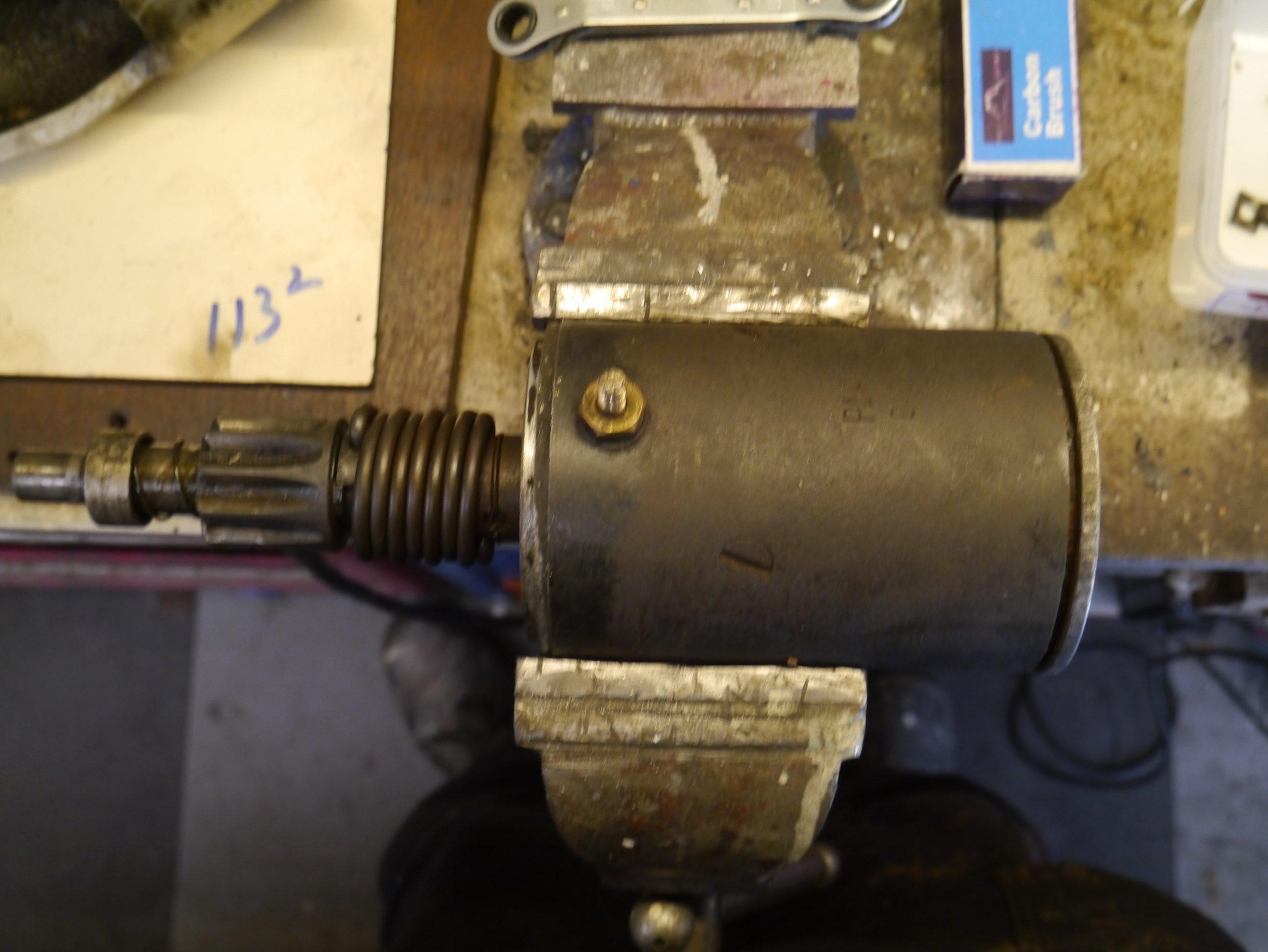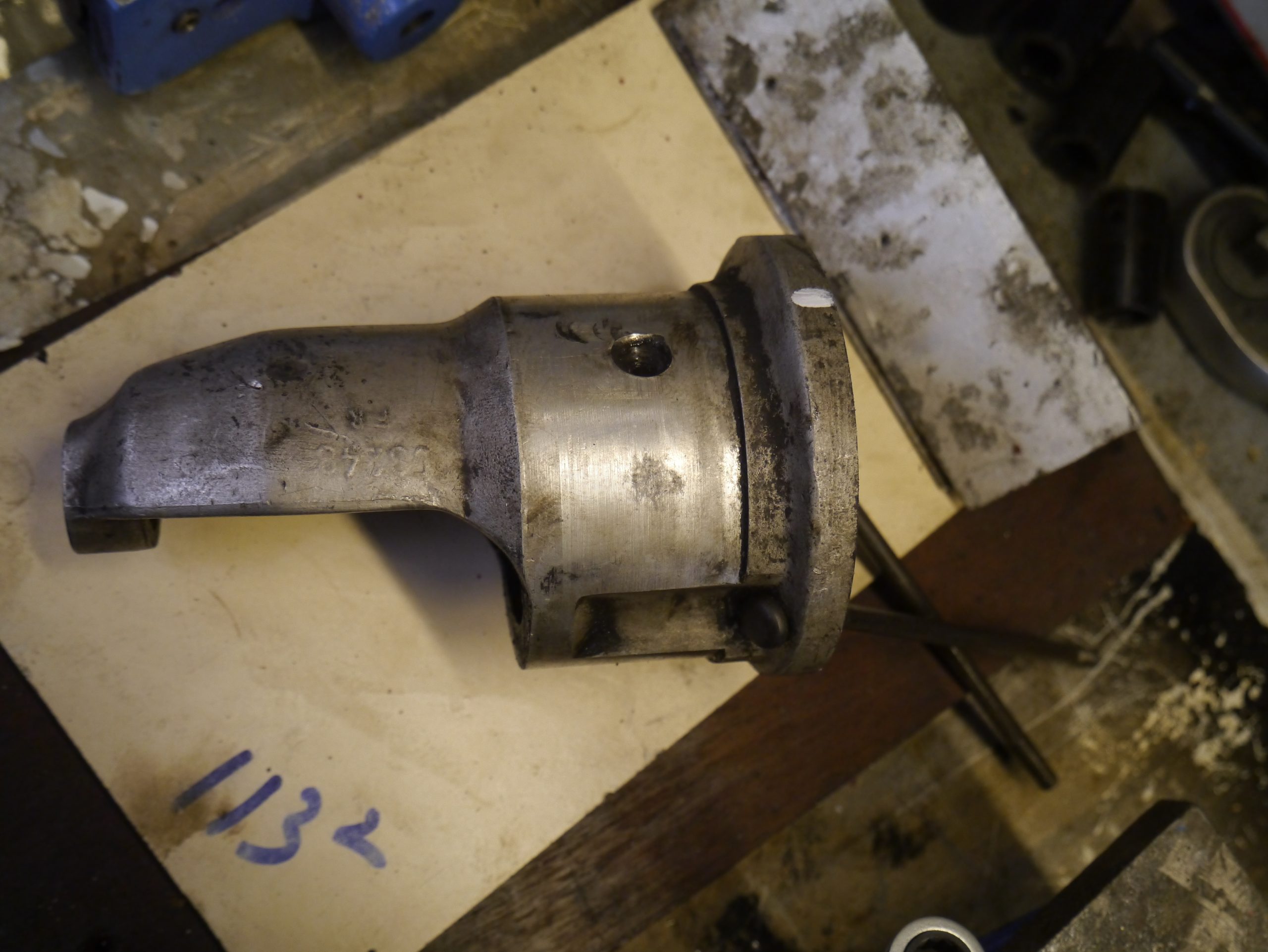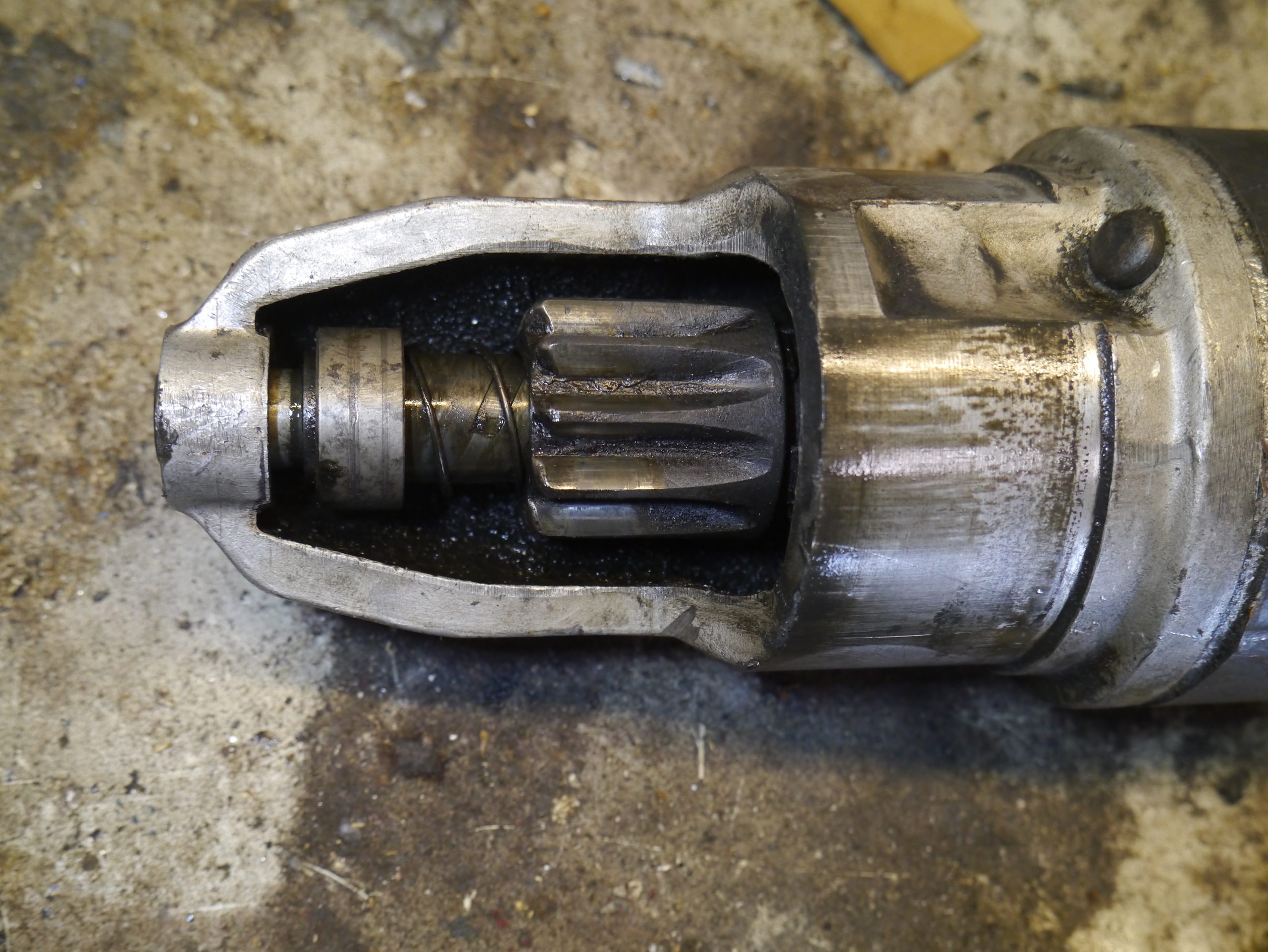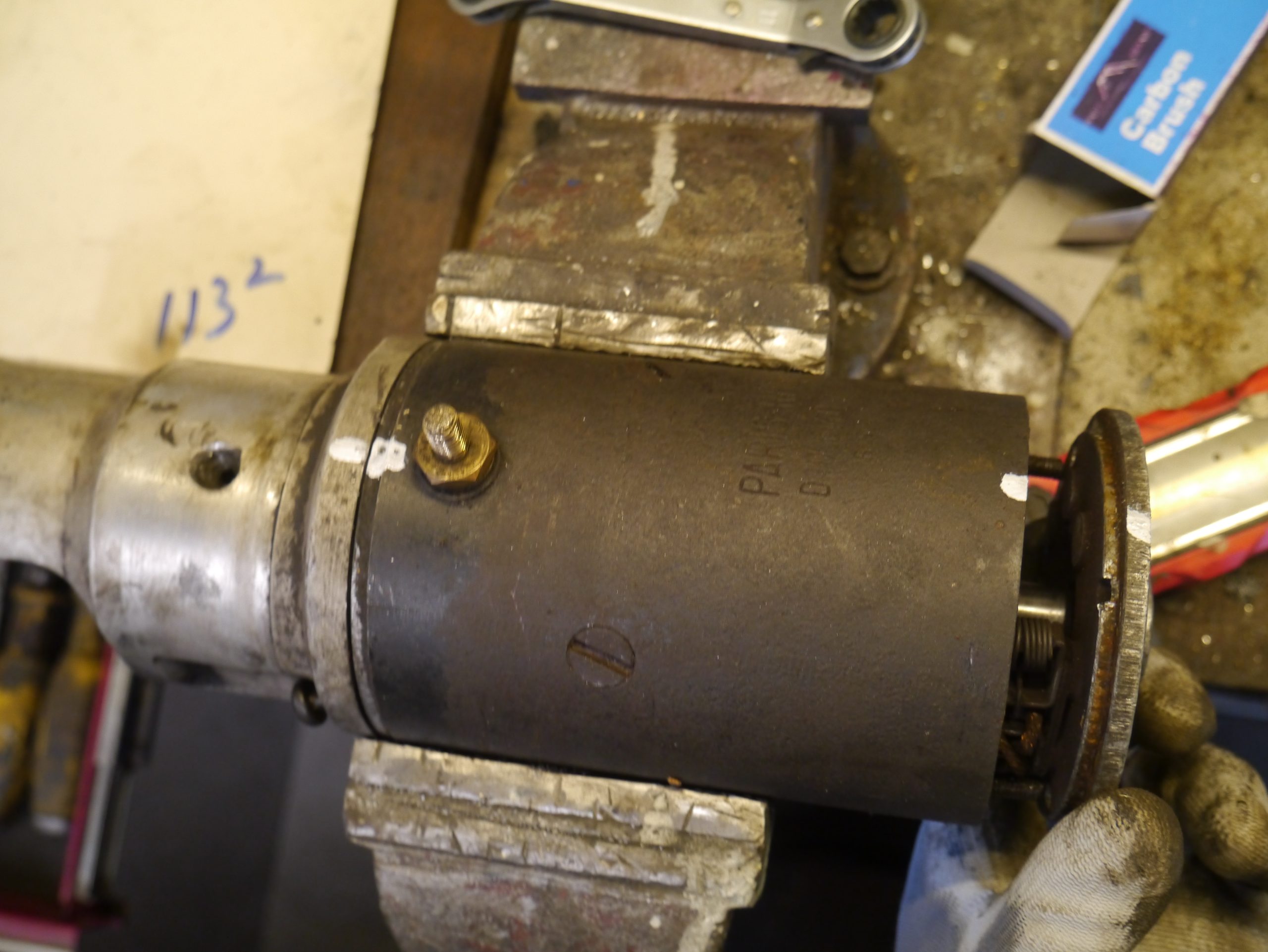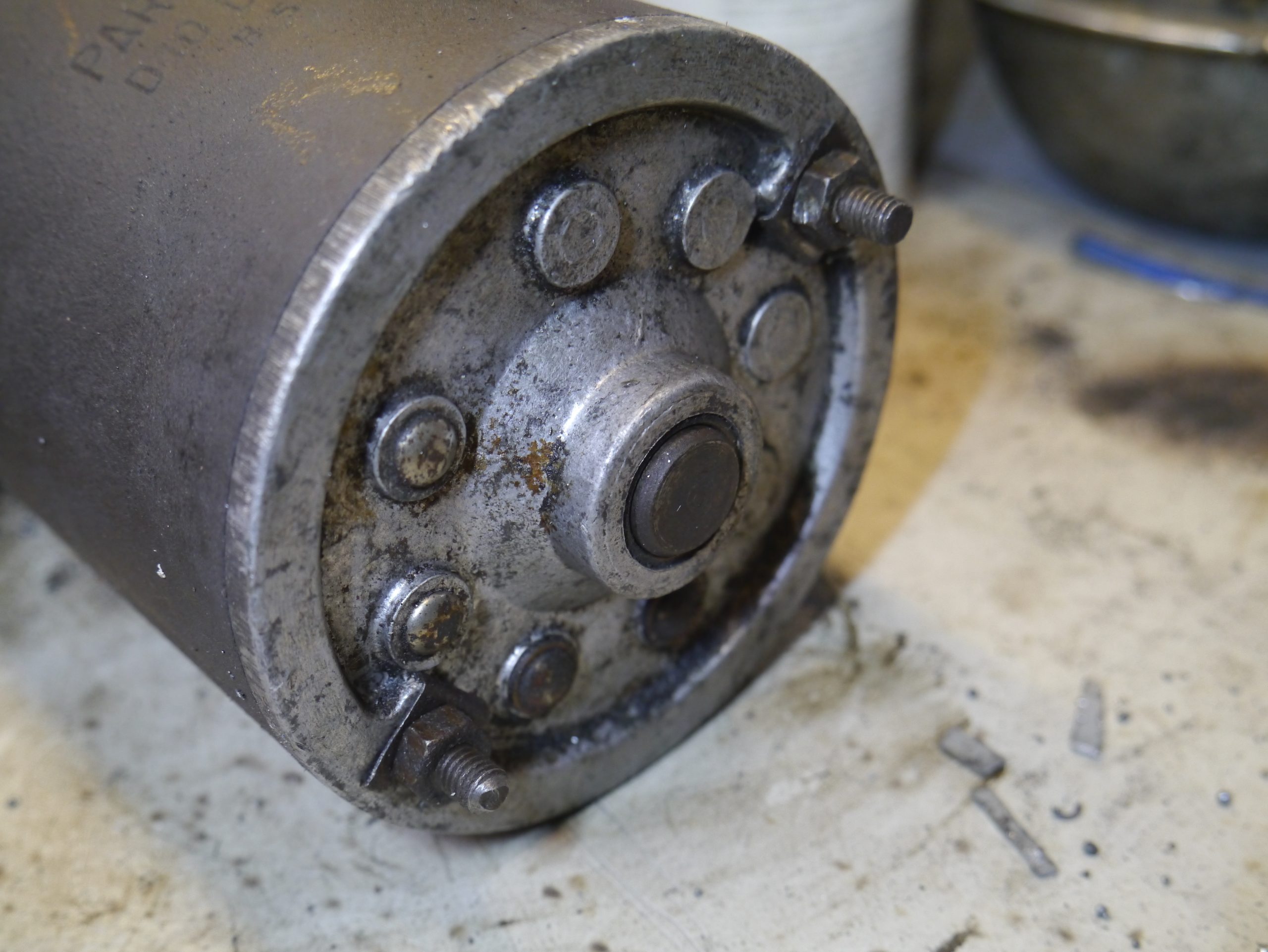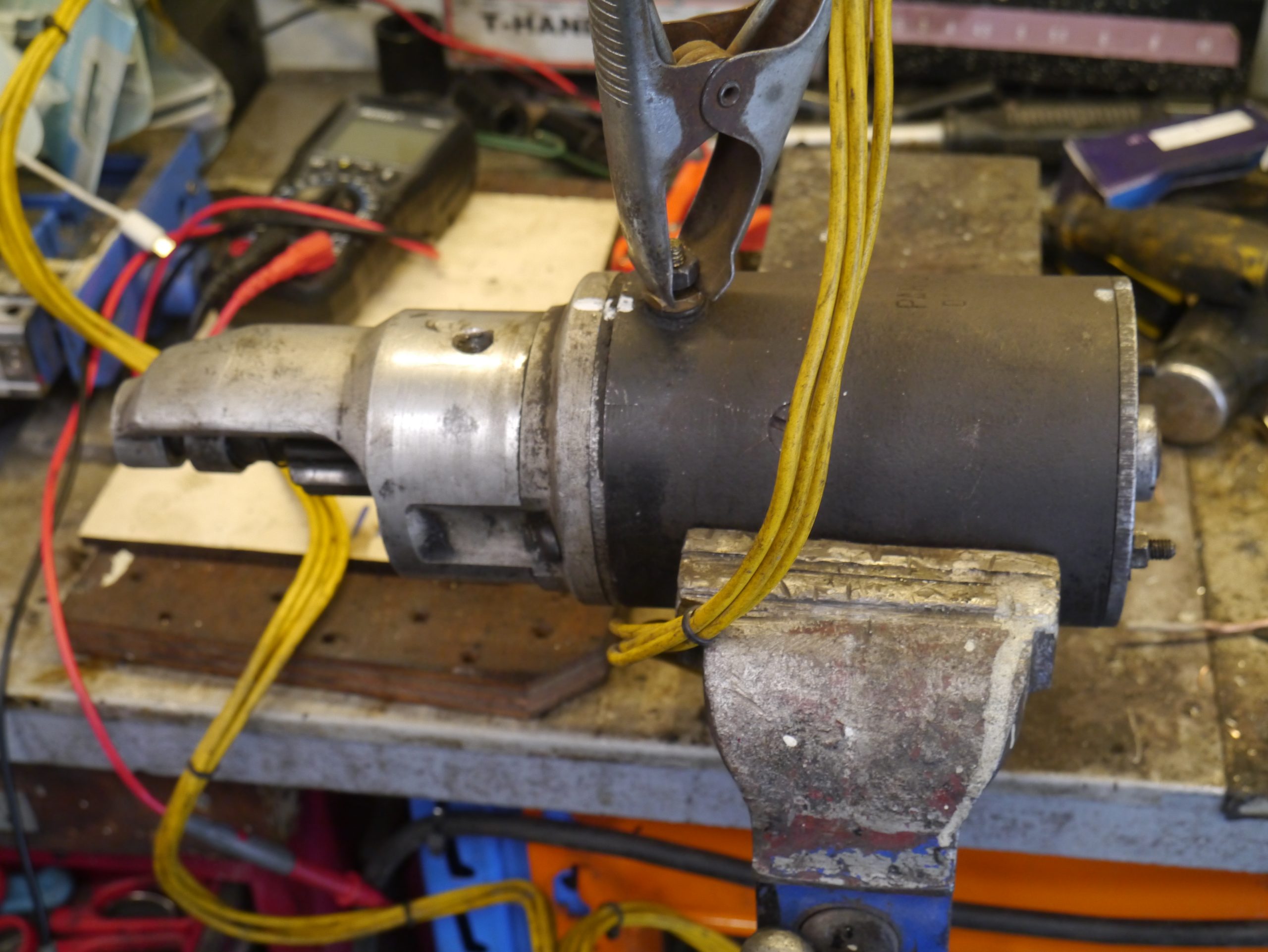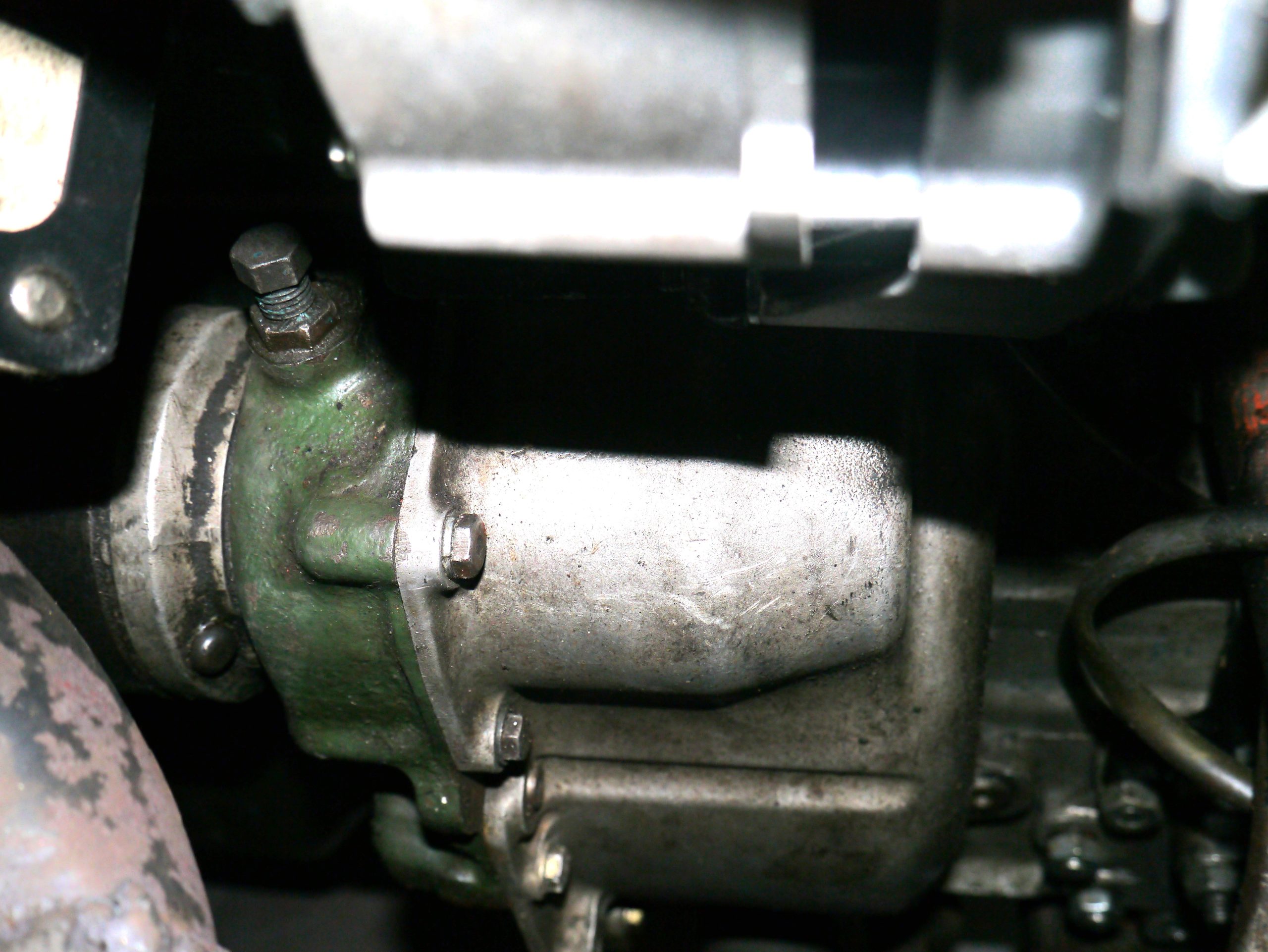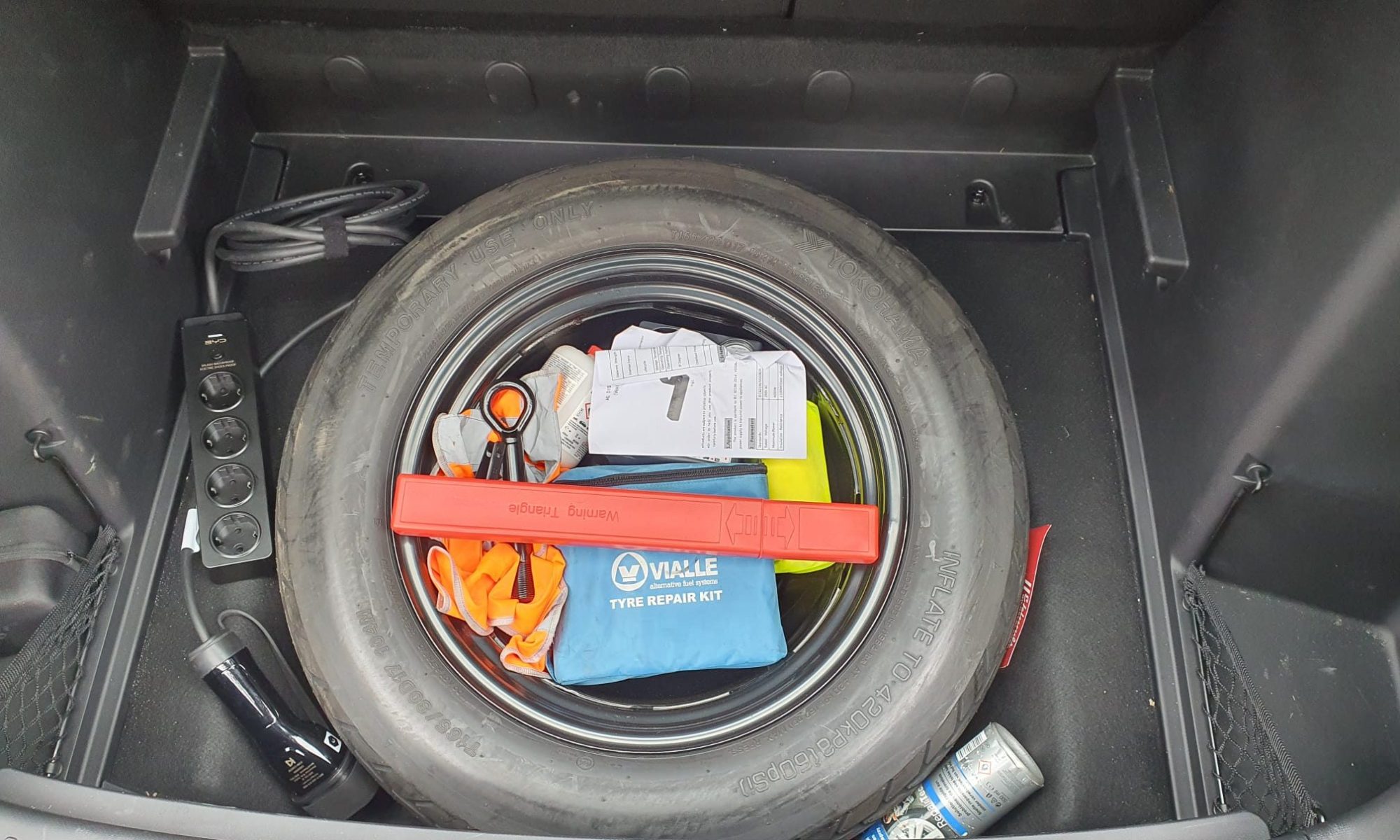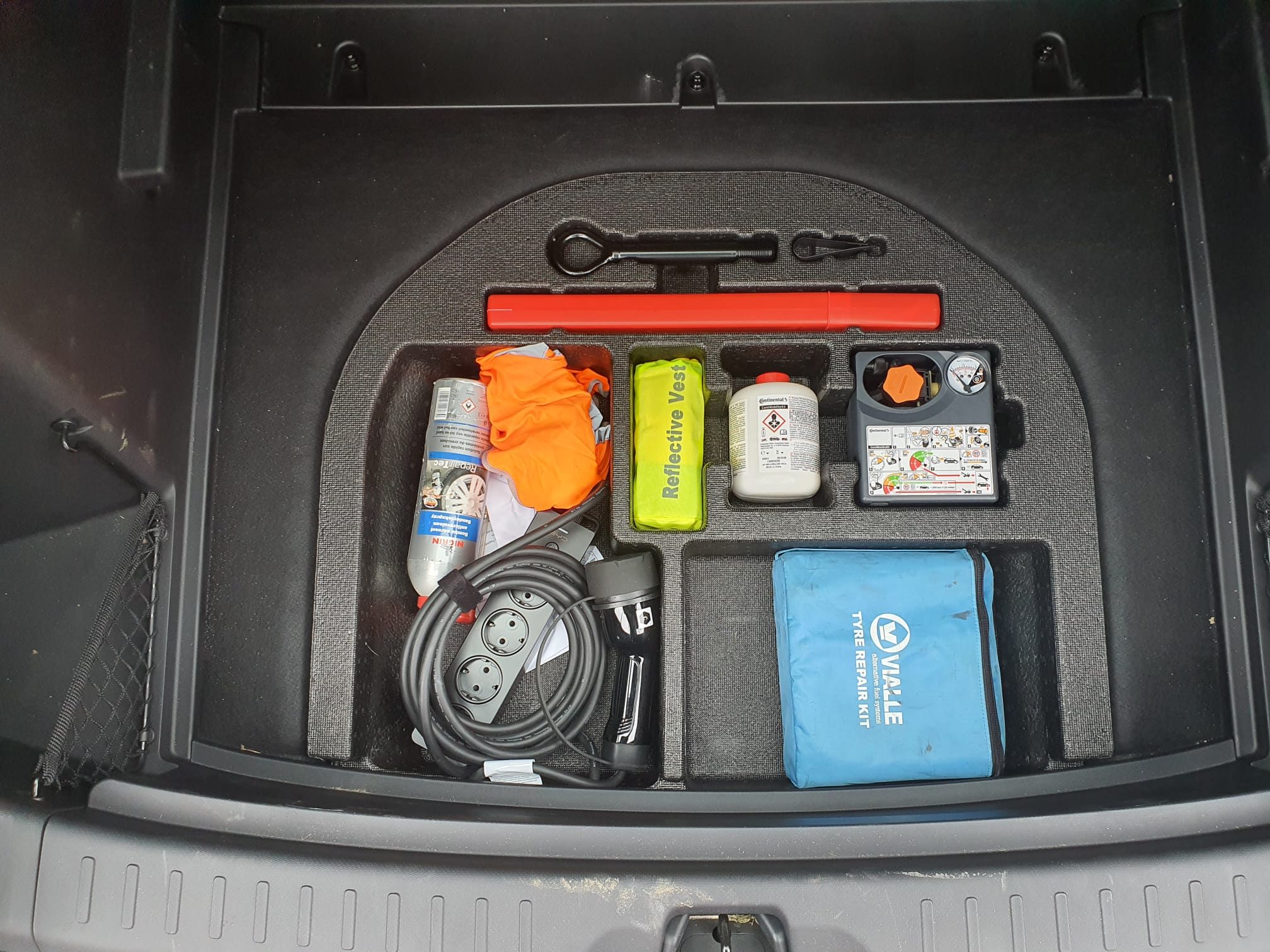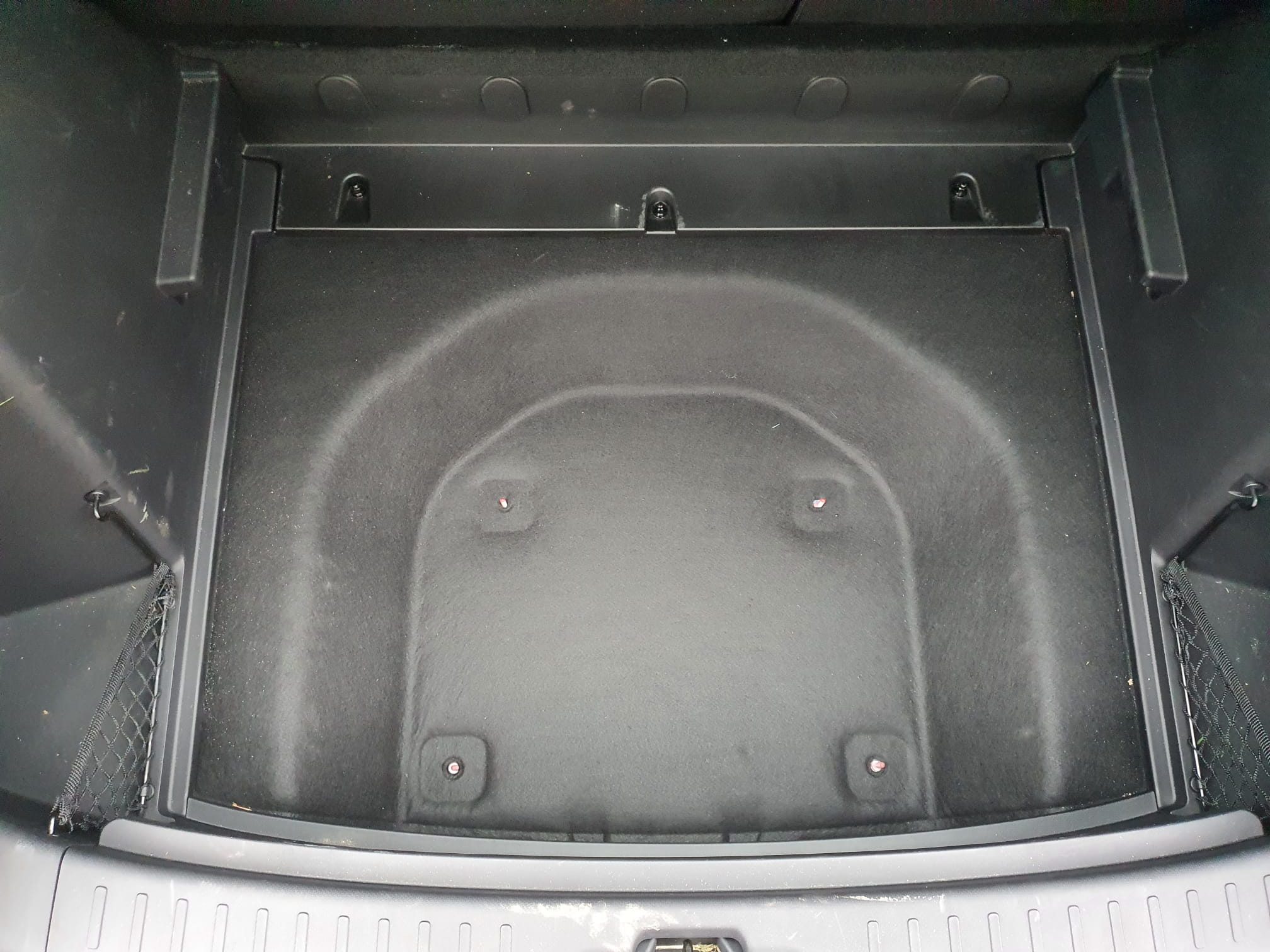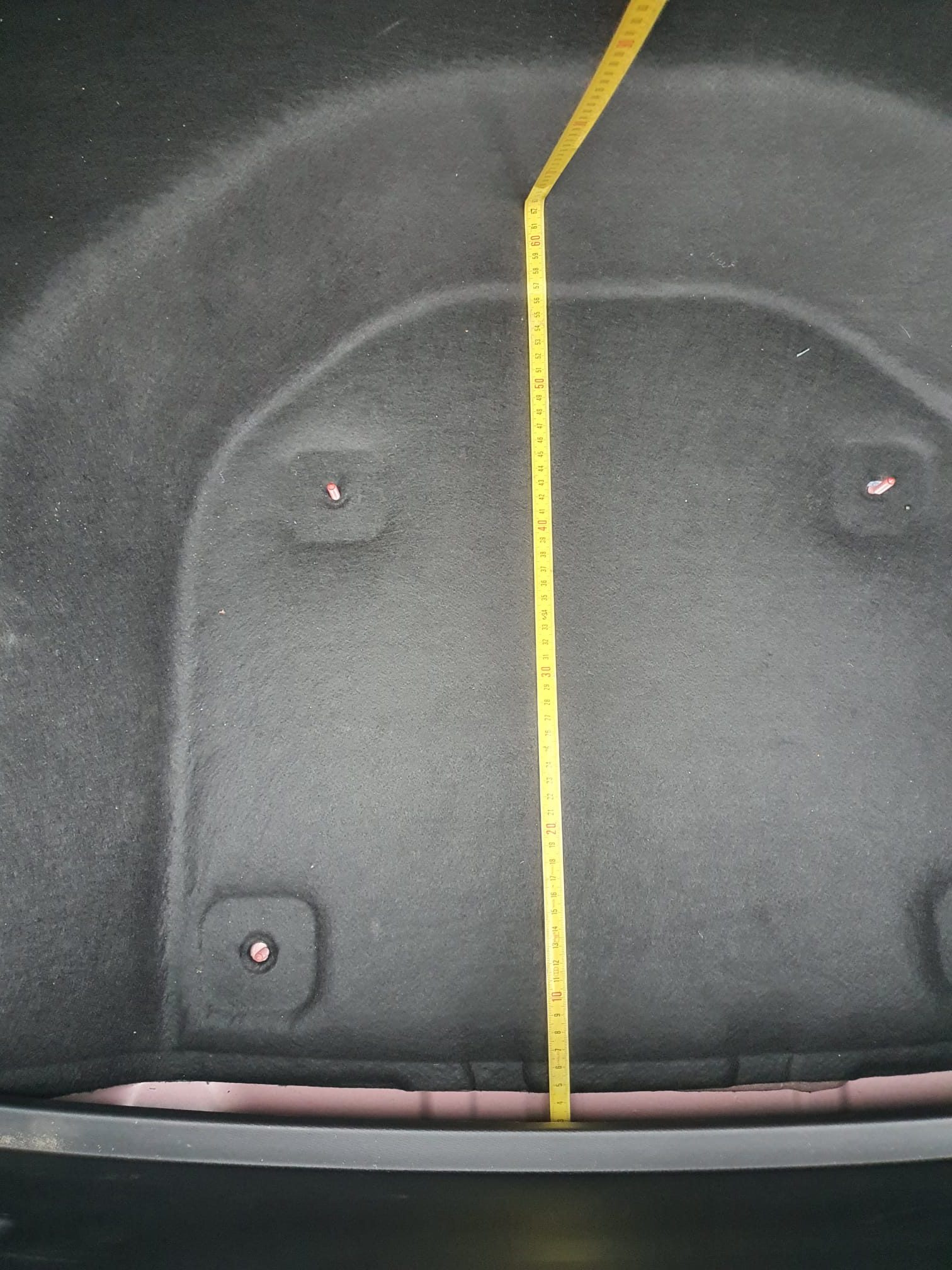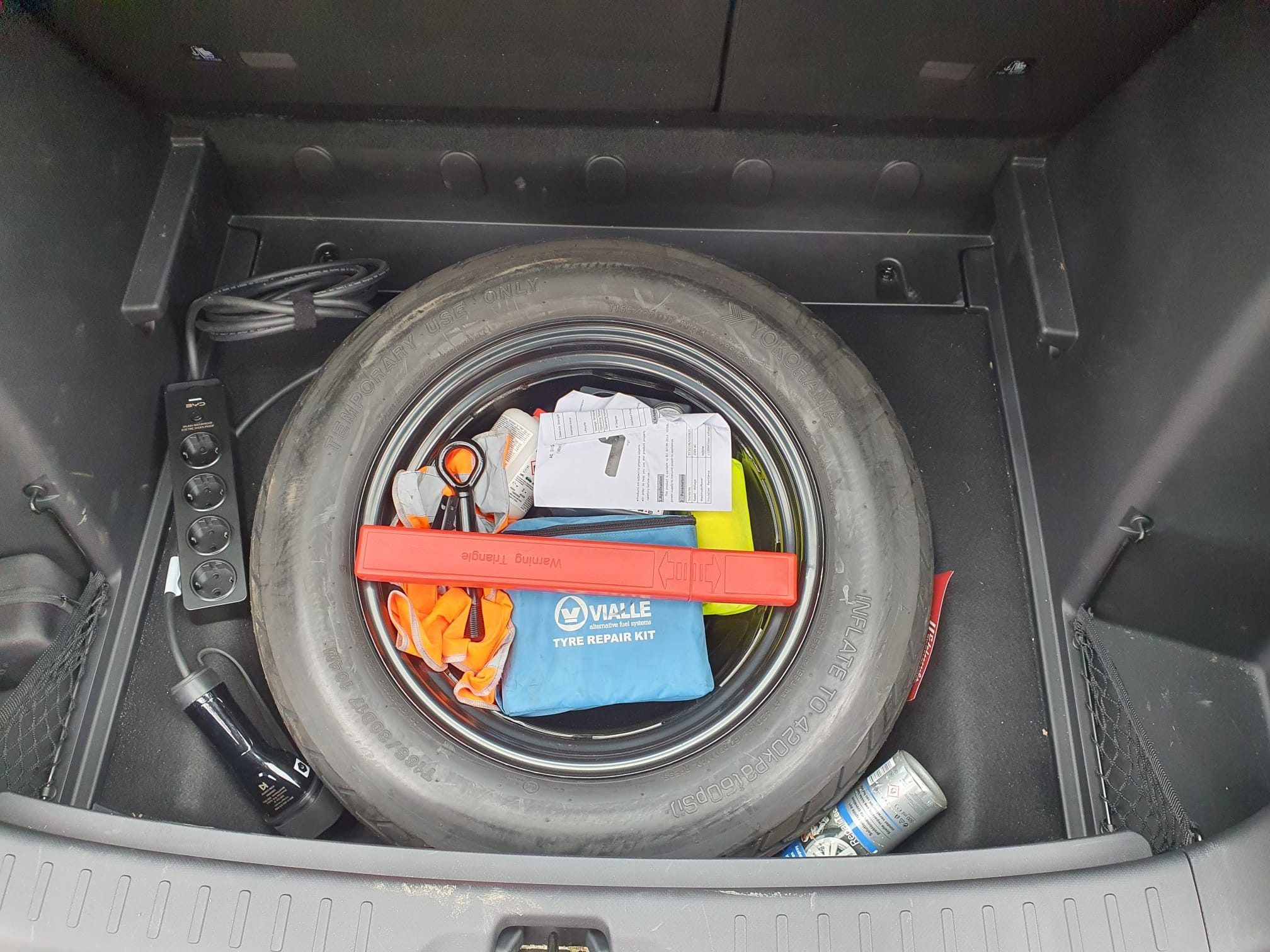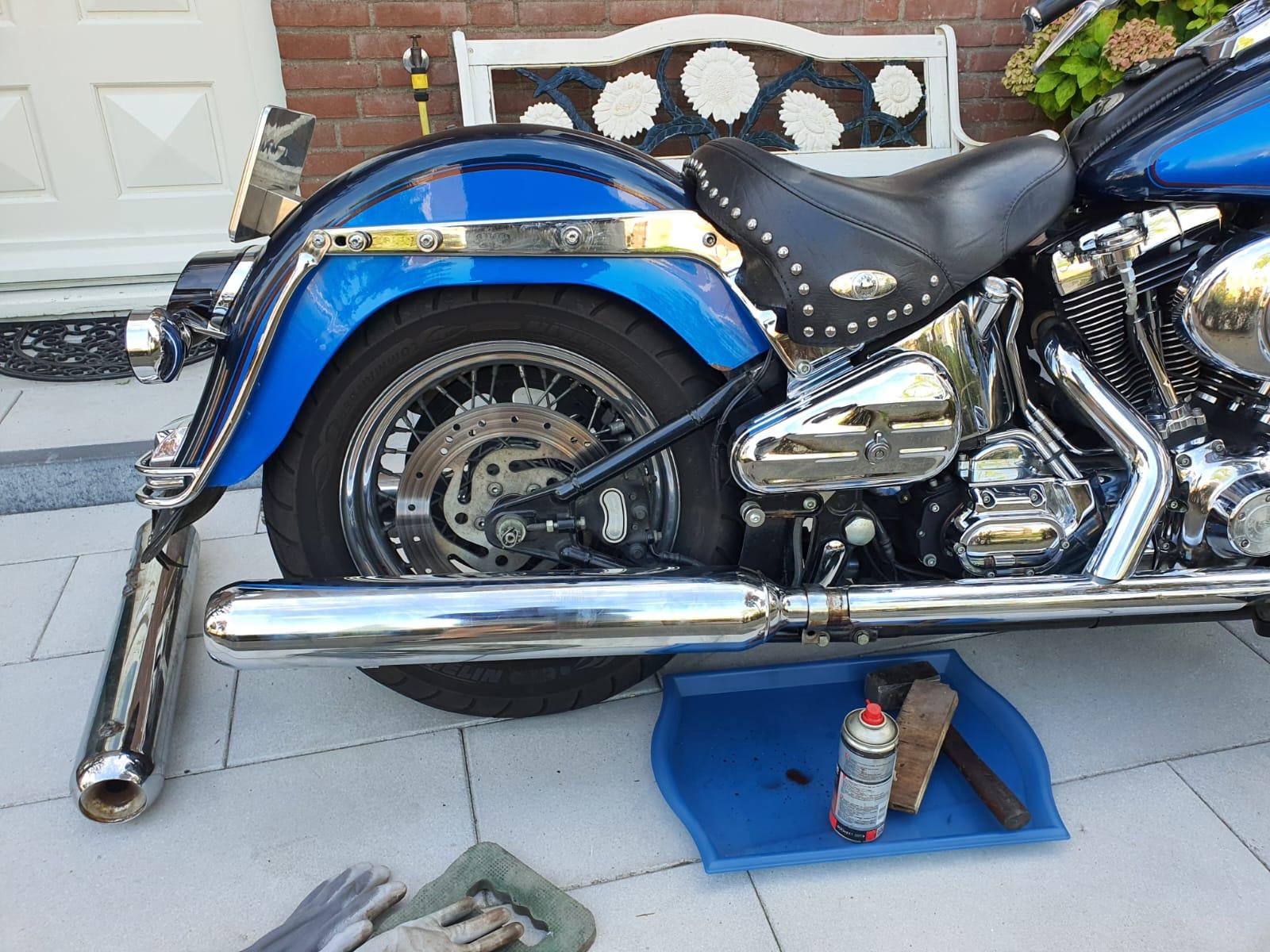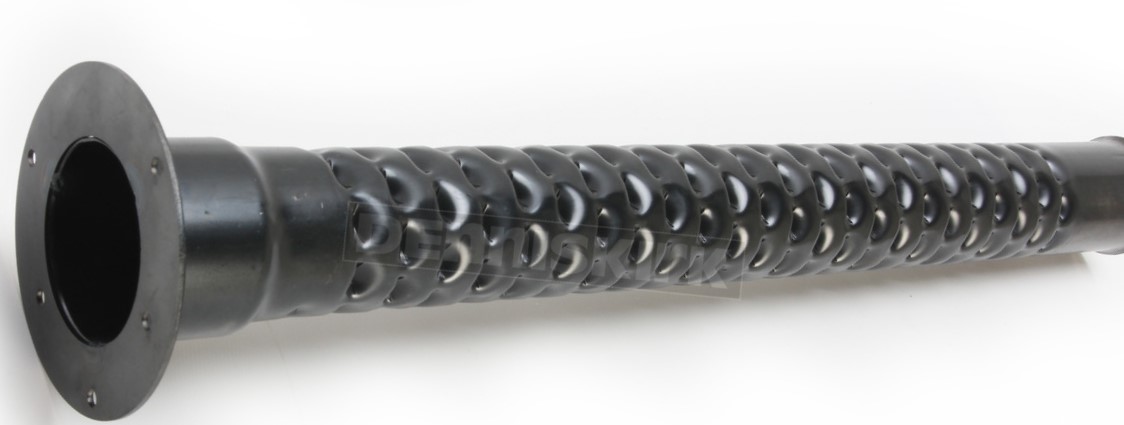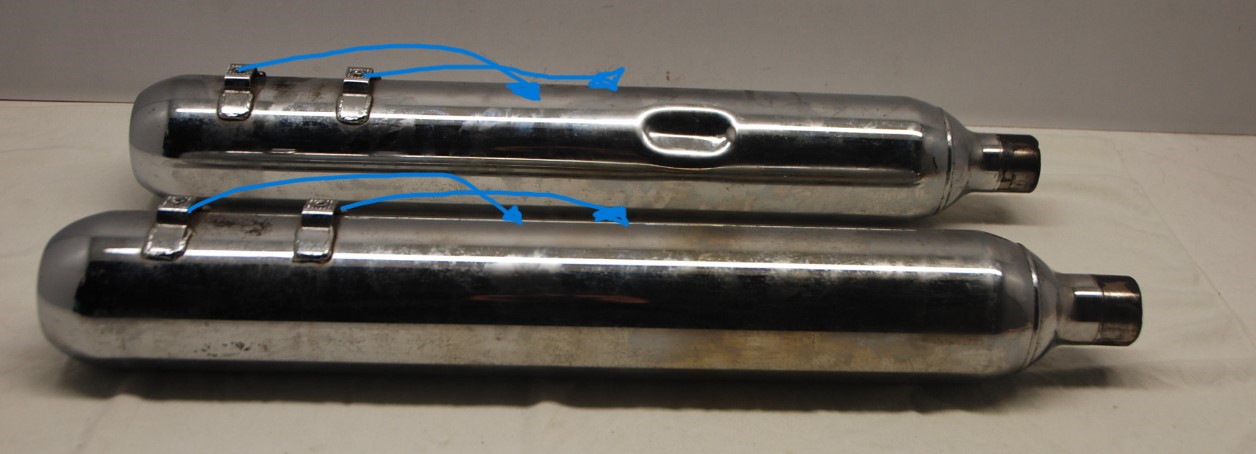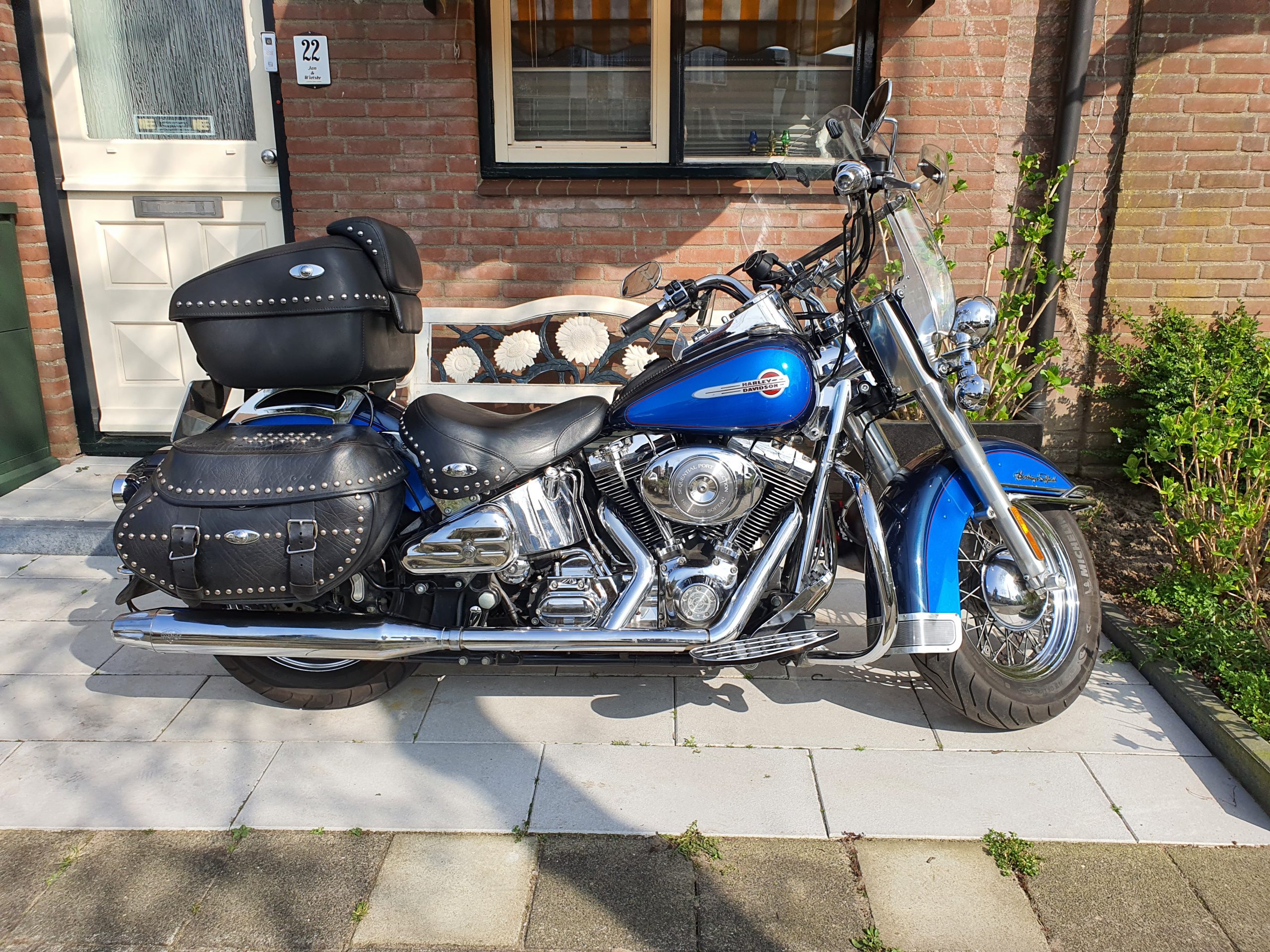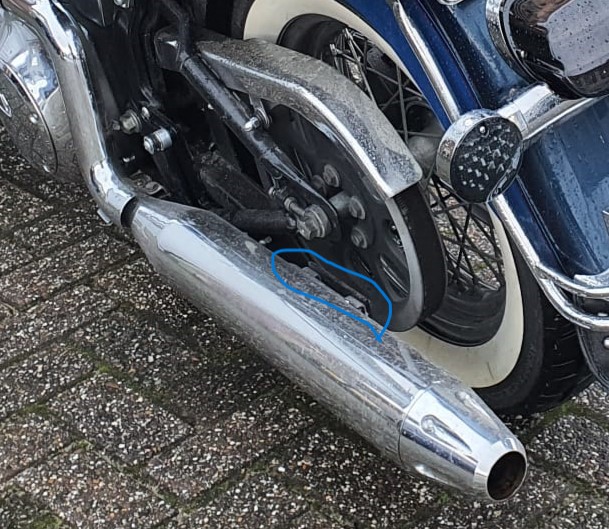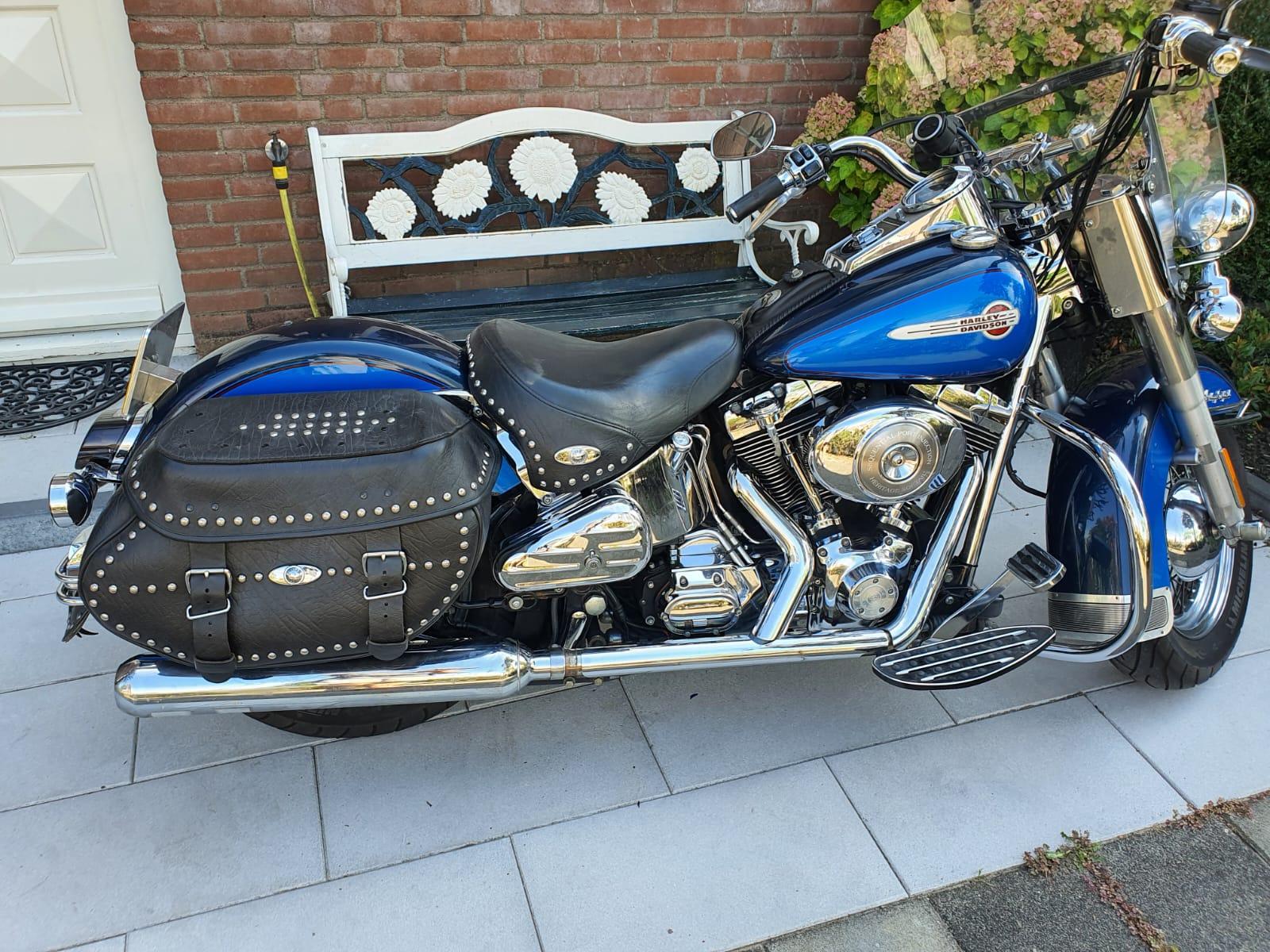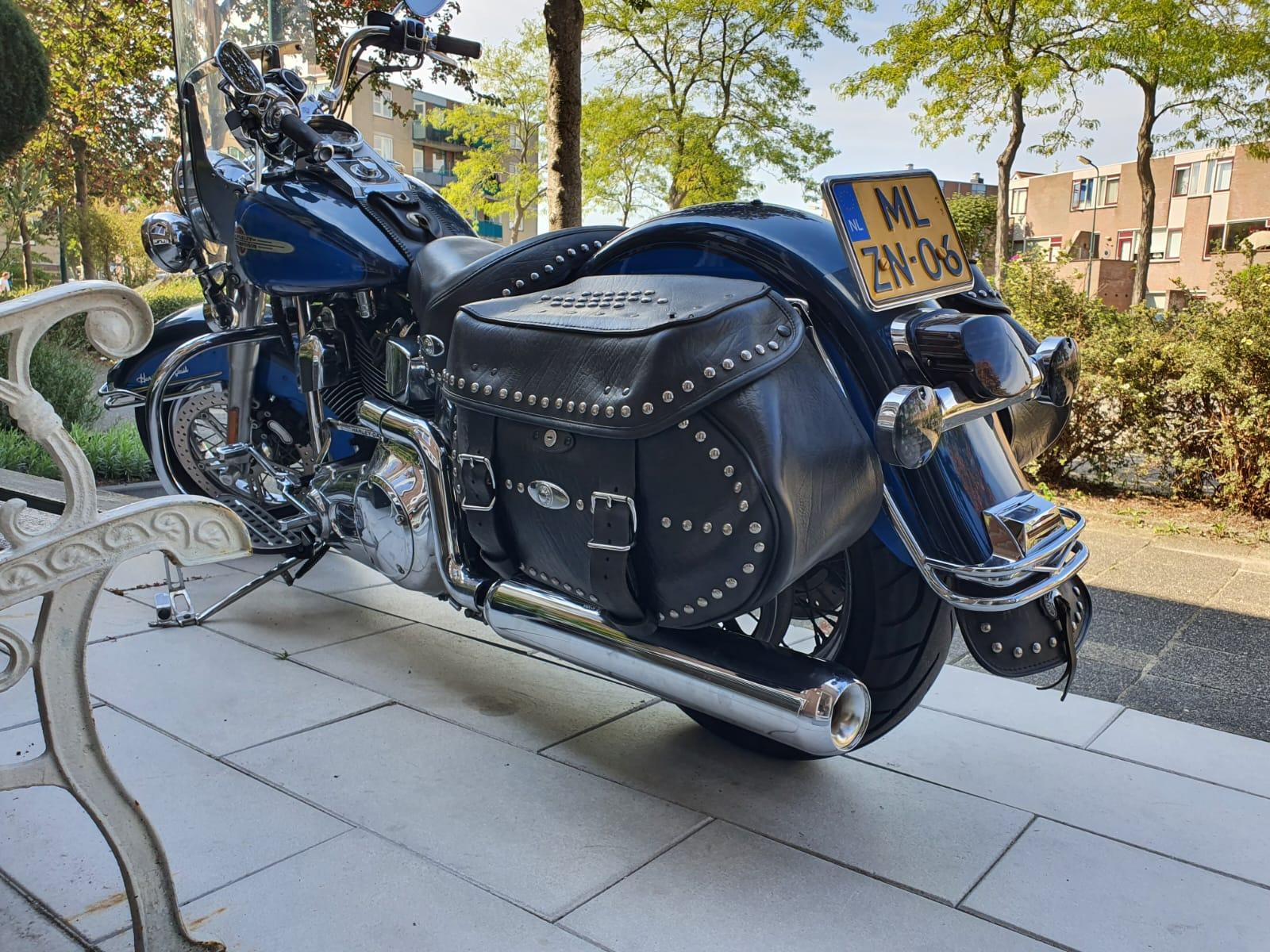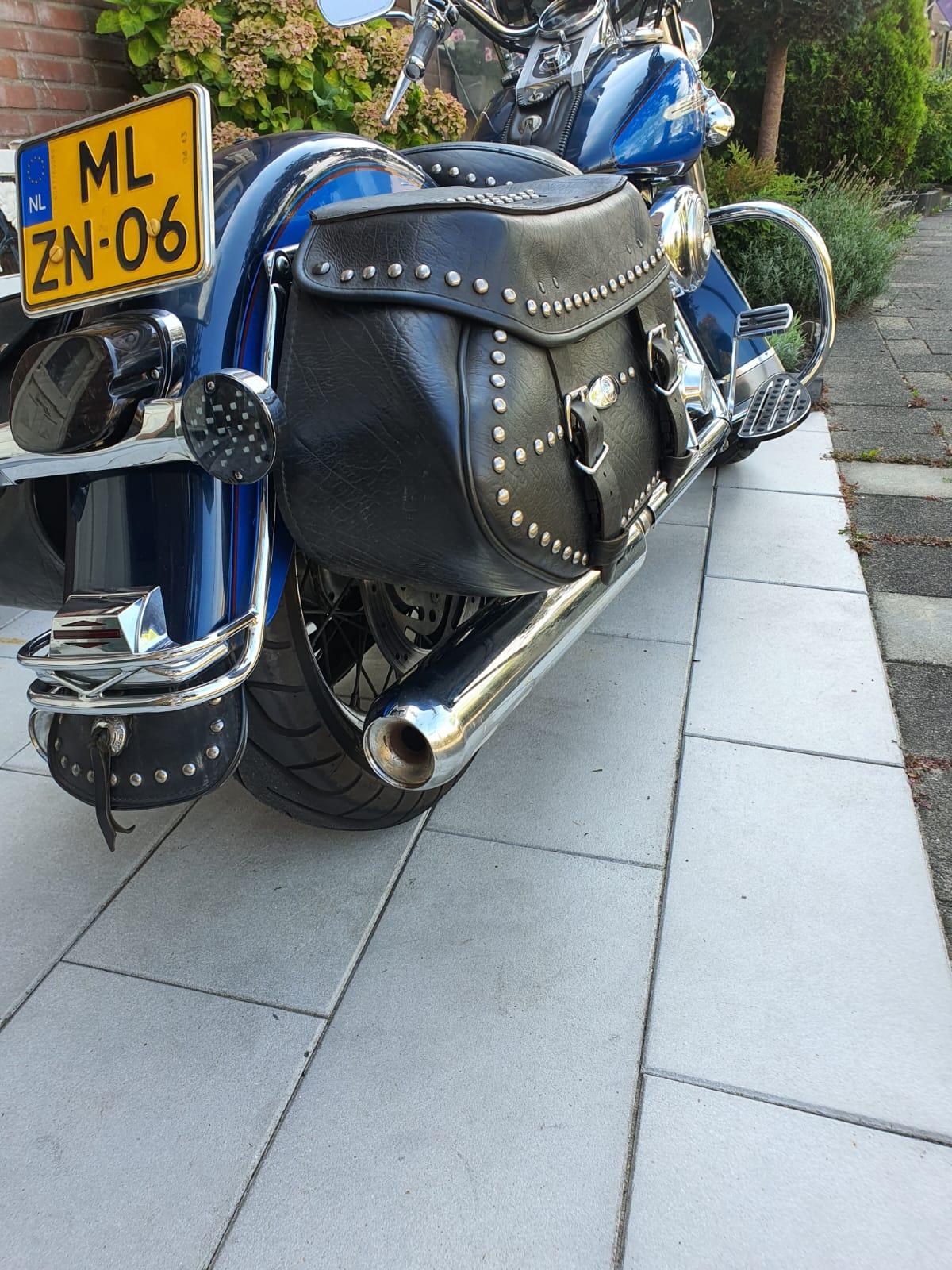My Atto 3 was delivered in November 2022, one of the first in the Netherlands.
I have posted a few previous reviews on my website, in which one important drawback remains for me.
This concerns the climate control system in this car.
On top of all that I have written in the rest of this article about the genuine failure of the Climate control system, it is worth mentioning that a nagging concern is the fact that the Climate control system’s controller software is not sturdy enough. OR- at least it is made without the user in mind.
Meaning, that every time I switch from ‘outside air only’ON to ‘outside air only’OFF and vice versa, the FAN goes UP to position SEVEN and simultaniously the air is no longer directed to the front window but to the center position. Impossible to understand why my settings are not remembered.
The system always does this, so after every change I need to make when the front window is fogging or the car’s interior is overheating when set to 18degC (read the below main article for this) , these 2 settings have to be revisited over and over again, in practice every 5 minutes. While driving.
Since the air direction switch UP/CENTER/FLOOR is not simply available as a knob but as a setting that is not available directly on the LCD screen, I need to do several things on the screen before I have this settled and after that I can switch back to navigating by assessing the LCD at least 2 times. I find this extremely worrying and potentially dangerous. Even if we could get the controls for air directions directly on the LCD, it requires multiple user interventions to get it all correctly working again. While the fan also requires manual resetting also, of course but this one is directly available on the LCD screen.
MY MAIN REMAINING ISSUE WITH THE ATTO 3
Despite all the updates and changes to the climate control system’s operation, it continues to be a concern to me.
In my previous articles, I have explained in detail what the problem is and when it occurs.
When it is really damp outside, the front window will become fogged which can easily be solved by setting the climate control to LO. Tghis makes the foggy stuff go away due to the fact that the cold air is humidified by the system when it ios set to LO. But this means it will get pretty cold in the car. Then, when the window has unfogged you can set the climate control to 18 degrees or higher which kicks the heatpump around from cooling to heating. That takes some time and then the car will get warm inside. Then, after a short period of time it gets too warm, I then set the air to ONLY AIR, doing this will let the damp air comes in and the front window gets fogged again. Thus, I then put the climate control to LO again, which takes some time to activate due to the heatpump changing function, and so on.
The above experienced problem only happens when it is between 12 and 18 degrees outside when it is damp or raining.
When it is really freeezing cold, the outside air is usually dry and I don’t have fogged windows. Also, I will have the heater function of the heatpump on and this also clears the foggy windows.
When it is between 0 degrees C and around 12 degrees C, I usually use the hot air function of the heat pump and this removes any possible fog,
When it is really hot, above 20 degrees C, it is also usually dry air and I don’t have fogged windows. And- when it is really hot above 25 degrees C, I will have the LO function of the heat pump on and this clears the foggy windows.
WHY DO CARS WITH CONVENTIONAL AIRCO AND SEPARATE HEATER DON’T HAVE THIS PROBLEM?
In a cumbustion engined car with an airco system an d a seperate heater on board, you can use both that AND the heater. In such a car I never have any problem with fogging windows under humid conditions. Because there is a setting in such cars that defogs the windows by using the demoistering of the airco function together with to the standard heater function to evaporate the fog. Simple and effective.
The BYD Atto3 does not have a separate heater and the heatpump can onlo do either produce cold air OR hot air. So, it is my belief that my experienced problem with getting inside fogging windows can just not be solved, excpt by continuously play with the car’s heatpump and fan settings, causing unwanted temperature changes in the car, in my user’s experiences causing the car to be mostly way too cold under exterior humid conditions.
An additional problem with the climate control system is that the cold air function only has one setting, namely “LO”. In the “LO” setting, you can only control the amount of cold air with the fan speed setting. The temperature cannot be adjusted, so the air flowing out is always very cold in the “LO” setting, regardless of the speed at which it flows into the cabin.
Heating from 18 degrees and above.
You can also choose which airflow options you want to use: windscreen, centre or bottom. You can set any combination, but the system will only remember this setting if you do not change any other climate control settings.
Because it is not possible to mix cold and warm air, not even with the outside air, you are either in the cold OR in the heat.
THE CAUSE OF MY EXPERIENCED CLIMATE CONTROL PROBLEM WITH THE BYD ATTO 3
The Atto 3 is equipped with a heat pump for the climate control system. This was touted as a major advantage at the time of sale. A heat pump is much more efficient than conventional electric heating and is also much more efficient than a normal cooling system (also known as air conditioning).
The disadvantage of a heat pump is that it can only do one thing at a time: heat or cool.
Heating and cooling at the same time is impossible due to the way a heat pump system works.
This is because the heat pump system reverses the operation of the condenser and radiator. When a heat pump is used as a cooling system, you have a radiator in the outside air that gives off heat and a condenser that gives off cold in the car or in your living room at home (in the case of a heat pump in a home installation).
When your heat pump is used for heating, the outdoor unit acts as a condenser and releases cold (i.e. absorbs heat), while the indoor unit acts as a radiator that releases heat and absorbs cold.
With a heat pump installation that can both cool and heat, you have two settings on the control panel: cooling or heating. In the Atto 3, these are LO for cooling and 18 to 26 for heating on the control panel. In practice, this means that in the LO setting, ice-cold air always flows into the car and in the 18 or higher setting, warm air always flows into the car. The only way to regulate anything is with the fan speed and by playing with the three cold or warm air flow options.
THE SOLUTION FOR MY POOR EXPERIENCES WITH THE AIR CONDITIONING SYSTEM IN THE BYD ATTO 3
For a year now, the Atto 3 has also received a setting that allows air to flow into the cabin WITHOUT using the heat pump.
This is a pleasant solution for the summer when it is dry, but my problems with fogged windows only occur when the outside humidity is very high, or when it is raining or foggy. This is not solved by having a “HEAT PUMP OFF” setting.
When it is freezing and dry, I have no problem: I just turn on the heater. Under such conditions, no moist air enters the car when it is very dry outside, regardless of whether it is freezing or not.
And if no moist air enters, the windows will not fog up and the heater can remain on. Or not. But then you don’t need the LO setting to blow the windows dry.
Unfortunately, weather conditions in the Netherlands often cause the windows of the Atto3 to fog up while driving.
The only solution for me is to always have the LO setting on in such weather conditions. And that makes it very cold in the car.
COATS ON IN THE ATTO 3 WHEN IT’S DAMP OUTSIDE
So we always sit in the car with our coats on when it’s raining or foggy outside, because of the cold in the car due to the fact that the car has to be in LO mode, otherwise the windows will fog up.
It’s crazy, but in case of rainy or very humid weather on the road, we always have a set of coats in the back of the car, just because we sometimes just don’t wear a coat outside due to the good weather conditions.
Depending on the number of people in the car, I have to set the fan to 1-2 when I’m driving alone and to 3-6 when there is more than one person in the car with me.
Bizarre but reality.
Afterword:
Via a friend of mine, I got hold of an old school electric defogger device that very old cars could use to defog the front or rear car windows.
This is an interesting device with an electric heater and a fan. The device plugs in an electric 12V outlet and I tried it in my BYD Atto 3, to find out if this can solve my experienced front window defogging problem.
Although this device does work, it does not solve my problem since I would need a powerful heater as add-on for the entire car, next to the cold air in the same airflow to the front window. If I set the car to LO, the cold air is extremely cold and that cools to the point where it becomes very uncomfortable.
Solving my problem with fogged windows for the BYD Atto 3 can in my view only be solved by using the heat pump for heating and add a small electrical system to the car that can demoisterize (with a cold condensor) in the airflow to the front window. Such cooling systems exist for small appliances like mini refgrigerators and I am unsure wether this will be possible to use for my needed purposes.
Well- after a couple of weeks of experiences with the defogger I conclude that this makes things only worse. The electric window heater works fine for non-humid outside conditions but that was not my problem area.
What I hoped for was to use this electric front window heater in conjunction with foggy weather, rain and temperatures between 12 and 20 degC.
I had hoped by setting the airpump off through switching ‘outside air’ ON and by using the electric add-on wiindow heater I could get rid of the moisture.
The result was terrible. The fog spreaded to all windows and I could only get the fog out by switching to LO again, so the heatpump generated cold air with the recycling position for the cabin air to ON. This made the air dry and the fog was gone. BUT the car was terribly cold all of a sudden. So- this experiment did not solve the problem.
Please bear in mind that I am experimenting under live conditions and I cannot handle fog in the car while driving. So-experimenting is OK but there are limits.
Maybe BYD could step in here, but my dealer is not taking this seriously,
I have given this as problem back to them beginning 2023 but as they stated at that time is ‘all has to be solved via new firmware’.
I am by now convinced that the problems I am experiencing are not that easily solvable in soft-or firmware. And most probably neither in hardware. C)jantec.nl 2025Nov02
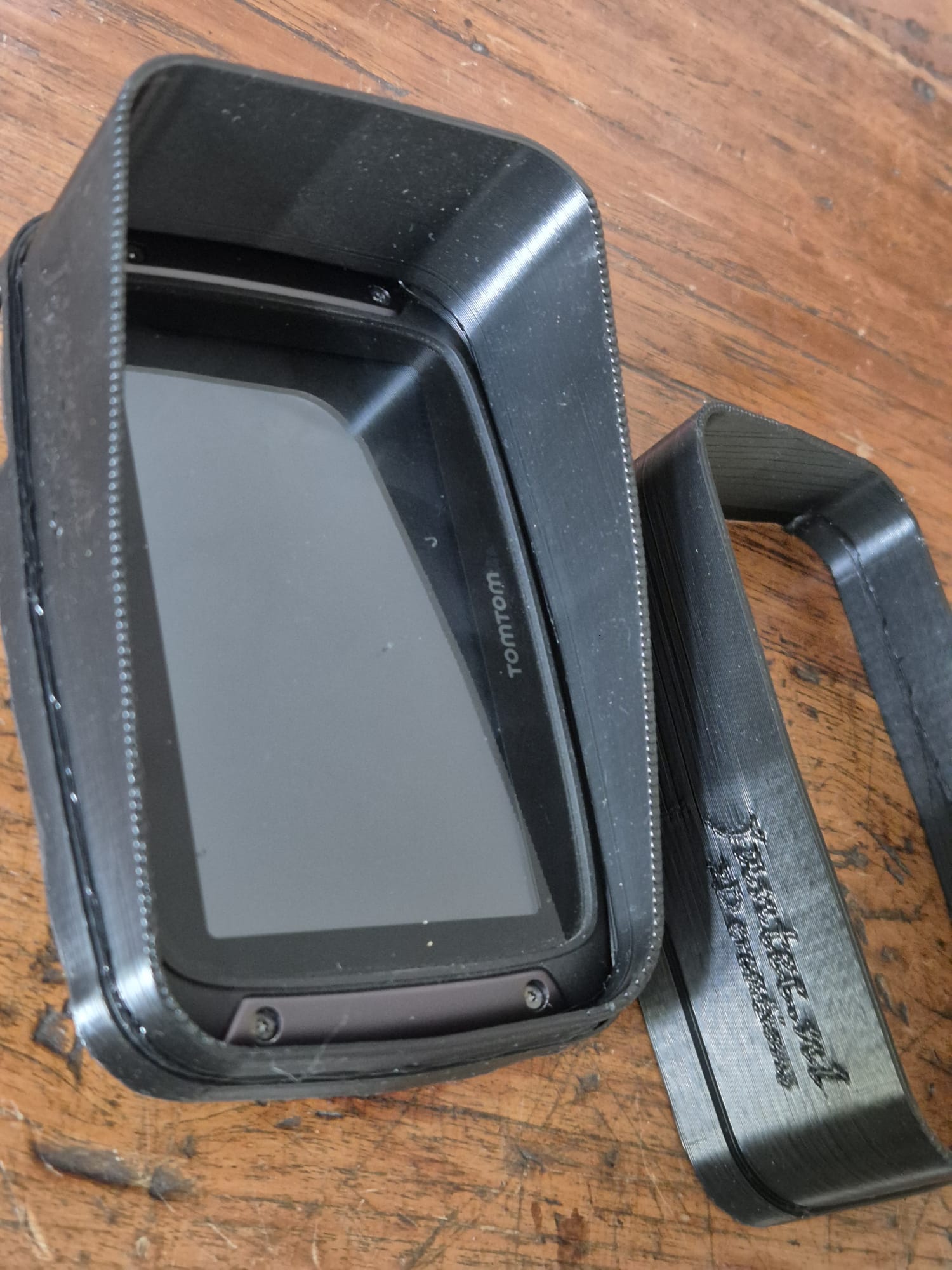
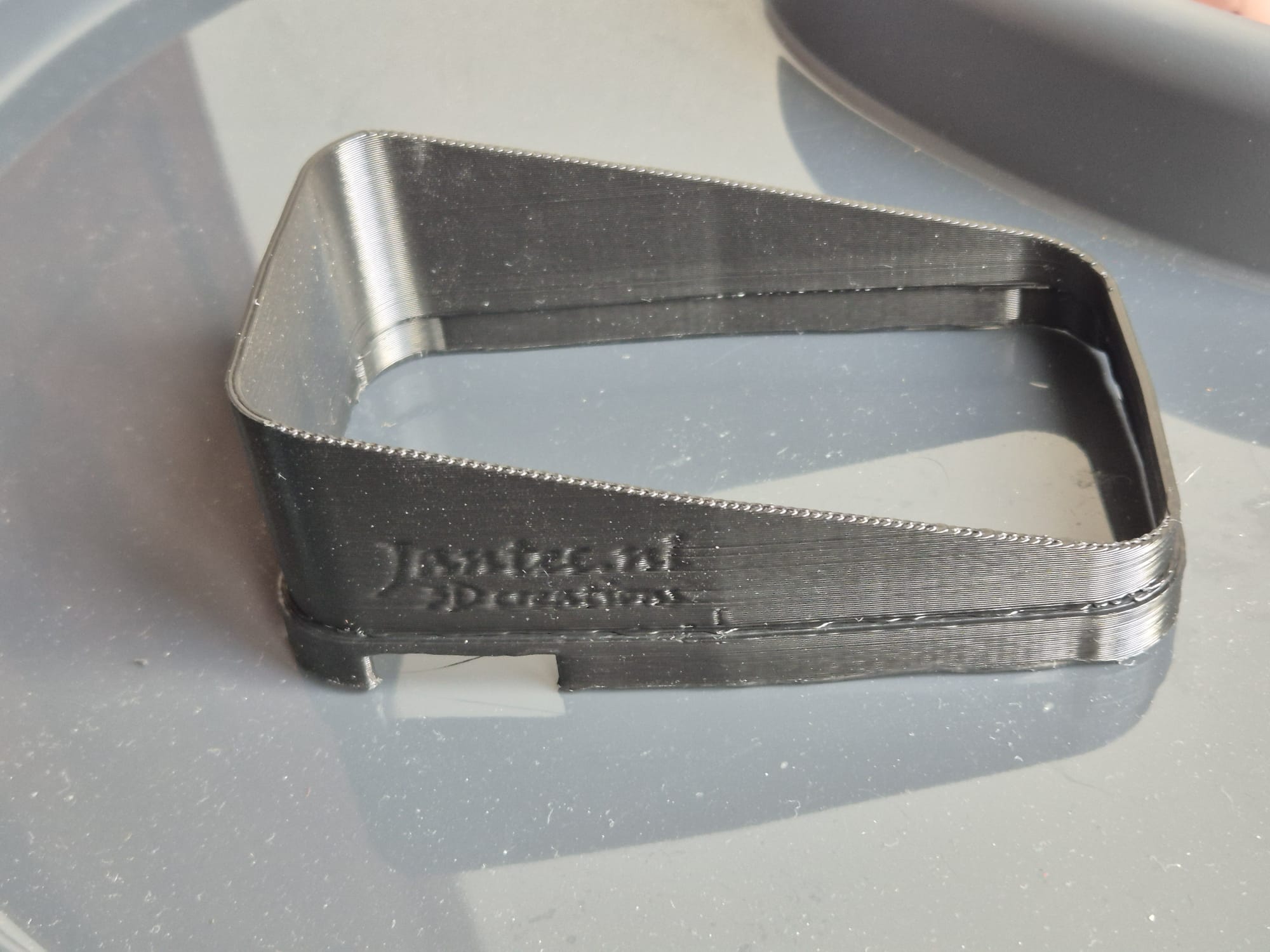
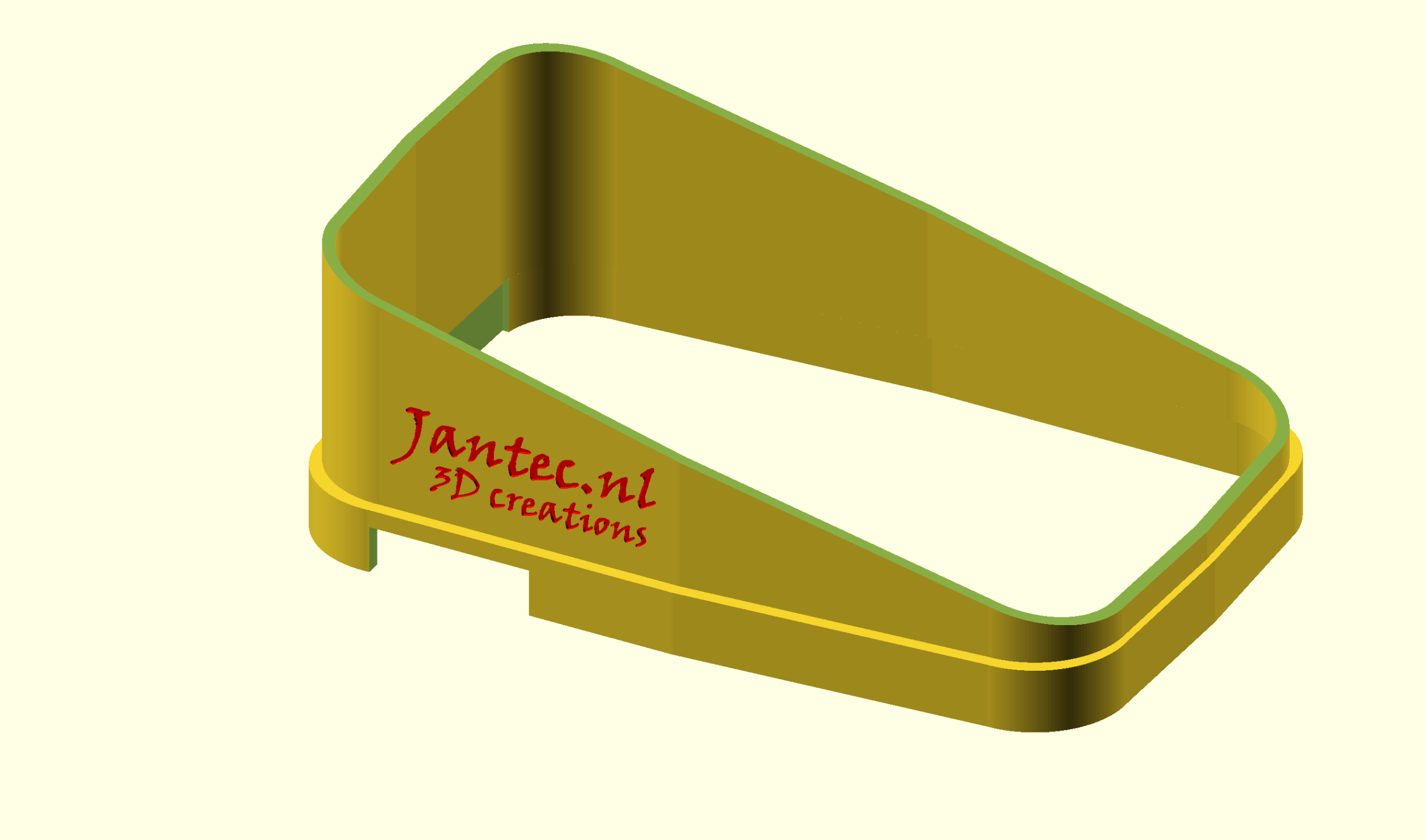
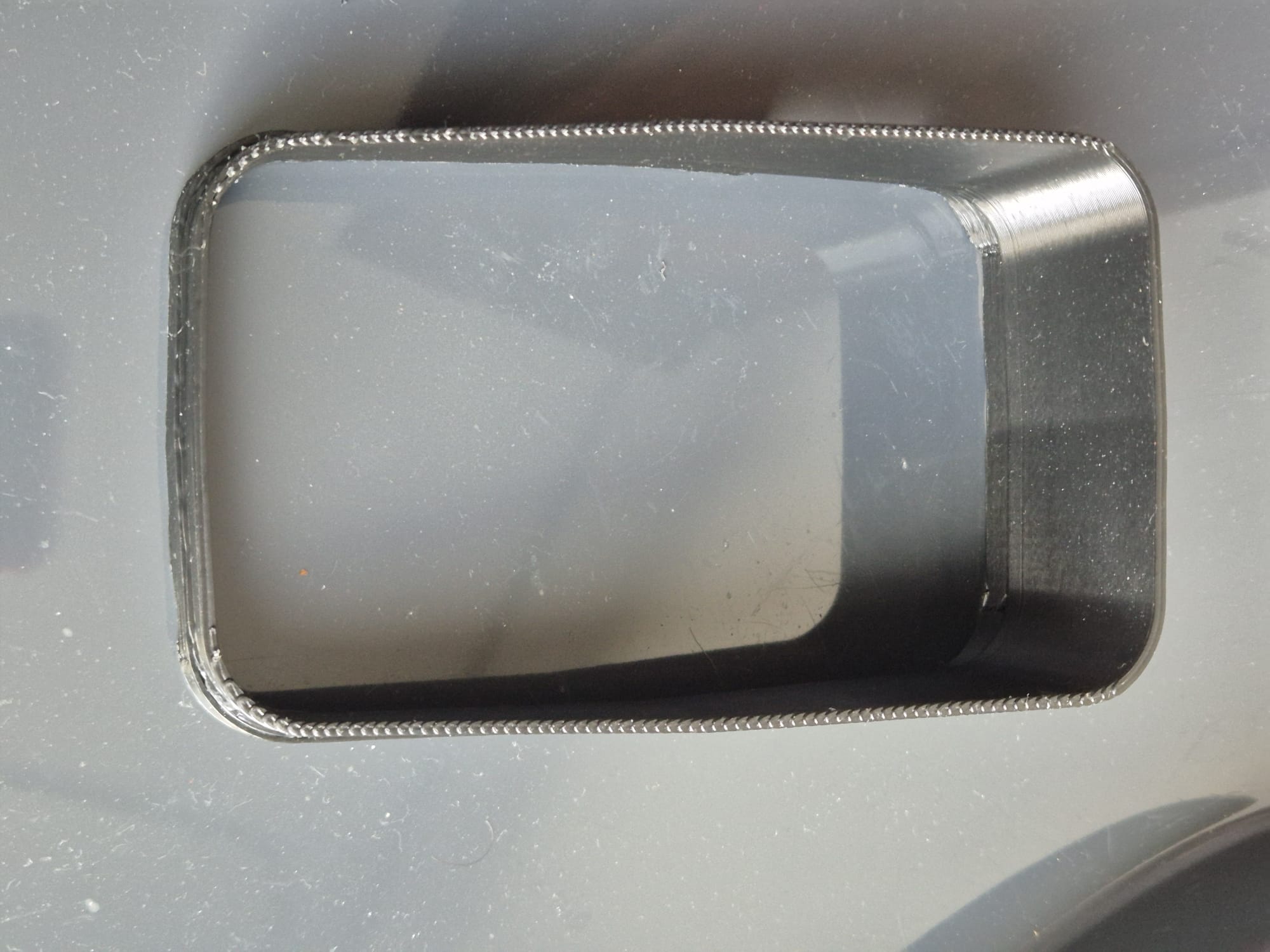
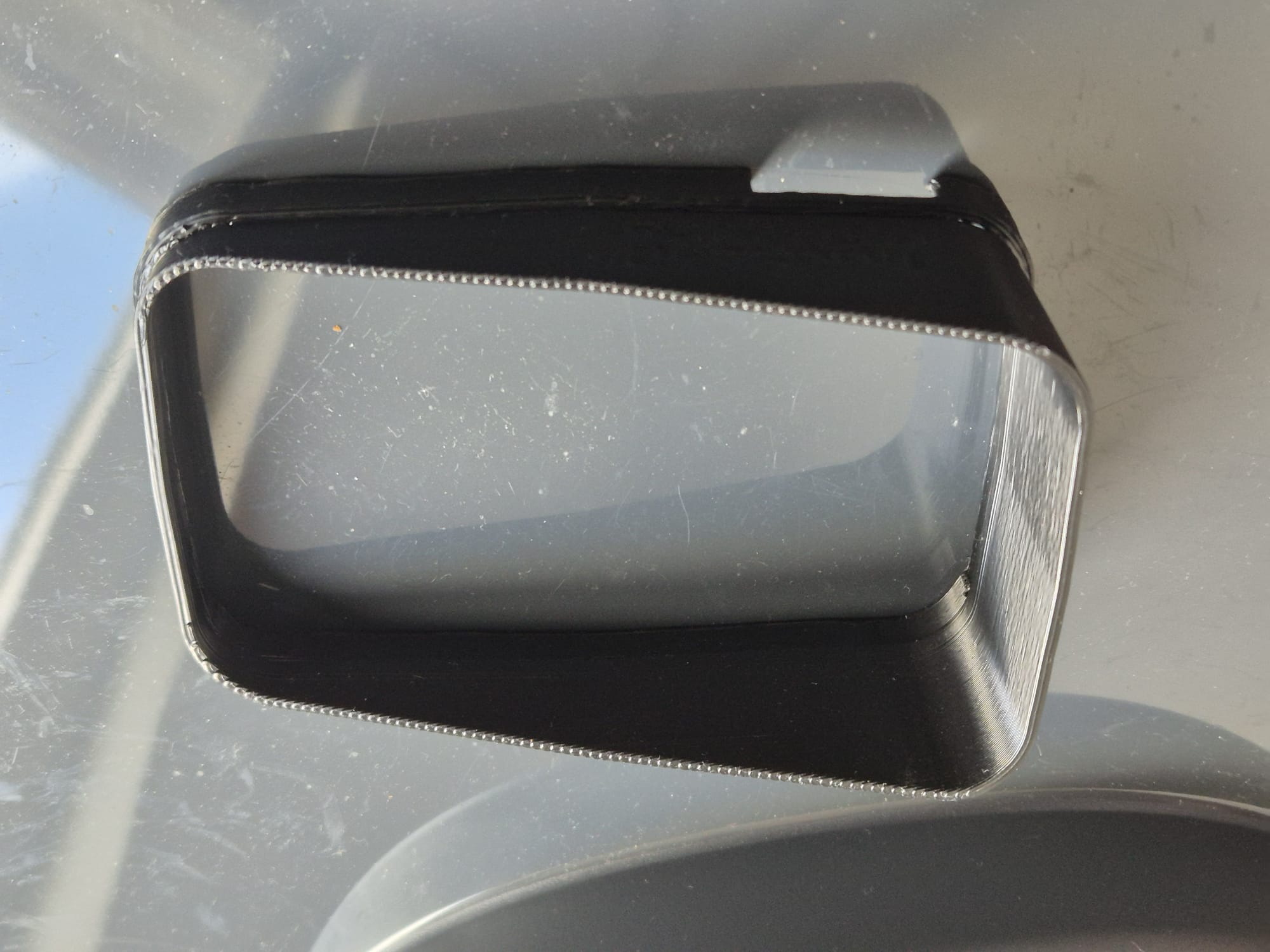
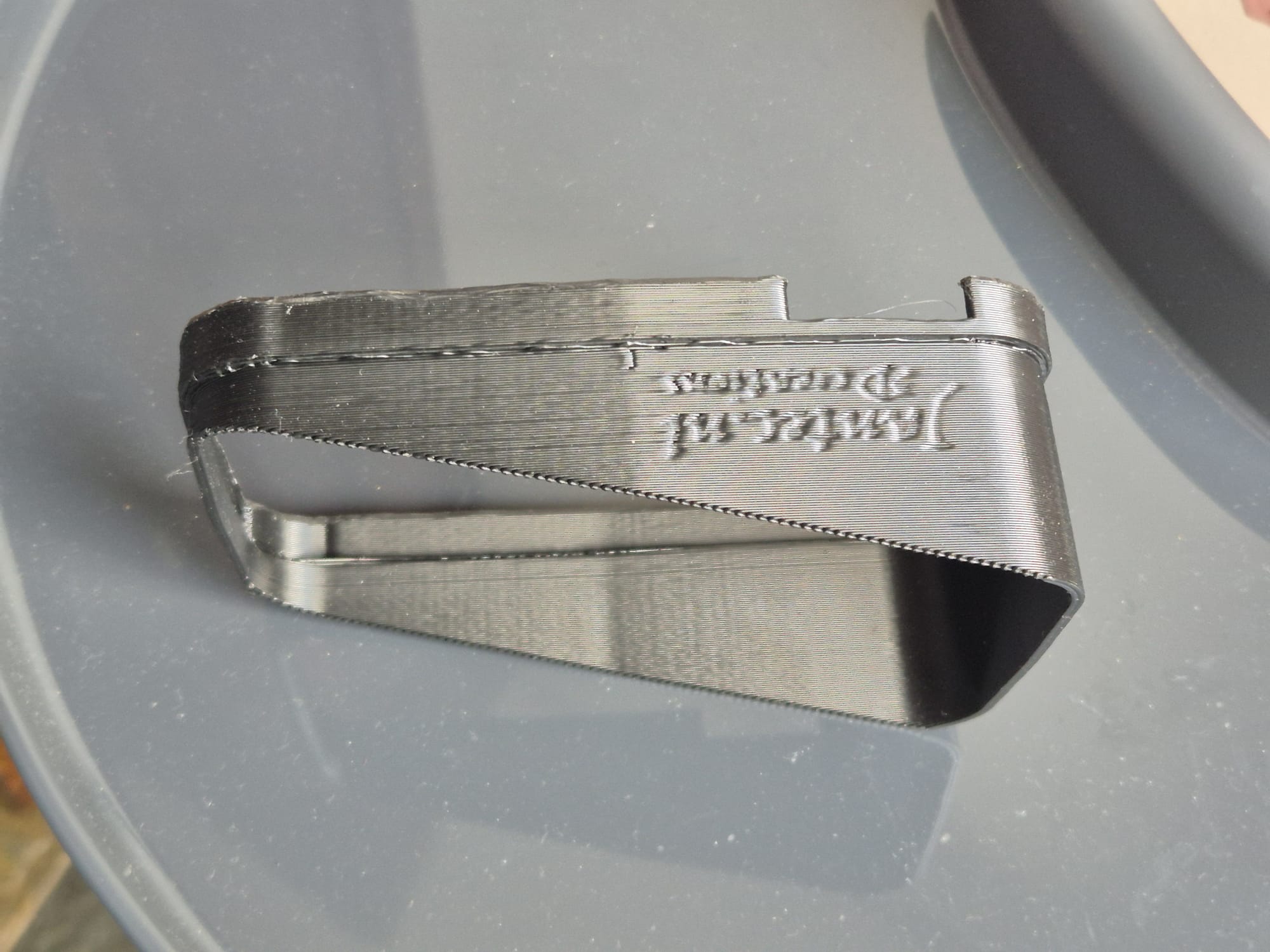
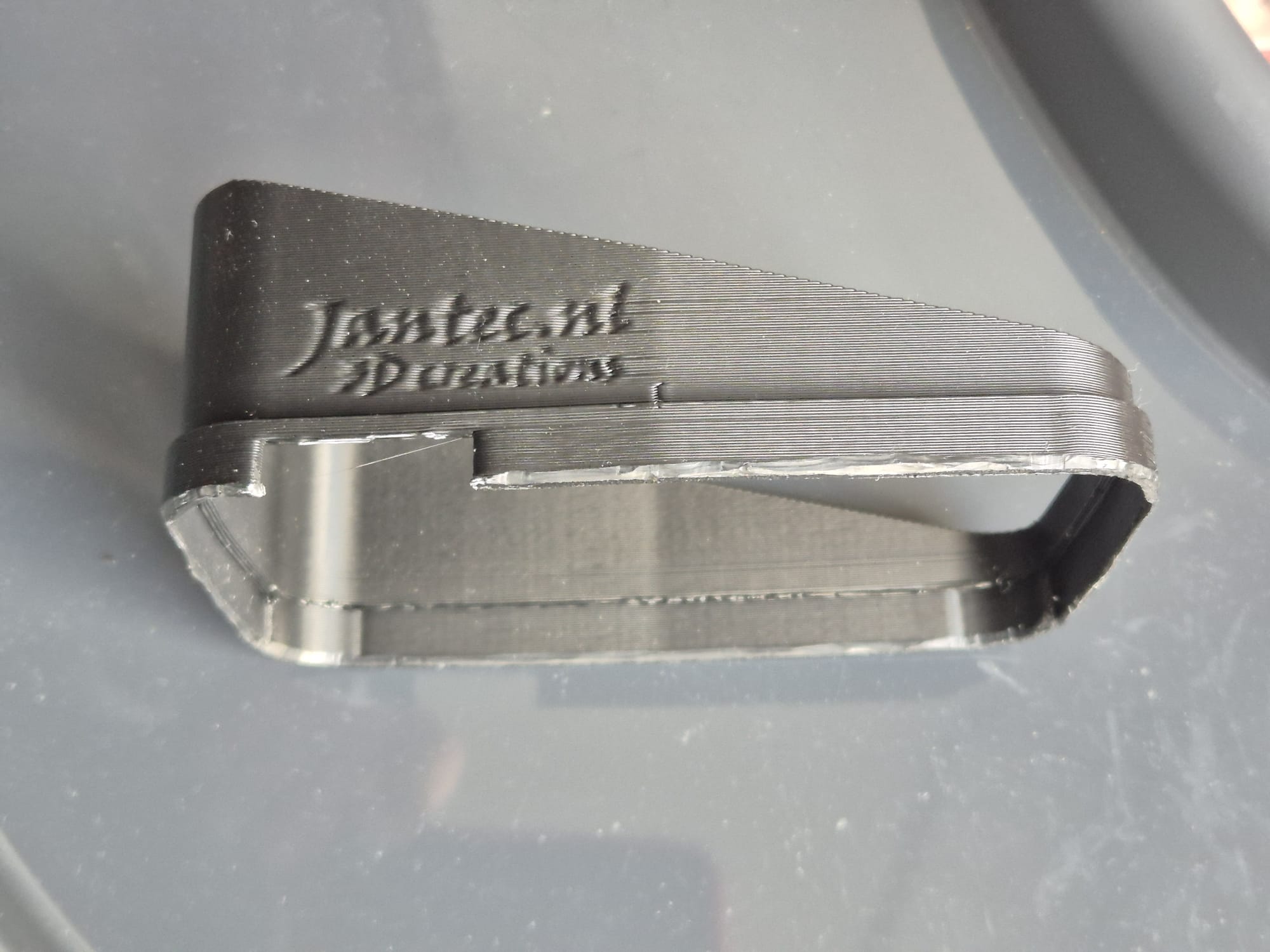
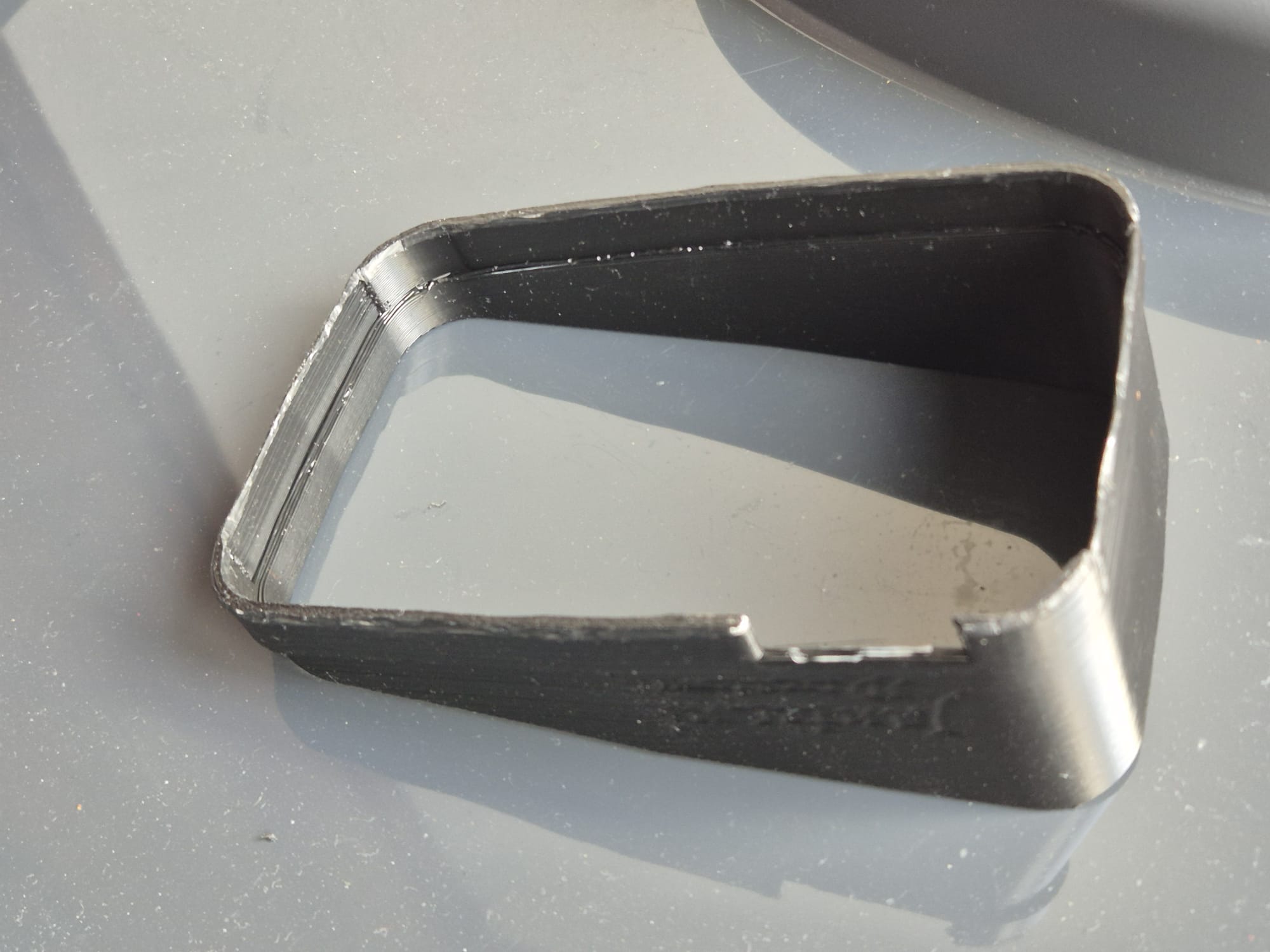
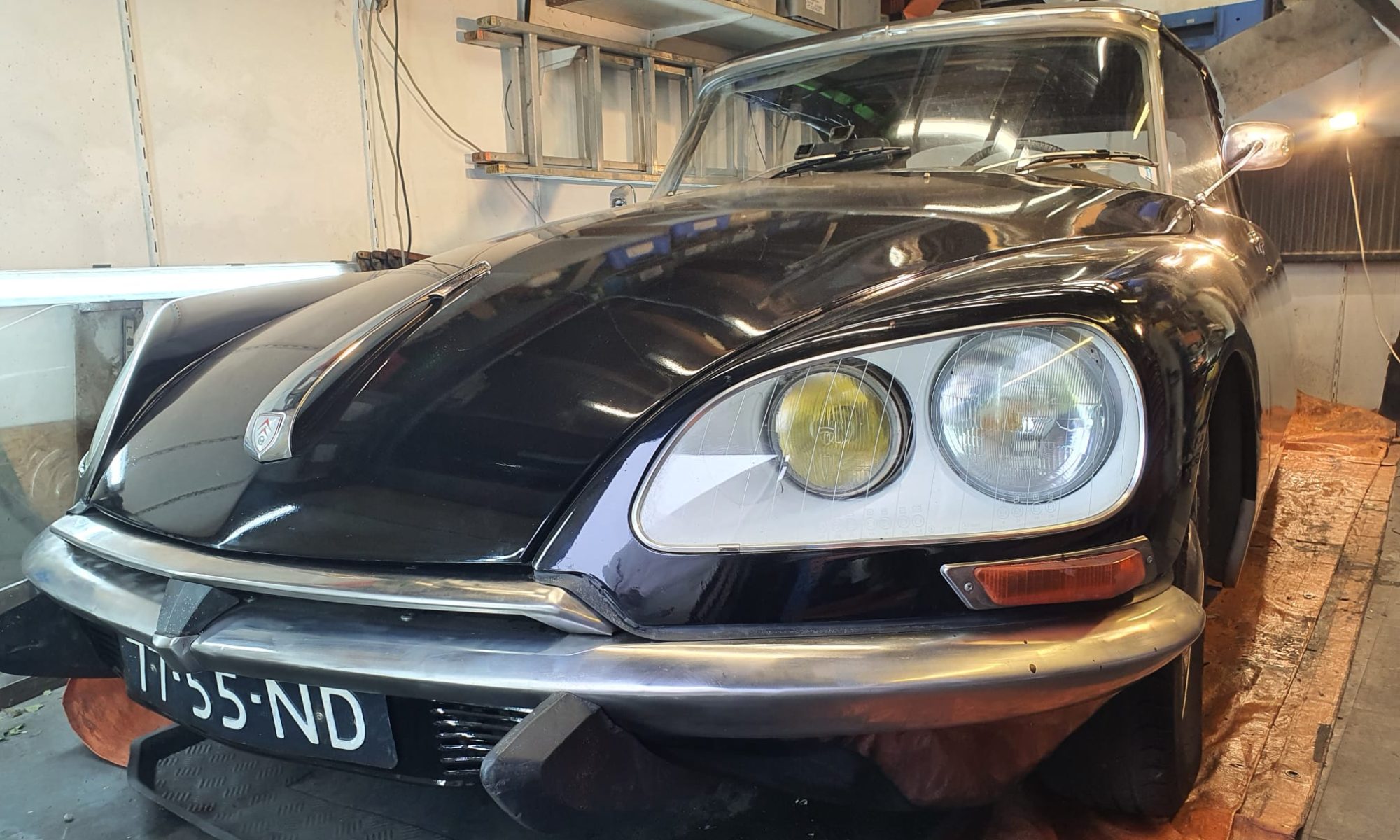

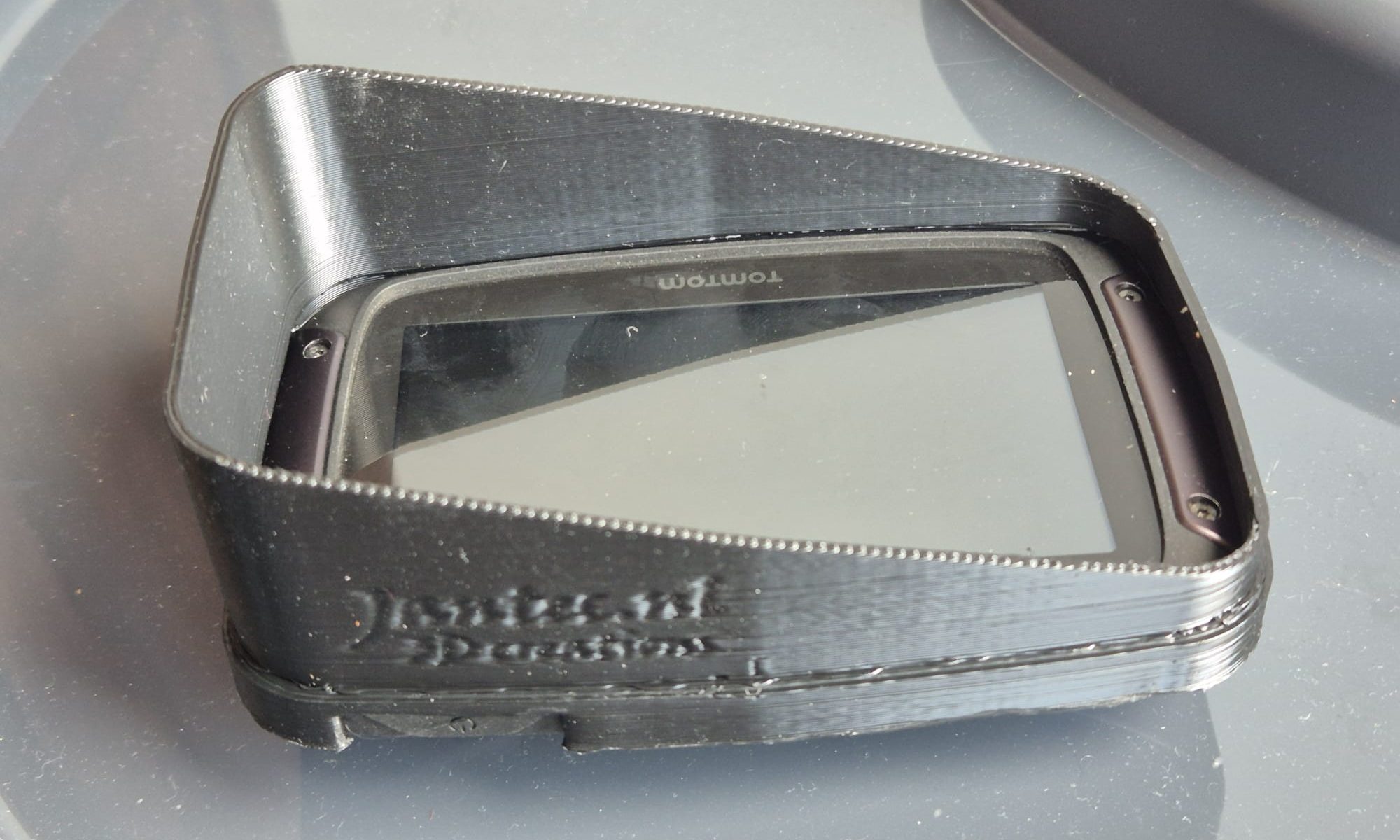
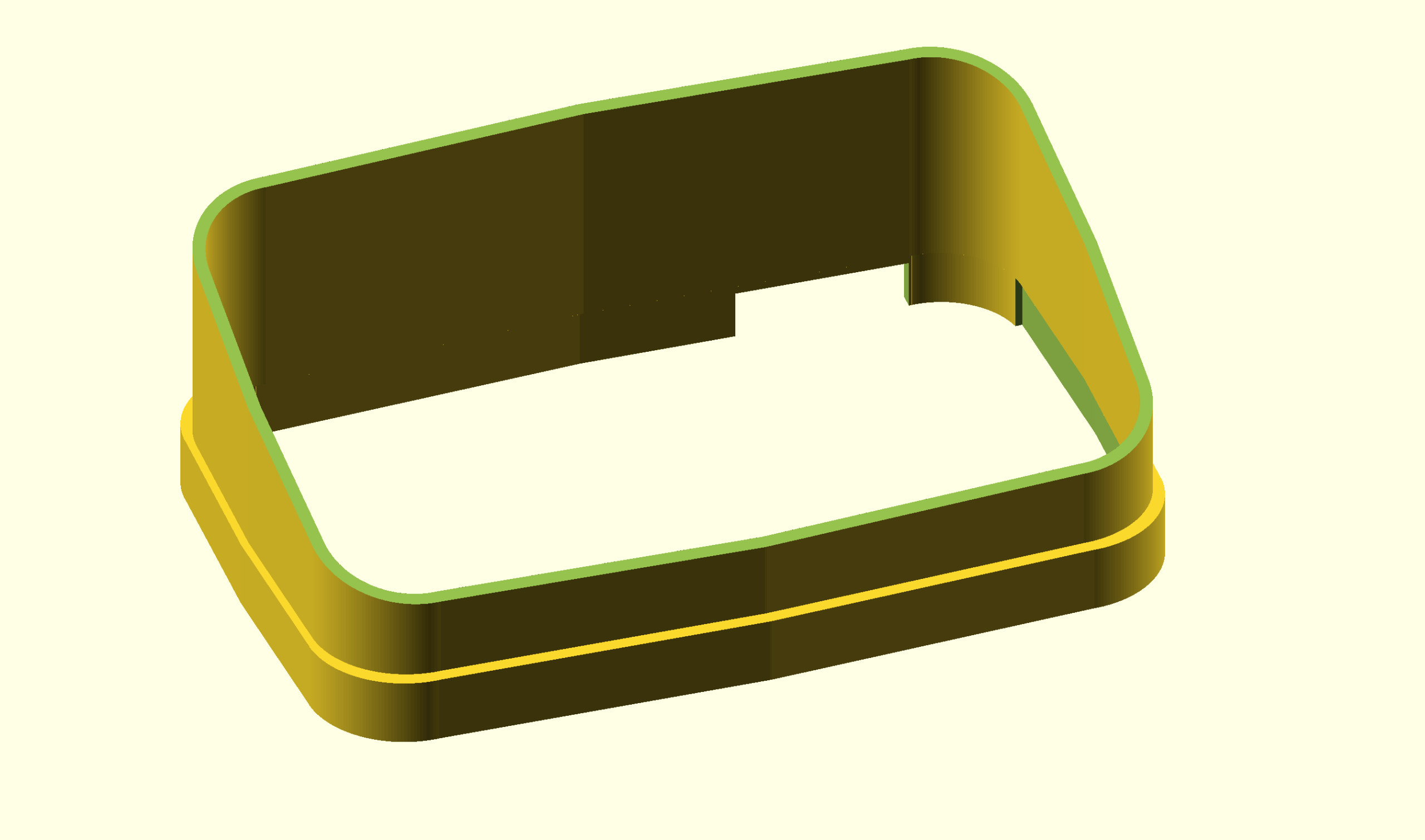
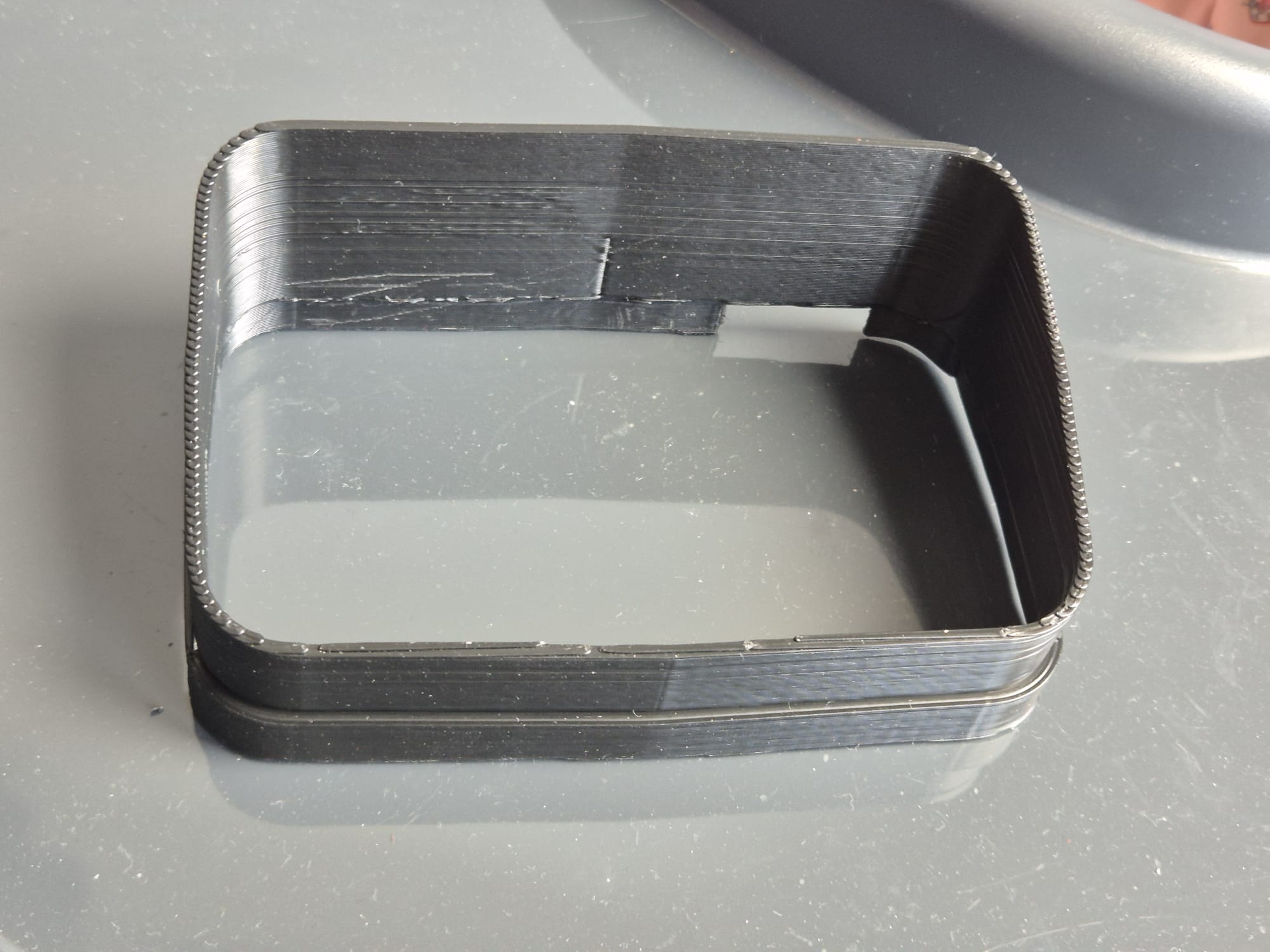
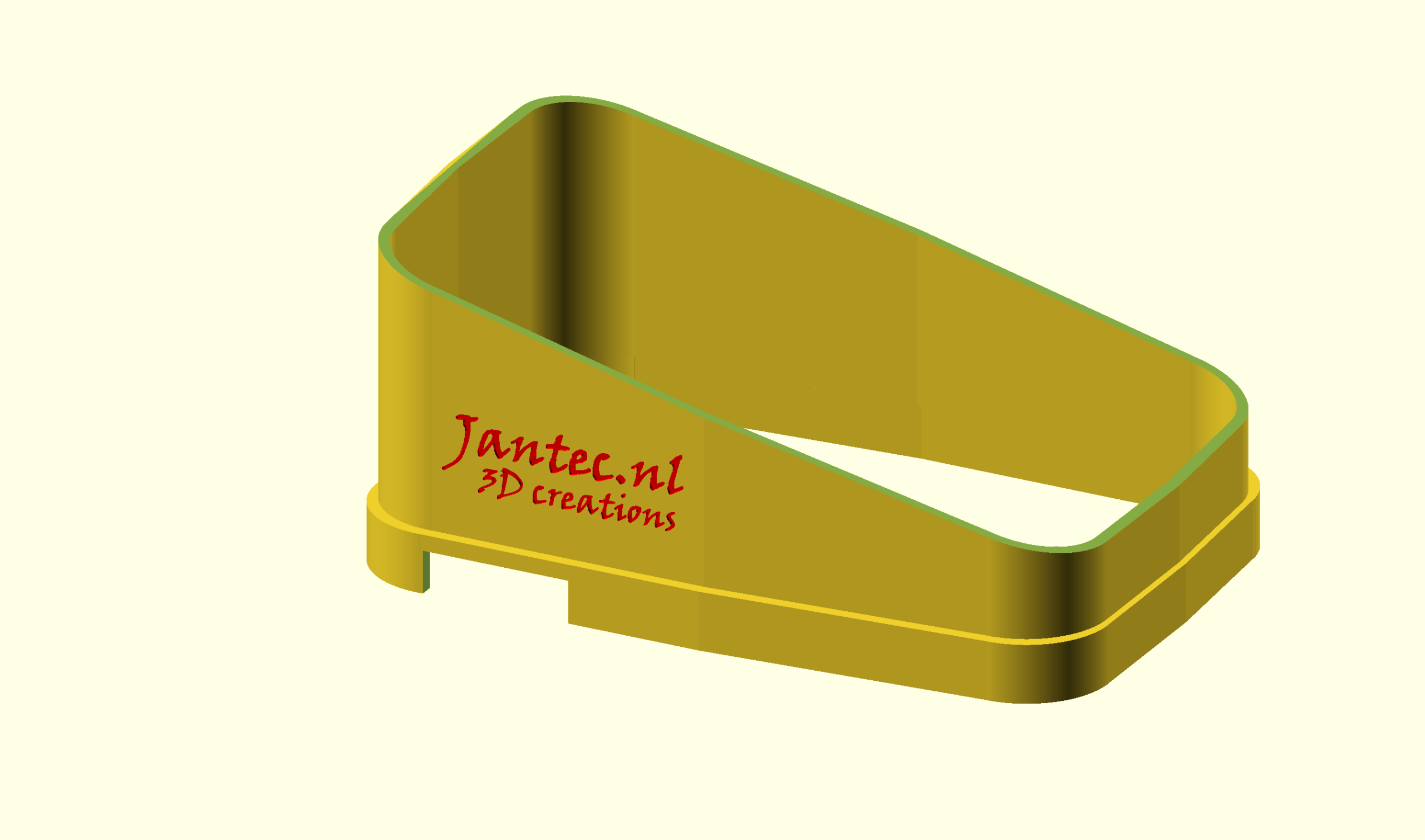
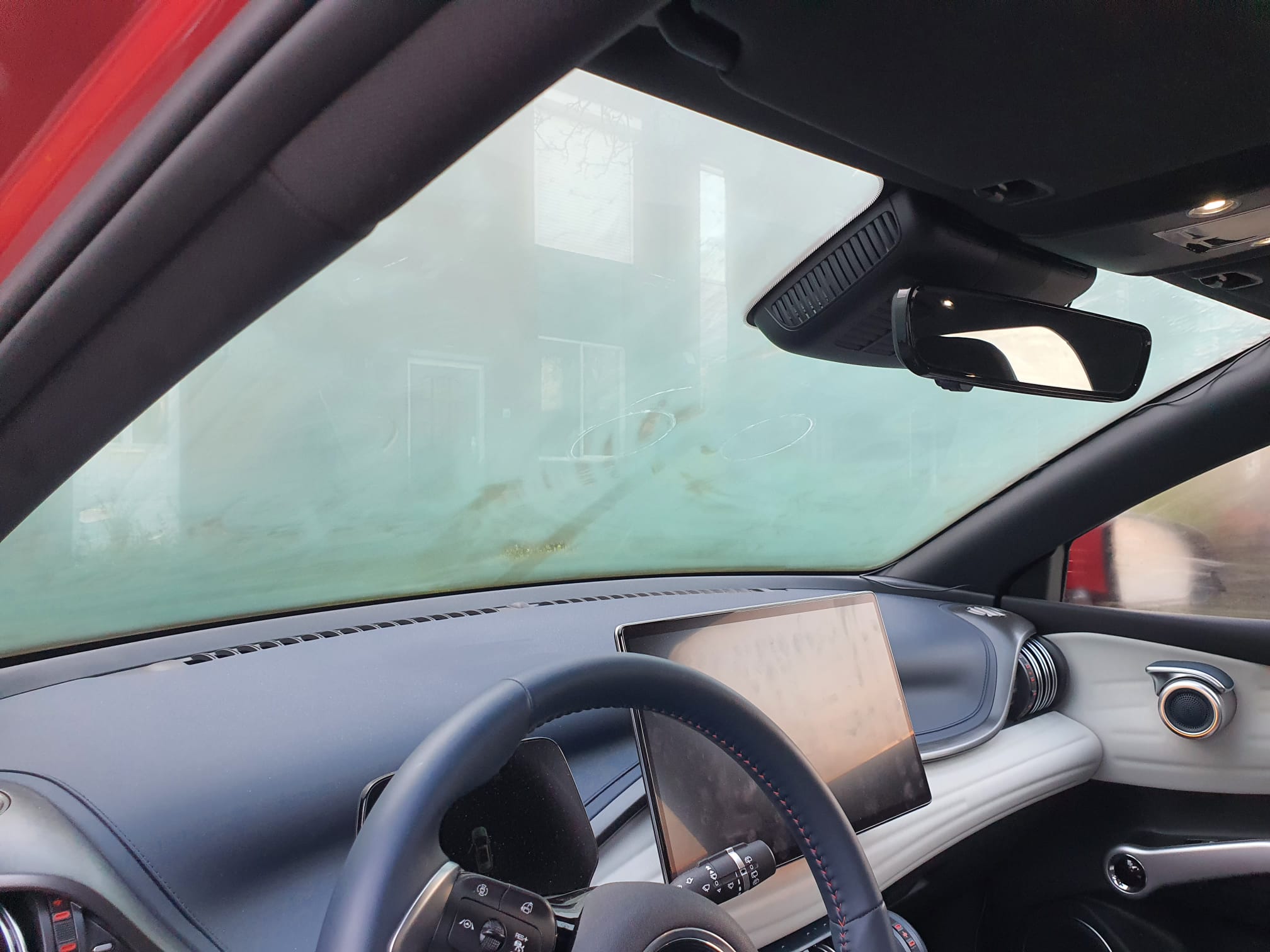
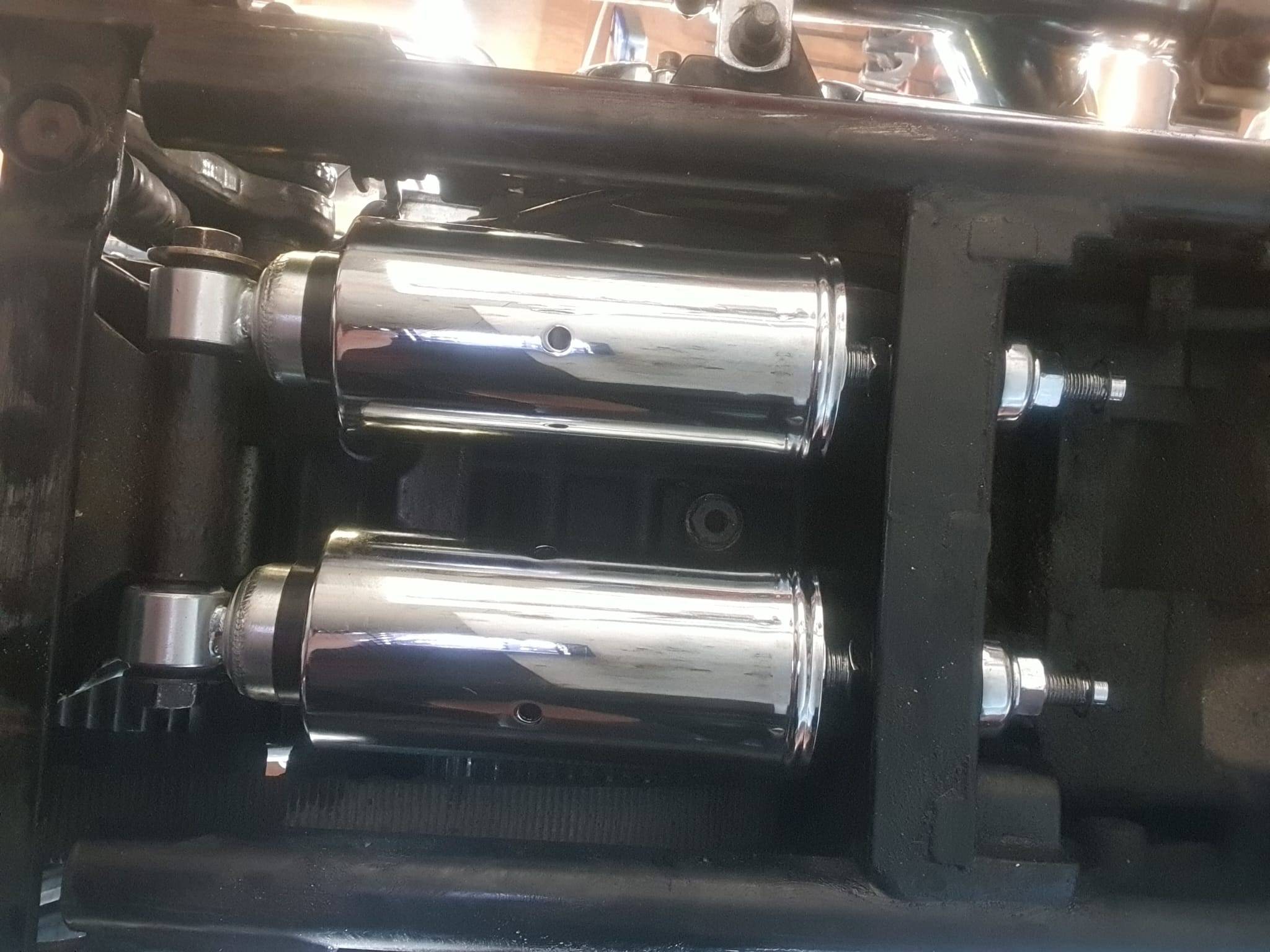
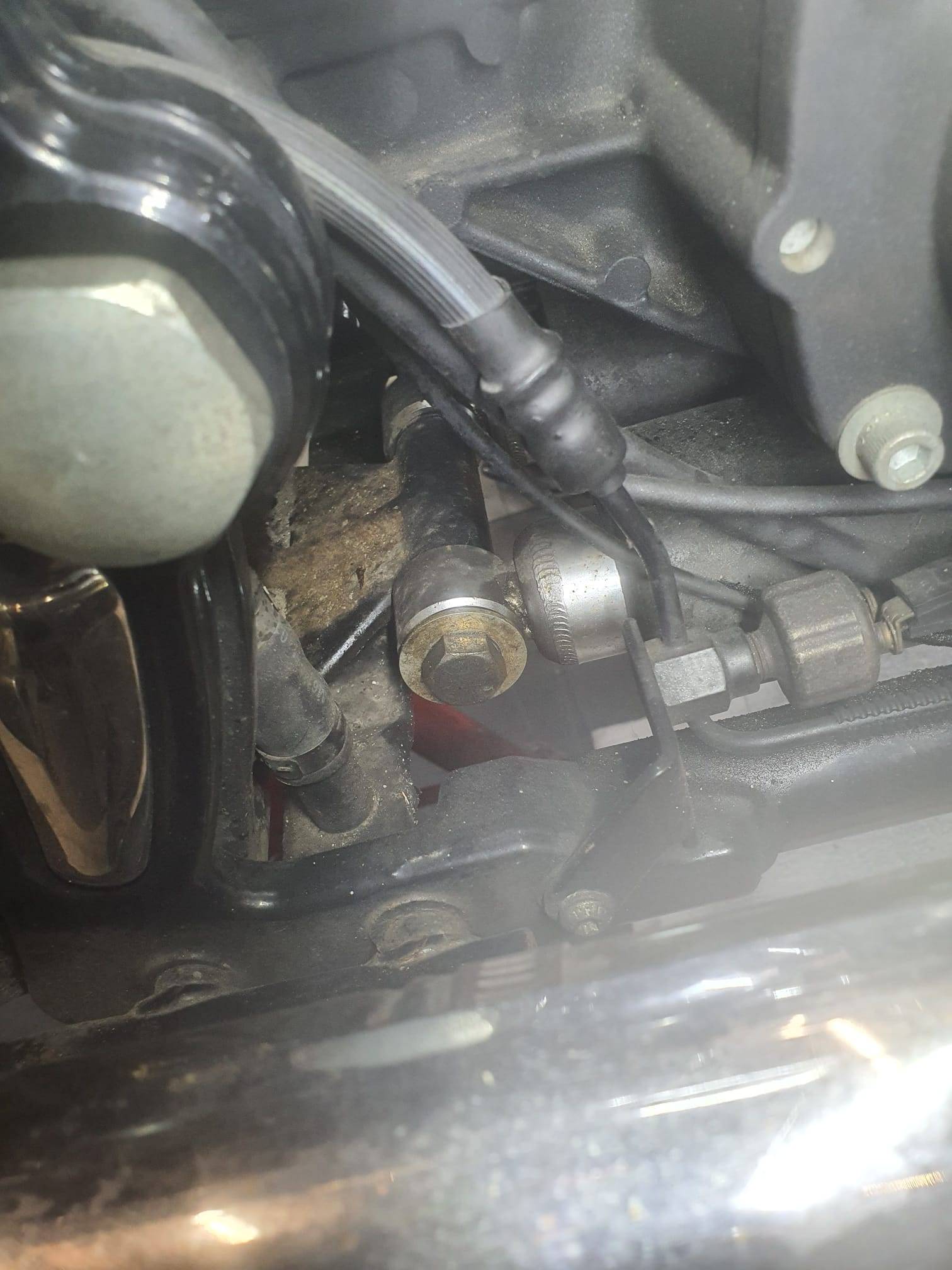
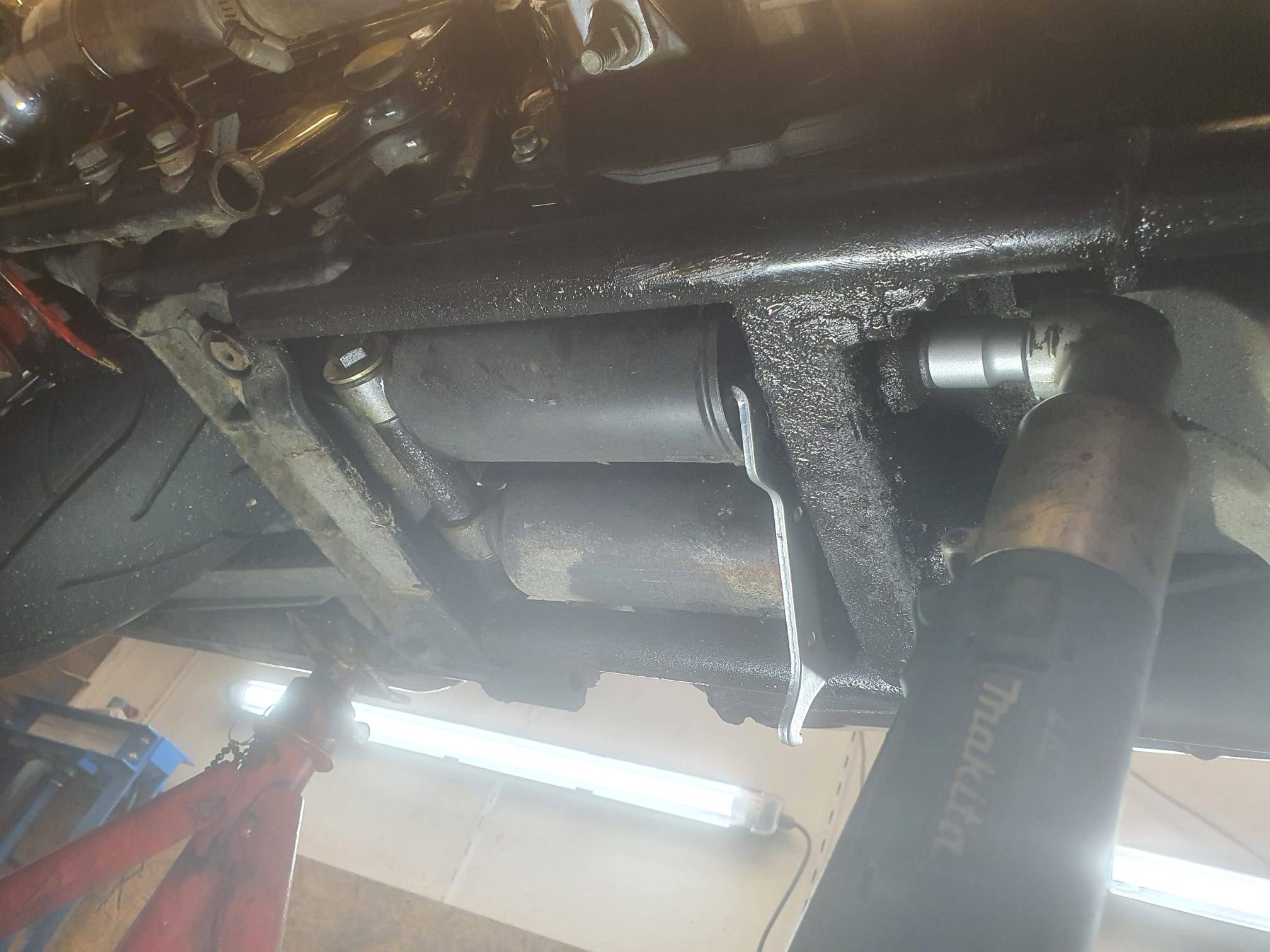
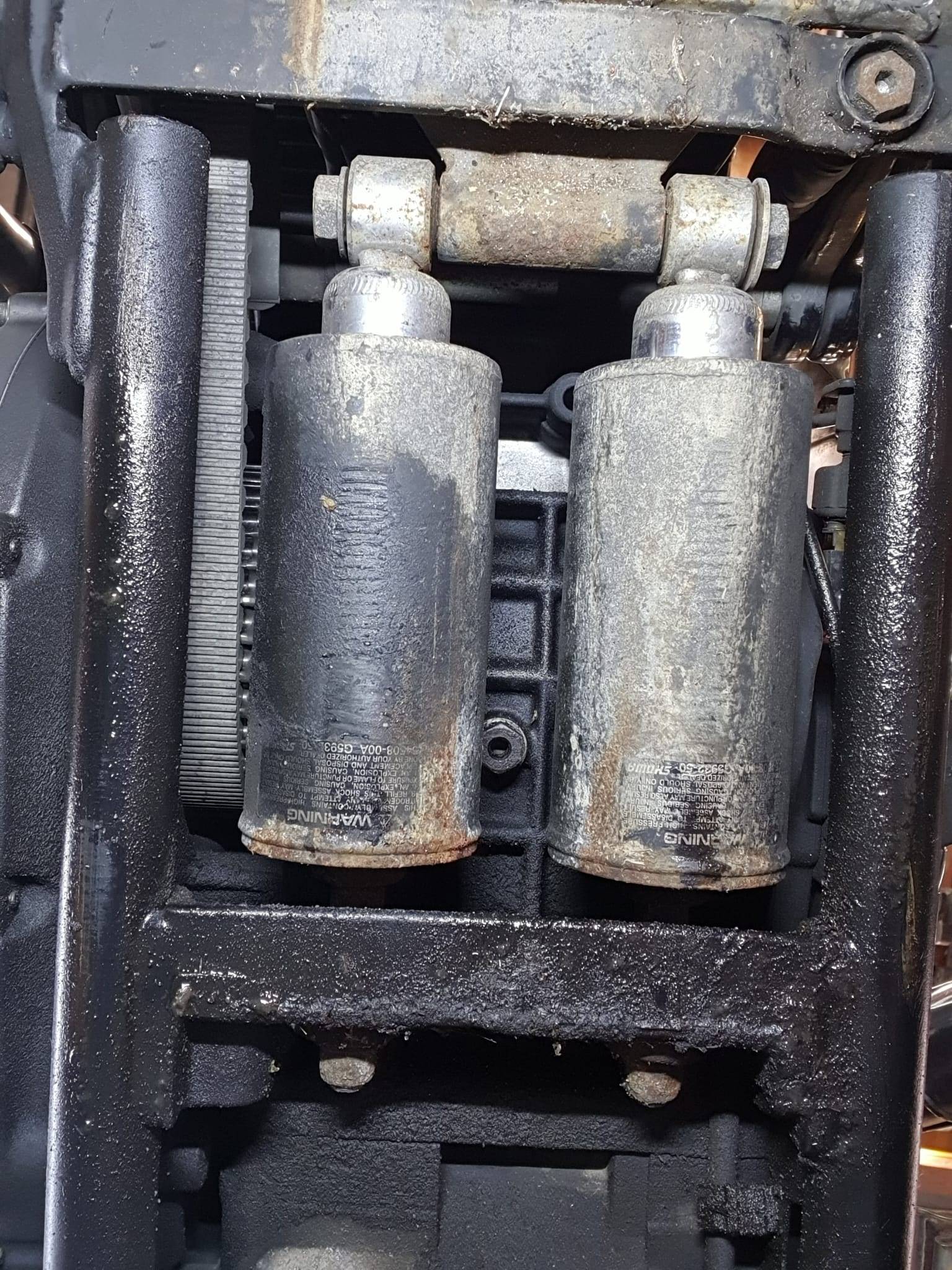
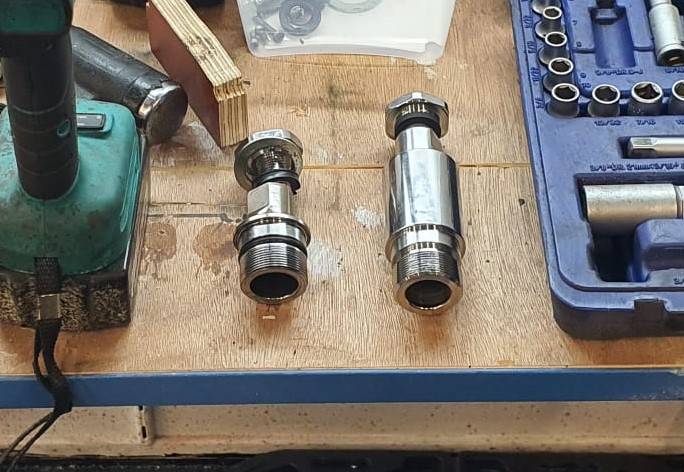
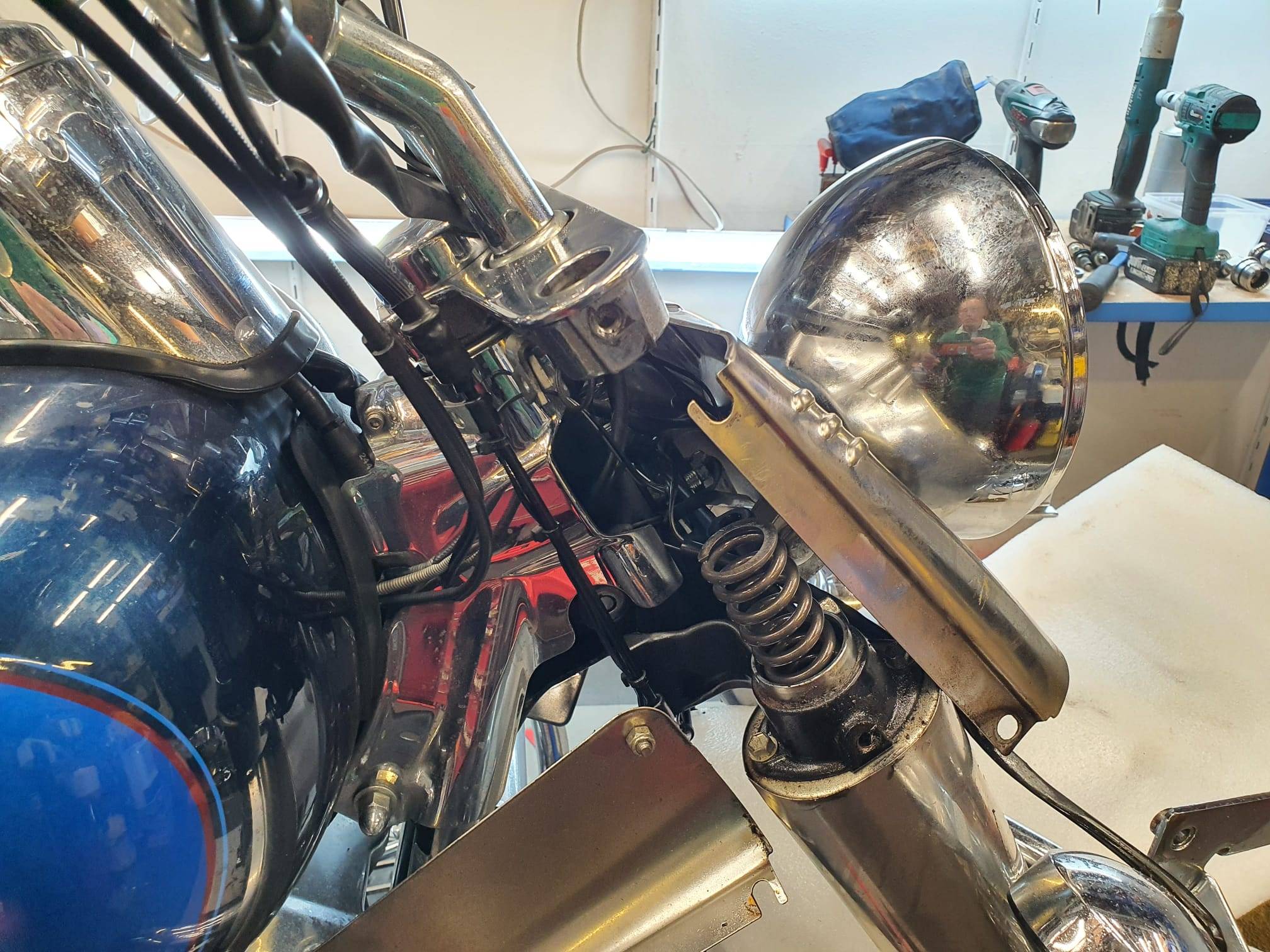
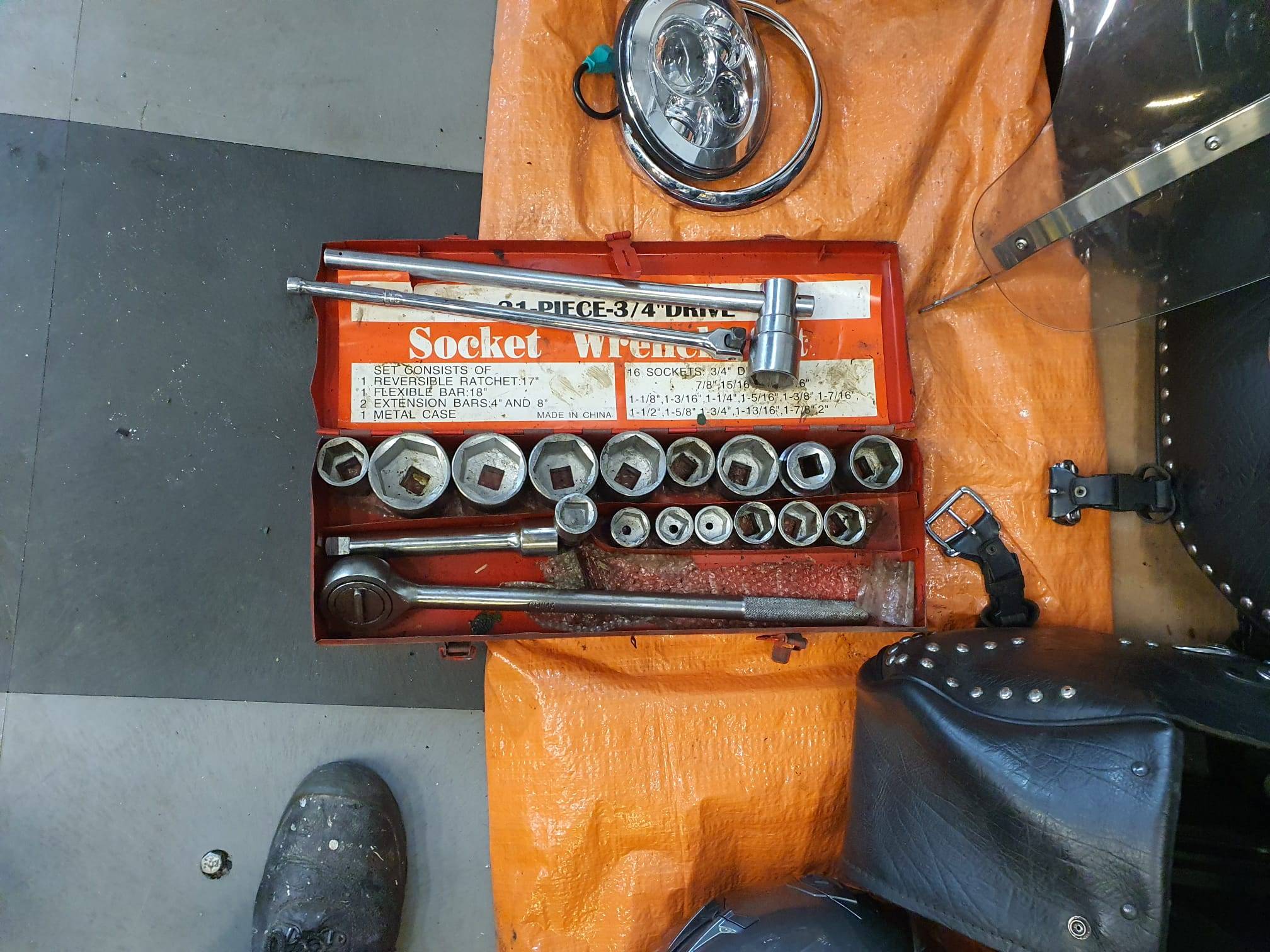
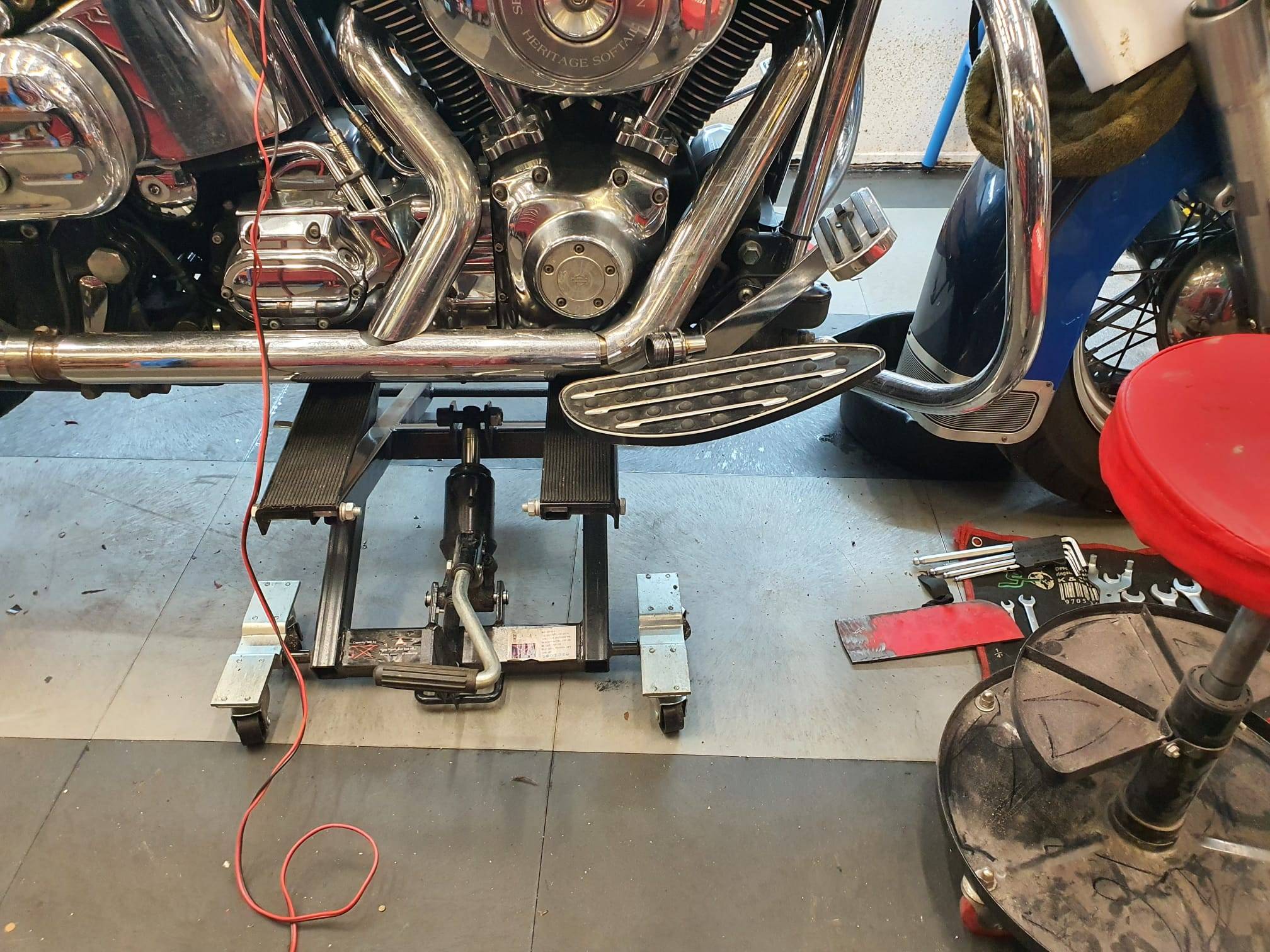 With a little effort and use of some lubricant in the area around the lower forkplate at the place where they are munted, the forks will slide down. I let them slip down around 2 inch under the top steering plate.
With a little effort and use of some lubricant in the area around the lower forkplate at the place where they are munted, the forks will slide down. I let them slip down around 2 inch under the top steering plate.